Officially known as "The Cathedral of the Holy Trinity", Christ Church Cathedral originally started life in 1028 as a small wooden church by the Viking King, Sitric. In 1163 it had become a priory (monastery) of the Augustinian monks. By the 1180's it had been rebuilt in stone, by King Strongbow, on high ground overlooking a Viking settlement. Following the English Reformation, controversy developed between the Catholics(who claimed it as the seat of the Roman Catholic Archbishop of Dublin) and the Anglicans (who claimed it as the seat of the Church of Ireland). After Henry VIII converted the church into an Anglican cathedral, Irish law dictated that the cathedral can only represent the Church of Ireland. The Catholics have never given up their claim on the cathedral but have set up a "pro-cathedral" (acting cathedral) at St. Mary's church on Marlborough St. In fact, Papal documents at the Vatican in Rome still lists this Cathedral and St. Patrick's cathedral (along with Westminster Abbey in London) as Catholic property. What has amazed us over this whole controversy is that the 84% Catholics that make up the Irish population has never demanded the return of these properties to Catholicism control. The most famous "inhabitants" of the Cathedral are the mummified remains of a cat and a rat. Legend states that sometime in the 1850's the cat apparently chased the rat into a pipe in the organ where they both became stuck. Routine maintenance of the organ discovered their mummified remains. They are on permanent display in a glass case in the crypt area. James Joyce memorialized them in his "Finnegan's Wake."
|
In the ten months of travel on this adventure, we have seen close to two dozen castles and palaces. It almost seems that medieval Europe was constructed of nothing but castles and palaces as the people of that time were quite warrior-like, and very much aware of class distinctions. And that is not necessarily a bad thing, at least for those like us who enjoy exploring these ancient sites. Not to be outdone by its European neighbors, Dublin has an impressive castle of its own. While most of the current buildings of Dublin Castle date from the 18th century, a castle structure of some sort has been on this site since the time of King John, the First Lord of Ireland (1204). Originally built as a Norman defensive fortification, in later years the complex evolved into a royal residence. Since its beginnings in 1204, Dublin Castle had been the seat of British Rule in Ireland. British Viceroys (representatives of the monarchy) resided here until 1922 when Ireland achieved Independent nation status. The inauguration of Ireland's President has been held here since 1938. Today, the castle is a major government complex as well as an important tourist attraction. Founded in 1191, St. Patrick's Cathedral is officially known as "The National Cathedral and Collegiate Church of St. Patrick, Dublin." It is the largest church in Ireland. Legend states that St. Patrick reportedly baptized converts to Christianity at a well that once existed in the park next to the Cathedral. Uniquely, Dublin has two Cathedrals; Christ Church Cathedral (a short distance from St. Patrick's) is the official seat of the Archbishop of Dublin, while St. Patrick's has been designated as the National Cathedral of the whole island since 1870. Another distinction between the two is that St. Patrick's is considered to be a "secular" Cathedral, i.e. the clergy are not members of a religious order. Over the years, the two Cathedrals worked out an agreement that they would act as one entity to minister to the needs of the congregations. From the very beginning, St. Patrick's has had a problem with water seepage, and occasional flooding, from the surrounding branches of the river Poddle. As a result, it never had a crypt nor formal basement area, as did other Cathedrals of its era. Following the English Reformation of circa. 1537, St. Patrick's became an Anglican Church of Ireland, even though most of the surrounding population was Roman Catholic. The heraldic banners of the Knights of St. Patrick still hang over the choir stalls. Johnathan Swift, author of "Gulliver's Travels", is considered to be the Cathdral's most celebrated Dean (serving from 1713 to 1745). Handel's "Messiah" had its first performance in Dublin in St. Patrick's Cathedral in 1742. 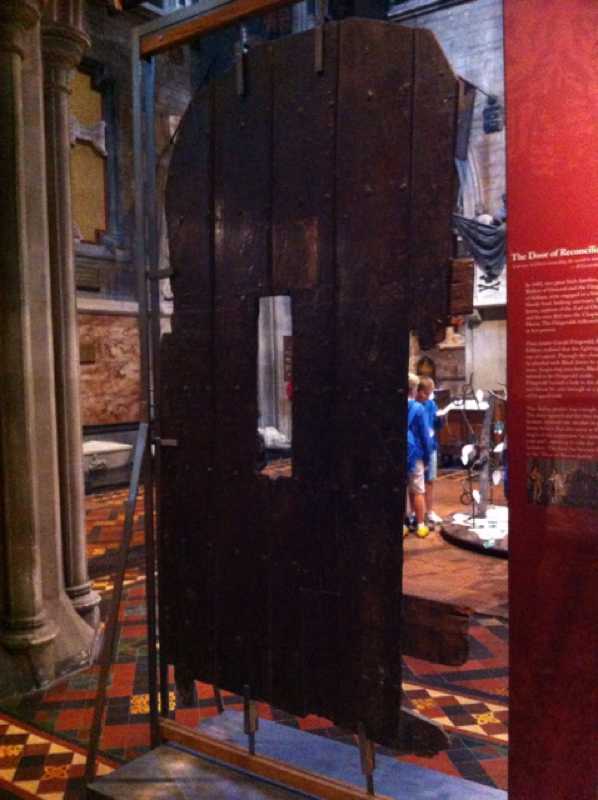 This door was part of the Cathedral's Chapter House. In 1492, a feud existed between the Earl of Ormond and the Earl of Kildare. Ormond had taken refuge within the Chapter House. Kildare, trying to convince Ormond to accept a truce, hacked a hole in the door and thrust his hand through it to grasp his enemy's hand. This gesture helped to restore peace between the two families. No visit to Dublin would be complete without a visit to Trinity College and its famous Book of Kells.. Located on College Green opposite the former houses of the Irish Parliament, it's full name is "The College of the Holy and Undivided Trinity of Queen Elizabeth near Dublin." Founded in 1592 and modeled after the universities of Cambridge and Oxford it is Ireland's oldest, and one of seven ancient, universities of Britain and Ireland. The university is not the first structure built on these grounds. Originally this was home to part of the monastery (or priory) of All Hallows of the Augustinian monks. This was replaced by the university buildings during the first religious conflicts between the Catholics and the Anglicans. Today, Trinity College comprises 25 schools of study and is ranked as "Best in Ireland". Being back on a university campus certainly brought back memories of our own college days. The Library, perhaps the largest research facility in Ireland, is a legal depository (meaning it is entitled to a copy of every book published in Great Britain and Ireland) for nearly five million volumes, maps, manuscripts, and music; including its most famous work, The Book of Kells. The library is also home to "The Long Room" which contains over 200, 000 of the library's oldest books. The central walkway is lined with busts of famous writers and philosophers. Reportedly when this room was constructed (between 1712 and 1732), six feet were added to its length so that it would be longer than a similar room at the university's rival, Cambridge. 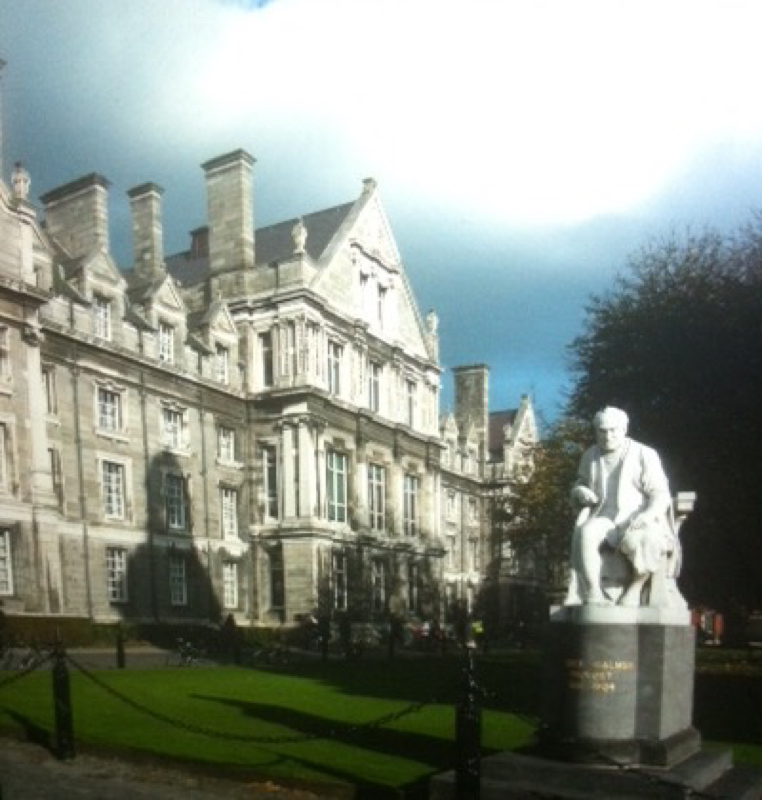 The statue near this building is of George Salmon, a rather unpopular provost of the university between 1888 and 1904 (partly because of his steadfast refusal to admit women into the academic programs). Perhaps aware of his reputation within the college community, he self-commissioned this statue. Women were finally admitted to the college in 1904 and now comprise 63% of the student population. Salmon would be aghast. Regarded as Ireland's finest national treasure the "Book of Kells", named after the Abbey of Kells which housed the manuscript for centuries, is now housed in the library on Trinity College's campus. Written in Latin, this is an illuminated manuscript of the four gospels of the New Testament reportedly done around 800 A.D. Since 1953, the manuscript was rebound into four volumes, two of which (one of text and one of illustrations) are always on display. We are now in Dublin, Ireland; our last stop in the United Kingdom. Ireland is now in its "High Season" as far as apartment rentals go. So it was quite difficult to find an available apartment within the heart of Dublin. City Break Apartments provided an excellent two bedroom (although it was advertised as a one bedroom) apartment with two bathrooms, two balconies, full kitchen, and a combination living/dinning area. It is a modern apartment within a gated community, with concierge services. In one direction, we are just a block from the river that leads to the Irish Sea, and in another direction, just a fifteen minute walk from the city center. This could be a very interesting visit. By now, our followers are well aware that we love to meet folks and have a good chat. So it should not come as a surprise that we followed this same routine right up to our last day here. Families, a tour guide, and even a dog as a national hero have made it to today's group: 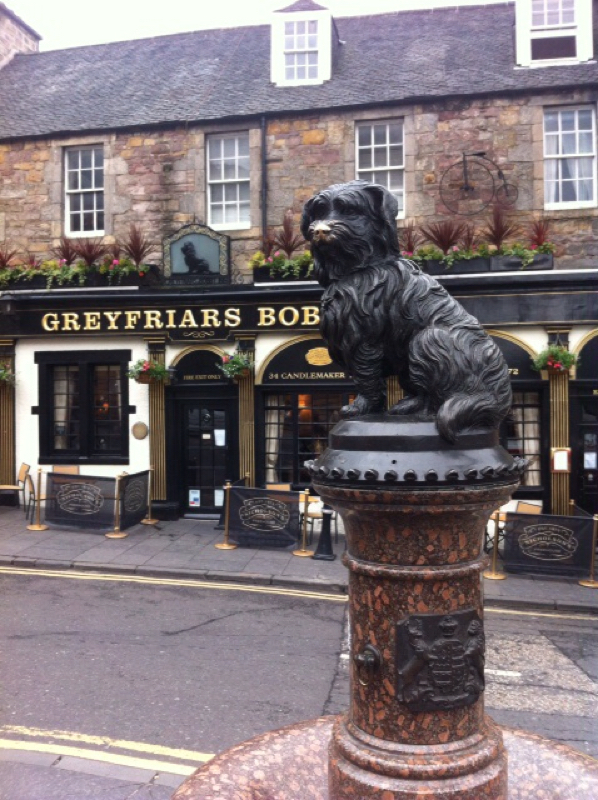 The legend of "GreyFriars Bobby" has turned this little dog into a national hero. According to the story, Bobby was a police officer's devoted pet, that was devastated by the owners death. Caretakers of the Greyfriars cemetery reported that Bobby showed up everyday for 14 years to lay atop his owner's grave. Is this legend true? We leave it up to you. The Scots like to believe it. Every city and country we have visited has its own characteristics that make it special and memorable; e.g. Florence and Rome had its ancient history, art and sculptures; Istanbul had its mosques; Bangkok had its Budhas. In that regard, Edinburgh is no different. It too has qualities that are unique. So...you know you are in Edinburgh, Scotland when... 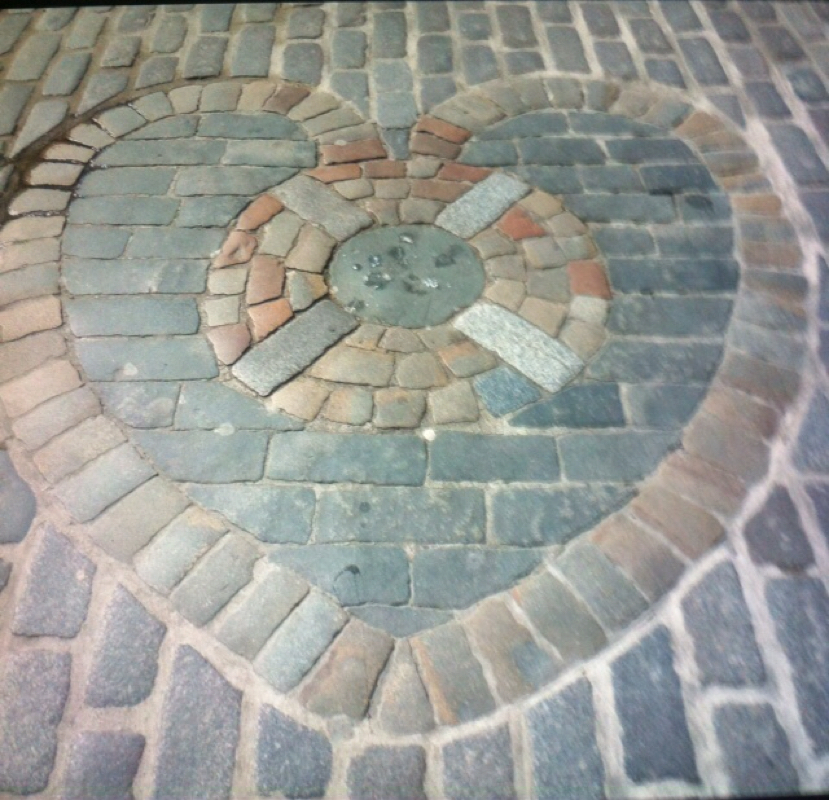 ...it is alright to spit on the street (this Heart of Midlothian marks the spot where an ancient tollbooth and prison stood. Locals would spit on it to show their contempt for authority. Today, the heart also symbolizes the rivalry between two local football (soccer) teams; the Hearts and the Hibs. The Heart fans spit on it for good luck while the Hibs fans spit on it to show contempt for their rivals). All in all, our time here in Edinburgh, and Scotland in general, has been amazing (except for the weather; we were told that Edinburgh is on the same longitude as Moscow, which may explain a lot). We were able to explore many memorable sights ( some that even most locals from Edinburgh haven't seen). Perhaps the most enjoyable part of this visit has been just how friendly the Scots have been to us. They could not have been nicer. Tomorrow, we head to Dublin and another chapter in our adventure. Another road trip under our belts; this time to the Scottish Highlands (Inverness, Loch Ness, Ben Nevis, the Cairngorm Mountains, and Glen Coe). This all-day trip took us through some of the most beautiful and majestic scenery we have seen. It was stunning! "Inverness" - meaning "mouth of the river Ness", Inverness is considered the capital of the Scottish Highlands. Settled somewhere around the 6th century, this is the northern most city in the U.K. The Picts (the Celtic tribe that painted their bodies blue) considered Inverness to be their chief stronghold. Because of its strategic location along the river Ness, a number of important battles occurred here; including the 11th century battle of Blar nam Feinne between Malcolm III of Scotland and Thorfinn of Norway; and the 18th century battle of Culloden (part of the religious civil war between the Jacobites and Britain). Malcolm III built his first castle here after he defeated King MacBethed (on whom Shakespeare based his play MacBeth). Today, Inverness is one of the fastest growing cities in Europe and is rated as having the best quality of life of all Scottish cities. "Loch Ness" - Best known for all of the "reported" sightings of the monster affectionately known as Nessie, Loch Ness is one of several fresh water interconnected waterways throughout the Highlands. While only the second largest lake (by surface area), it's 755 foot depth makes it the largest by volume. It has been estimated that all of the other fresh water lakes in England and Wales combined would not fill Loch Ness. The water contains a very high concentration of oxygen but remains quite murky because of the high peat content in the surrounding soil. "Glen Coe" - One of the most beautiful and spectacular places in Scotland is Glen Coe - meaning "Glen of Weeping", considered to be a reference to the 1692 massacre that occurred here during the first Jacobite religious uprising. The whole area is of volcanic origin and has become popular with walkers and climbers. Legend claims that Glen Coe was the birthplace of Ossian, mythical narrator of a cycle of epic poems. "The Highlands" - in Gaelic, this means "The place of the Gaels (Scots)". This was some of the most beautiful country we have seen and is home to the highest mountain in Britain, Ben Nevis. Being 4000 miles or more away from family, we needed to come up with creative ways to help celebrate birthdays of our grandchildren. Our grandson Eamon is celebrating his 11th birthday today, so we decided to take the Harry Potter Trail Tour around Edinburgh, Scotland and dedicate this blog posting to Eamon. It is only in Edinburgh that one can walk on the Harry Potter Trail, for it is here that J.K. Rawlings wrote her stories. She got the idea for "Harry Potter and the Sorcerer's Stone", the first book in the series, while on a boring train ride from Manchester, England to London. J.K. tabled these thoughts for personal reasons until a much later date. Several years later, living in Edinburgh, poor, a single parent, and unable to find a job, she decided to put her book idea into reality. Up to this point, her only experience at storytelling were the stories she told her younger sister while growing up. She traded the mouse and rabbit characters of these earlier stories for Harry Potter. What a trade! Luckily for J.K. (Joanne Kathleen), her brother-in-law owned Nicolson's cafe (later renamed Spoons) just off the Royal Mile, where she would sit writing some of her stories. Taking a writing course at Edinburgh University made her realize the importance of utilizing ones surroundings for inspiration. Thus, she only had to look around Edinburgh for settings and characters. Edinburgh is the perfect place to create stories of a boy wizard going to magic school. Potterow bridge was a walkway J.K. took daily while commuting from the university to home, and the Tariot building and McCuen Hall (which became settings in her books) were part of Edinburgh University. But where did the name "Harry Potter" come from? Many of her character names came from gravestones in the cemetery at Greyfriars just down the street from the university. Here we can find the graves of Thomas Riddell (who became Lord Valdemort in the series), and McGonagall (played by Maggie Smith). From the graveyard one can see the George Heriot school founded in 1628 which inspired the creation of Hogwarts School of Magic. Like the fictional Hogwarts, the Heriot school is divided into four houses; green, yellow, blue, and red. The headmaster of Hogwarts, Professor Albus Dumbledor (which in old English means bumblebee) reportedly was based on Alfred Dunn, the headmaster of J.K.'s English childhood school. While the Elephant House restaurant claims to be the birthplace of the Harry Potter series, it just isn't so! Rawlings wrote the last half of her second book , as well as parts of books three and four, there. The first book was written at Nicolson's (now known as Spoons). Her readers have made the bathrooms of the Elephant House into graffiti shrines dedicated to the characters of the Harry Potter series. The Balmoral Hotel in the new town section of Edinburgh is where Rawlings wrote the last chapter in the series. A stay in room 652 will cost four times what a stay in any other room would set you back, but you will have the opportunity to see the cat statue placed on the mantle on which Rawlings wrote "J.K. Rawlings finished writing "Harry Potter and the Deathly Harrows" in this room(652) on January 11, 2007" in celebration of her finishing the series. By the way, Rawlings was not charged for vandalizing the statue. On the contrary, the hotel increased the price of the room, thus making money from her act of vandalism. It is in this city that Harry Potter came alive, not just for J.K. Rawlings but also for the rest of the world. p.s. Rawlings really had no middle name. "Kathleen" was made up to give Joanne better sounding initials in a man's world and to appeal to boy readers. She had received many rejections of her first book before Bloomsbury Publishing accepted the manuscript for publication. Today, she is worth more than a billion dollars. Some say that she now is richer than Queen Elizabeth. Rawlings went from a poor, single parent, living on unemployment benefits to the richest female writer in the world, due to her persistency. She loved writing, but most of all she believed in the magic of Harry Potter. We absolutely love history and historic attractions, and Scotland is full of history. So, yesterday we took a road trip tour of the Edinburgh countryside.This is something we have wanted to do since our arrival. "The Forth Rail Bridge" spanning the Firth of Forth river was opened in 1890 after 8 years of construction. It is the second longest cantilever bridge in Scotland. Prior to the start of construction, a competition for its design was set up. One of the leading competitors was architect Sir Thomas Bouch (pronounced similar to the word Botch) who had just finished the Tay bridge further up the river. Unfortunately Bouch was not very good at quality control and his Tay bridge collapsed in a storm a year prior to the start of the Forth Rail Bridge. This pretty much ended his participation in the competition and lent his name to the term "...a botched job". "Dunfermline Abbey" has held worship services since 1073 and sits on the site of an ancient Benedictine Abbey (known as the Holy trinity and St. Margaret Abbey). King Malcom III founded the Abbey, which he named after his wife Queen Margaret. Next to the Abbey are the ruins of the Dunfermline Palace which had been part of the original complex. More of Scotland's Royal dead (including Robert the Bruce) are buried here than any other place except Iona. " Battle Of Bannockburn" in June of 1314 during the first war of Scottish Independence was the significant victory for the Scots over the English. The Scots, under the leadership of Robert the Bruce, were outnumbered 2:1 by the English, led by Edward II. Legend has it that the weird way the Scots won was attributed to some old men and children. Hanging around the edge of the battle looking for "spoils of war" (i.e. swords and battle axes) which they could either sell or melt down to make tools, the group of old men and children ran out to pick up weapons dropped by the combatants before anyone else could get them. The English, thinking these people were reinforcements, fled the battle. "Stirling Castle" is one of the largest and most important castles in Scotland. It's existence was first recorded in 1110 and is where many of Scotland's kings and queens have been crowned (including Mary Queen of Scots in 1542). Renovated and rebuilt several times, most of the present buildings date from 1490 to 1600. 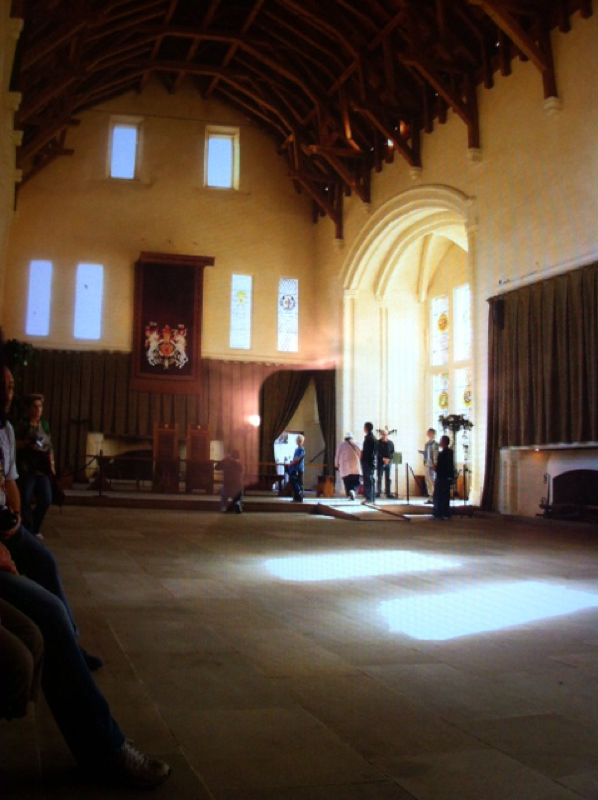 The Great Hall was the largest banqueting hall ever built in medieval Scotland. In 1594, James VI held a banquet to celebrate the baptism of his firstborn, Prince Henry, during which the main fish course was delivered In a 15 foot long model Ship of State. As it "sailed" around the hall, 36 brass guns on board fired off a salvo. "Rosalyn Chapel" was the last stop on this tour. Formally known as the "Collegiate Chapel of St. Mathew" it was founded in 1446 by William Sinclair, First Earl of Caithness. One of the interesting legends associated with the chapel resulted from a controversy between a master mason and an apprentice. The master mason believed that the apprentice could not carve the column (known as the Apprentice Pillar) without having first seen the original from which it was to be copied. While the master mason was away, the apprentice went ahead and completed the pillar. Seeing it upon his return, the master mason became enraged and killed the apprentice with his mallet. An ironic twist to this story is that the mason's face was carved into an upper wall corner opposite the pillar where he would have to face the apprentice's work forever. The chapel has been the burial place for several generations of the Sinclair family. The crypt (which played a part in the film "The DaVinci Code") at the end of decending stairs in the corner of the chapel has been sealed shut for many years. Speculation about the Templars' connection to the chapel (also a part of the "DaVinci Code") has been debunked by the curator of the Grand Lodge (Freemasons) of Scotland. Today, over 140,000 visitors per year come to the chapel. Talk about contrasts!!! At the bottom of the Royal Mile sits the 337 year old Holyrood Palace, while directly across the street, on the previous site of the headquarters of the Scottish & Newcastle Brewery, is the 11 year old Scottish Parliament building. Housing 129 Members of Parliament with more than 1000 staff and civil servants, the "new" parliament building was officially opened in October of 2004. While this building was being constructed, parliament's temporary home was at the General Assembly Hall of the Church of Scotland up on the Royal Mile. The Scots apparently love controversy (they are a warring people). Right from the beginning of planning for the new building, politicians, the media, and the Scottish public all had issues with the location, the design, and the choice of the construction company. The completion of construction was three years beyond what had been anticipated and there was a cost overrun ten times beyond projected costs. In spite of this, the building has won numerous awards. The lower end of the Royal Mile, at one time thought to be at the end of the world (in fact, part way down from the castle is a pub known as "The End of the World" and if you look carefully on the street in front of the pub, you can see brass plates that indicated the position of the original city gate known as "The End of the World". The populace of Edinburgh believed that leaving the safety of the city meant certain death from monsters or from the Pics, who painted their bodies blue) is known as Canongate and at one time was considered to be a separate burgh before being incorporated into the city of Edinburgh in 1856. Situated just a short distance from Holyrood Palace, the Canongate Kirk (church) was founded in 1688. Its parish includes the Palace, the Scottish Parliament, and Edinburgh Castle (even though strictly speaking the Castle is outside of Canongate). This is the official place of worship for members of the Royal Family while in residence at Holyrood. Princess Anne is a regular visitor to Edinburg and has her own apartment in the palace. In 2011, with great hoopla, the Queen's granddaughter, Zara Phillips (Princess Anne's daughter) married Mike Tindall here. A few notables are buried in the cemetery next to the church, including the economist Adam Smith, David Rizio (who was murdered in Holyrood) the private secretary to Mary Queen of Scots, and the poet, Robert Ferguson, whose statue stands in front of the church. Fortunately during one of our walk-abouts, we found the church open and were able to get a good look around. While not as opulent as some of the other churches we have visited during our adventure, Canongate Kirk is still majestic and we could feel the history oozing from the structure and its surrounding cemetery. We get a kick out of people constantly telling us..."oh you can't walk there. It is too far! (Or too difficult because of hills). Take bus number (?) to get there." And ,yet, each and every time, we do walk the route and find that it really is not that bad at all. It seems that people have become too reliant upon public transportation (which we will admit has been good in many places we have visited) and have forgotten how pleasant walking can be. It is not only good for your physical health, but it is amazing how many wonderful "hidden gems" we have discovered because we took the time to walk through an area. Today's visit was one of those times folks told us it was too far/difficult to walk. The Royal Botanical Gardens of Edinburgh's 70 acre site is just one mile from the city center. Originally founded in 1670 at St. Anne's Yard near Holyrood Palace to grow medicinal plants, the gardens were moved to its present location next to Inverleith Row in 1820. The Gardens now contain over 273,000 individual plants representing in excess of 13,000 plant species. It is a popular place to just go for a walk. Entrance to the Gardens themselves is free, although there is a small fee to visit the glass houses. While the walk back was a little taxing because we were walking up hill, it was not all that difficult for our 70 year old bodies. This was thoroughly delightful and well worth the trip. Social reformer and founder of the Presbyterian denomination in Scotland, John Knox served as a Royal Chaplain under King Edward VI in the mid-1500's. When Mary Tudor's reign returned Catholicism to Scotland, Knox moved to Geneva where he met John Calvin and was influenced by Calvin's theories of Reformed Theology. Upon his return to Scotland, Knox led the Protestant Reformation there. He lived for a brief time in the home of the Mossman family along the Royal Mile before his death in 1572. This home, originally constructed in 1490, is where renowned goldsmith James Mossman had his shop. Mossman supposedly refurbished Scotland's crown here for James V. A strong supporter of Mary Queen of Scots, Mossman helped to maintain Edinburgh castle during Mary's exile. Following Mary's forced abdication, Mossman was accused of counterfeiting and was hanged in 1573, and the family's property was confiscated. Knox's association with the Mossman house saved it from demolition, making it only one of two medieval structures that have survived along the Royal Mile ( the other being the Moubray House to which it is attached). During previous walks around Edinburgh, we had noticed a hill in the new town area with some interesting looking structures on it. So we vowed to explore this at a later time. Well...this was that later time. Calton Hill is located on the eastern end of Princes street, rises to over three hundred feet above the city, and offers magnificent views of Edinburgh to the south and the port district of Leith (with the Firth of Forth harbor) to the north. In the late 1500's, this hill was part of the land owned by the Logan family of Restalrig. It was forfeited in 1609 when Robert Logan was accused of treason. Later, the burgh of Edinburgh acquired the land. A number of structures important to the history of the area, sit atop the hill; notably the National Monument, dedicated to the Scottish soldiers killed during the Napoleonic wars. Originally, this structure was to be a replica of the Parthenon, but was never completed because of a lack of sufficient funding; Nelson's Memorial Tower with its famous timeball for ships in the harbor to synchronize their chronometers, also sits at the apex of this hill; and the City Observatory with the Craig House(designed by architect James Craig, to emulate the Greek Temple of the Four Winds). In spite of a bit of rain when we first arrived, this was a glorious visit. We had a great time and met some wonderful people. If you come to Edinburgh, be sure not to miss climbing this hill as the panoramic views are spectacular. We are walkers and love doing it, so a one hour stroll north of Edinburgh brought us into the port district of Leith, where we found Her Majesty's Yacht Britannia. This former Royal Yacht (the 83rd such vessel since the time of Charles II) of Queen Elizabeth II was in service to the monarchy between 1954, when construction was completed, until 1997, when it was decommissioned, Britannia was designed in such a way that in time of war, the Royal family could take refuge on board along the northwest coast of Scotland. It's first official use was to pick up the Queen and Prince Philip from Tobruk (where they had been visiting) and bring them back to the U.K. Prince Charles and Princess Diana spent their honeymoon the Royal Yacht, as well as Prince William and Kate. Four U.S. Presidents (Eisenhower, Ford, Reagan, and Clinton) also spent time on board. One annual event was for the Royal family to cruise around the islands off the west coast of Scotland for the month of August. HMY Britannia made nearly 700 foreign visits in its 43 year history. It's last official sailing was to carry the Prince of Wales and the last Governor of Hong Kong (Chris Patten) away from the city following its handover to the People's Republic of China. In May of 1997, Britannia was retired and no replacement would be built (which we feel is unfortunate as the ambassadorial value alone would make it worthwhile to keep around). It is now part of the National Historical Fleet and is maintained by the Royal Britannia Trust. We have been in the United Kingdom for a month and a half now, have seen Queen Elizabeth II on three separate occasions (she has even followed us to Edinburgh), and have visited a half-dozen of her Royal Palaces and Castles. And, yet, we have not received an invitation to stay at any of her properties. You don't suppose she is still miffed over that "little" misunderstanding between America and the U.K. some 239 years ago? Anyway, today we visited the Queen's official residence in Scotland, Holyrood Palace ( "rood" in Scottish means "cross", so this literally means Holy Cross Palace). Originally constructed as an Abbey in 1128 by King David I, Holyrood is now the setting for State ceremonies and official entertaining. In 1501, James IV of Scotland (and aka as James I of the U.K.) cleared the grounds around the Abbey and built a palace for himself. Reportedly, he chose the unicorn in chains as part of his Coat of Arms to symbolize that if he was powerful enough to capture this mythical creature, he was powerful enough to rule the unified country. Mary, Queen of Scots, spent most of her life within these walls, marrying her two husbands here and seeing her trusted secretary murdered in her apartments. By the early 1700's, the palace fell into disuse, as the monarchy of the time preferred Scotland's castles as their residences. During this period, Holyrood became a refuge for "...poor and distressed noblemen." After Queen Victoria had obtained Balmoral Castle, she re-introduced the custom of residing at Holyrood when visiting Scotland. George V and Queen Mary began the tradition of hosting Garden Parties on the grounds of the palace. Today, "Holyrood Week" (which just ended) marks the monarchy's annual official visit to Scotland which includes a number of State ceremonies. The week culminates with the Queen and the Duke of Edinburgh hosting the traditional Garden Party for some 8000 guests from all walks of Scottish life (again, they somehow "forgot" to invite us). While the repast included cucumber sandwiches, tea, cake, and ice cream, it apparently was not enough to sustain the guests, as we found many of them after the event, still dressed in their finery, taking sustanence in restaurants along the Royal Mile. We have seen many wonderful things here in Edinburgh, from the Castle on top of the extinct volcano, to the underground city, to Marlin's Wynd, etc. By far, the most enjoyable part for us has been all of the great people we have met,...which has been true throughout this whole adventure. The one lesson that we have learned, and will carry with us wherever we go, is how easy it is to just talk with folks. To a person, they have all been friendly to, and open with, us. Some have befriended us on Facebook and/or sent us emails with suggestions on where to go. It has been...and still remains...delightful. Presented here is the latest group of people we have met in Edinburgh: And perhaps the most unique person we have met was Elaine Davidson, holder of the Guinness Book of World Records for the most body piercings (over 9500). While most of the time she "...holds court" along the Royal Mile (where we met her), she also runs a shop for aromatherapy, jewelry, and specialized clothing. Originally a nurse from Brazil, Elaine now lives in Edinburgh and freely talks with folks about her piercings, which she estimates now weighs approximately 6.6 pounds. To all we have met along the way, a huge thank you for taking the time to talk with us. We were thoroughly amazed, and somewhat depressed, by what we had learned concerning life in Edinburgh during the 1700's, after we had taken the two most recommended tours of the underground city; "Mary King's Close" and the "Descend and Discover " (tour of the vaults under the South Bridge). Imagine living with your whole family in a one room "apartment" with 600 other folks contained within a 12 story tenement building. Just the smells emanating from so many bodies pressed together, from fish oil lamps and cooking oils, and from human waste collecting in corner buckets. Even going outside did not help much because the only sewage system was to throw the contents of the human waste buckets out the windows twice per day onto the streets with the hope that rain would wash it away. Life expectancy was low because diseases like cholera and the plague were rampant. One report we heard was that there were three rats for every person in Edinburgh (imagine 1800 rats roaming through your tenement house). Plans to enlarge the city by linking High Street (now known as the Royal Mile) with Edinburgh University to the south by means of the South Bridge did not help much. The 120 vault rooms created by the 19 arches supporting the bridge also quickly turned to squalor because the builders forgot to waterproof the walls. Within 30 years of their construction, the vaults were abandoned by the shop-keepers who used them, except for the poorest of the poor, criminals, and prostitutes. And yet, life went on! This was the most amazing part for us; cobblers still made shoes; cabinet makers still constructed furniture; and textiles were still woven into clothes. The persistence of the human spirit here in Edinburgh somehow managed to work through the obstacles (how did they manage to do this, especially while wearing kilts with nothing underneath? Maybe it was all that haggis they ate? Ugh!). Edinburgh's Royal Mile (connecting Edinburgh Castle with Holyrood Palace) is situated along a ridge of volcanic rock with steep slopes running north (towards the old Nor'loch, now the Princess street gardens) and south (towards the University). In the 1600's and 1700's, the walled city was only a half-mile long by a quarter-mile wide and was very congested with tenements reaching 14-16 stories, often with hundreds of inhabitants in each tenement building. Estimates at the time put the population of Edinburgh at 60,000. Living quarters at the bottom and the top of these tenements housed the poor, while the middle floors were reserved for the more well-to-do. Often the tops of the tenements became unstable and would collapse on floors below. Mary King inherited a warren of underground streets and spaces from her father, Advocate Alexander King. These were in the heart of the busiest and most vibrant part of Edinburgh. By 1630, Mary had become a prominent business woman and had a "Close" (a narrow alley running perpendicular to the Royal Mile and which was often gated and locked at night for the protection of the inhabitants ) named after her. At the time, it was very unusual to name a "Close" after a woman. By 1753, the lowest levels were taken over by the government in order to form the foundation for the Royal Exchange building. During World War II, some of the spaces of Mary King's Close were used as air raid shelters. Today, the "Real Mary King Close" portrays an historical picture of Edinburgh life between the 16th and 19th centuries. By the 1750's, Edinburgh had developed plans to expand the city, because of its growing population, out north towards the Nor'loch and south towards the University. However, the steep slopes and Closes were not suitable for wagons nor carriages. The answer was to construct bridges to span the valleys. The South Bridge, which was built between 1785 and 1788, was to link High Street (now known as the Royal Mile) with the University area. This 1000 foot long and 55 foot wide structure was supported by 19 arches. The underground vaults created by these arches were used by merchants for workshops and storage. Unfortunately, the builders forgot to waterproof the structure, so all manner of liquids and sewage began to seep in and the merchants began to move out. The poorest of the poor soon took over the vaults as shelters, as did criminals and prostitutes. Conditions became so bad however, that by 1860 most of the vaults had been abandoned and filled in with rubble. In the 1980's, former rugby player Norris Rowan bought property on South Bridge and rediscovered the vaults. Over the next ten years, Rowan and some of his friends worked on cleaning them out. In our continuing effort to find the unusual and the unexpected, we happened to stumble upon the "Deacon Brodie Tavern." William Brodie (1741-1788) was a Scottish cabinet-maker and Deacon of a trade guild. However, by night he lived a secret life as a burglar in order to support his gambling and two mistresses. He apparently used his daytime cabinet-making job, which included designing and installing locks in the cabinets of his customers, to make wax impressions of the keys. He would then return at night to rob his wealthy clients. Learning that his double life had been discovered, Brodie fled to Amsterdam, in the hopes of escaping to America. He was eventually captured, tried, and hanged (ironically on a gallows which he had helped to design) at Tolbooth Prison in 1788. Robert Louis Stevenson lived nearby and became fascinated by Brodie's double life. In addition to writing the "Life of Deacon Brodie", Stevenson used this tale as the inspiration for "The Strange Case of Dr. Jekell and Mr. Hyde". We learned that Robert Burns lived in the building opposite Brodie's house and cabinet workshop. However, there was no evidence that Brodie's tale inspired any of Burns' writings. Brodie's cabinet workshop has been turned into a tavern and we enjoyed a very nice breakfast there. His living quarters above the tavern have been converted into a Masonic Lodge. |
Carl and Lorraine Aveni are two retirees planning on traveling through Europe for at least one year.
Archives
September 2020
Categories |
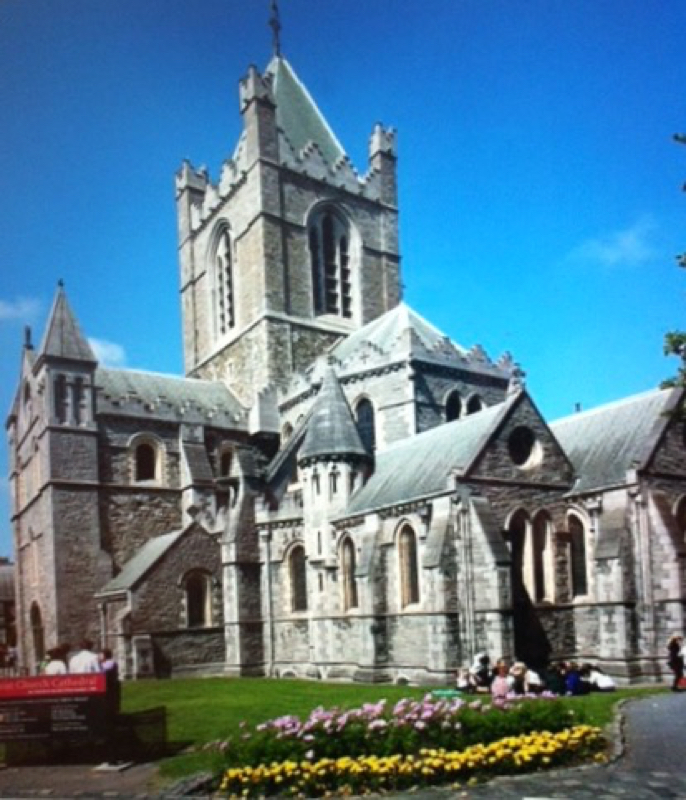
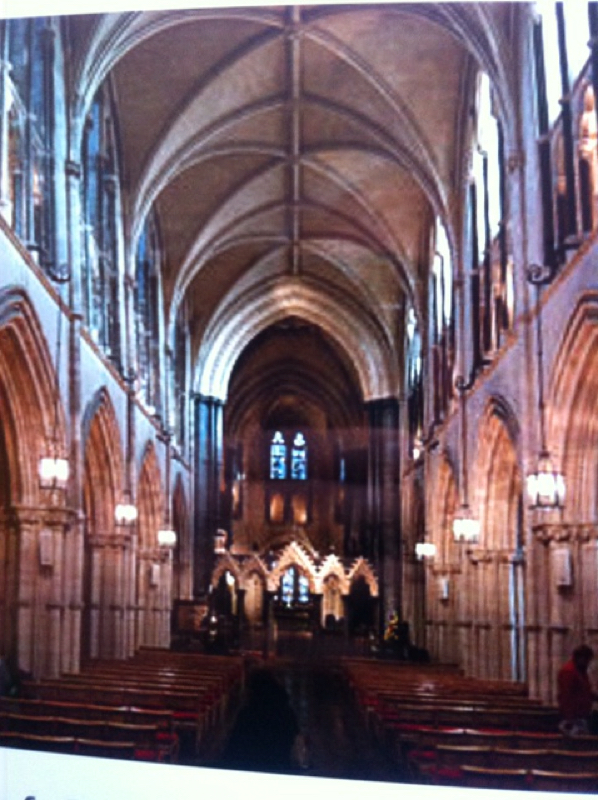
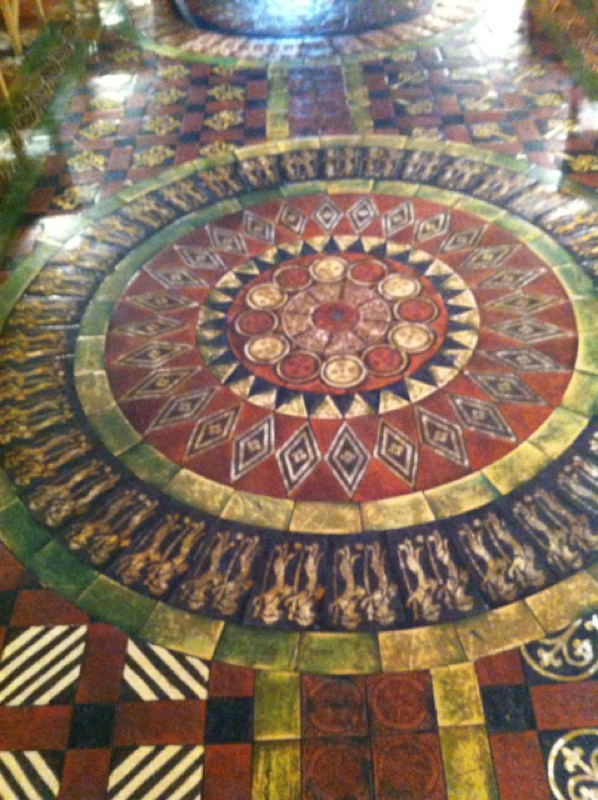
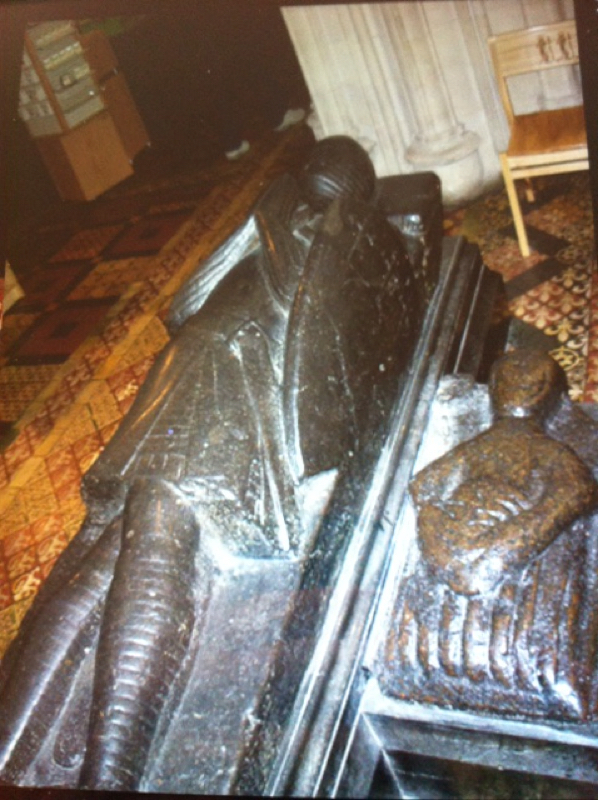
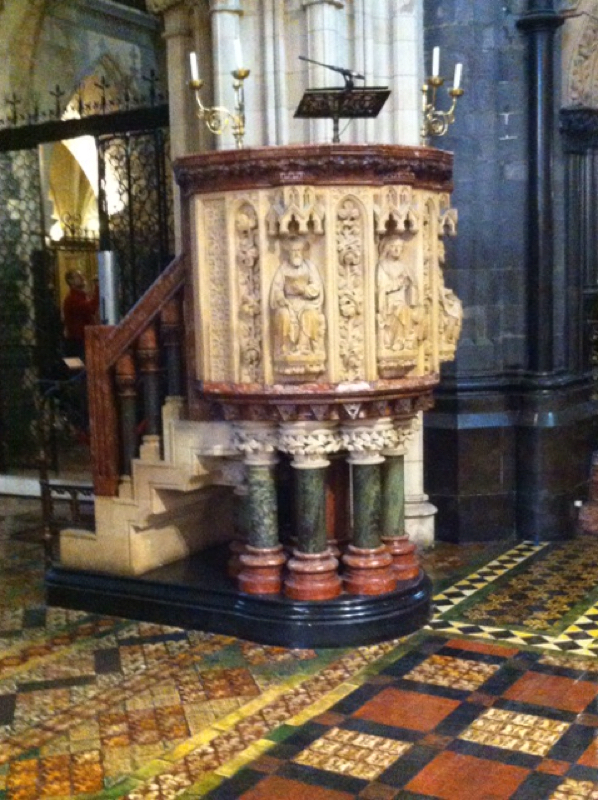
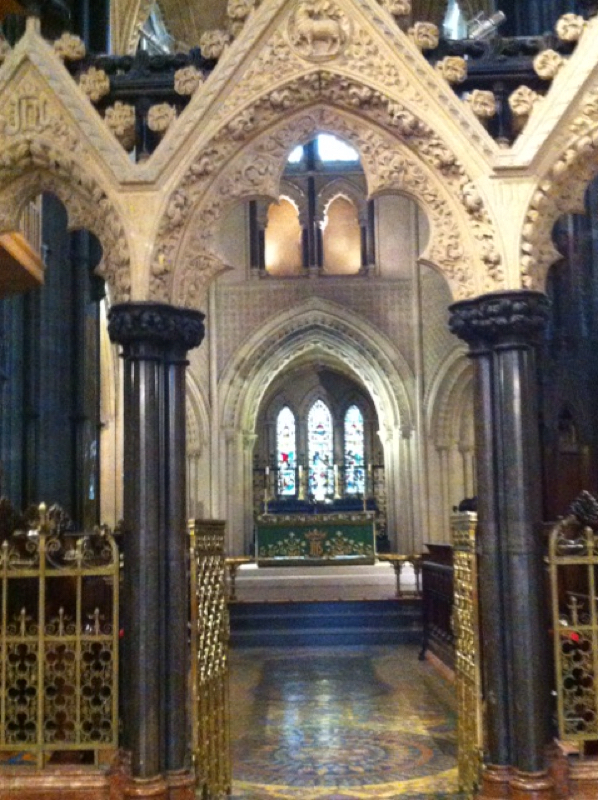
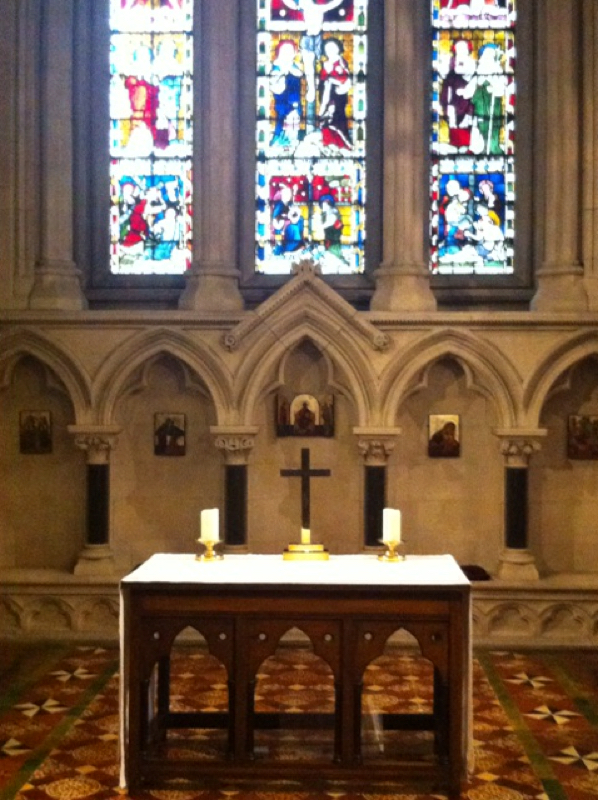
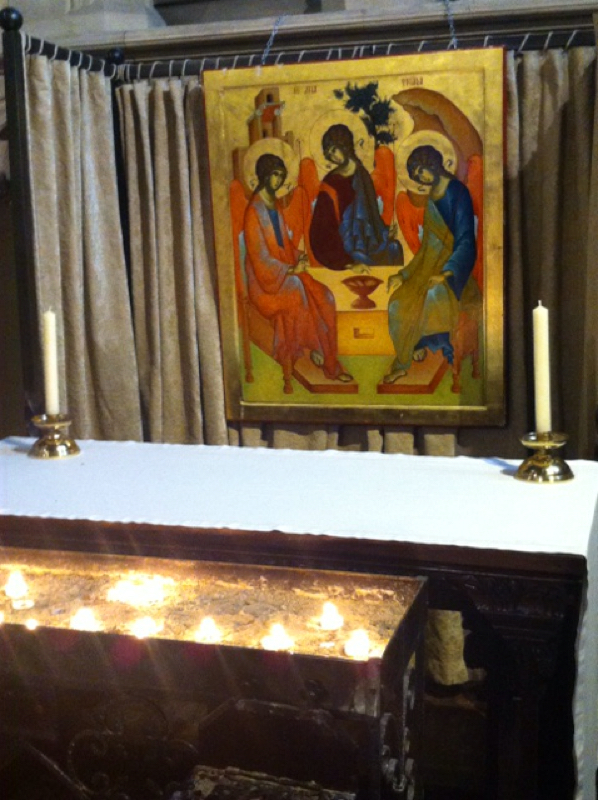
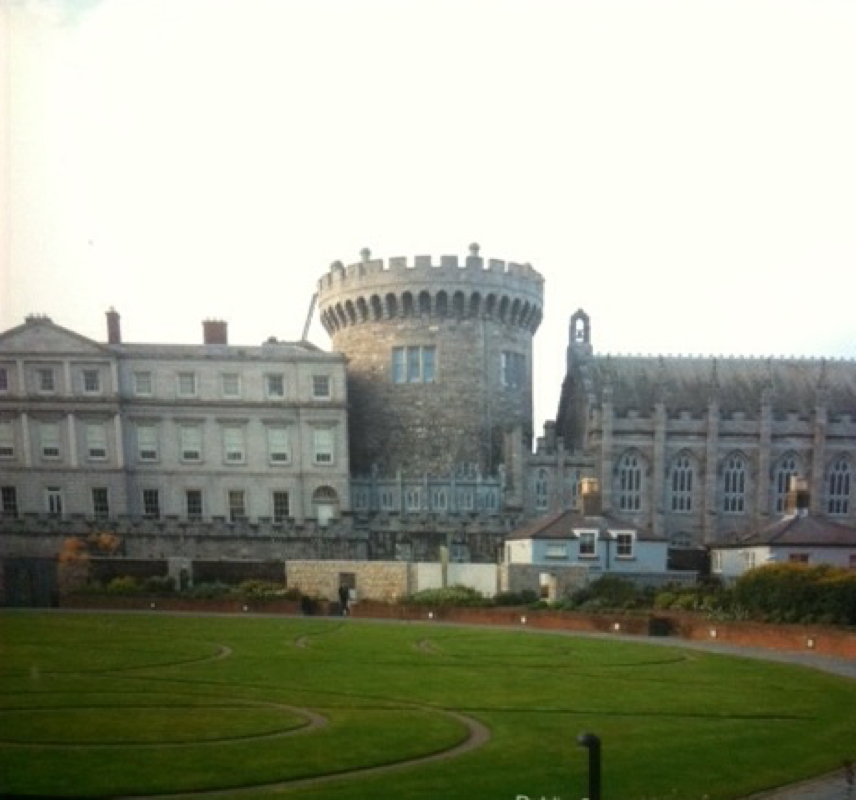
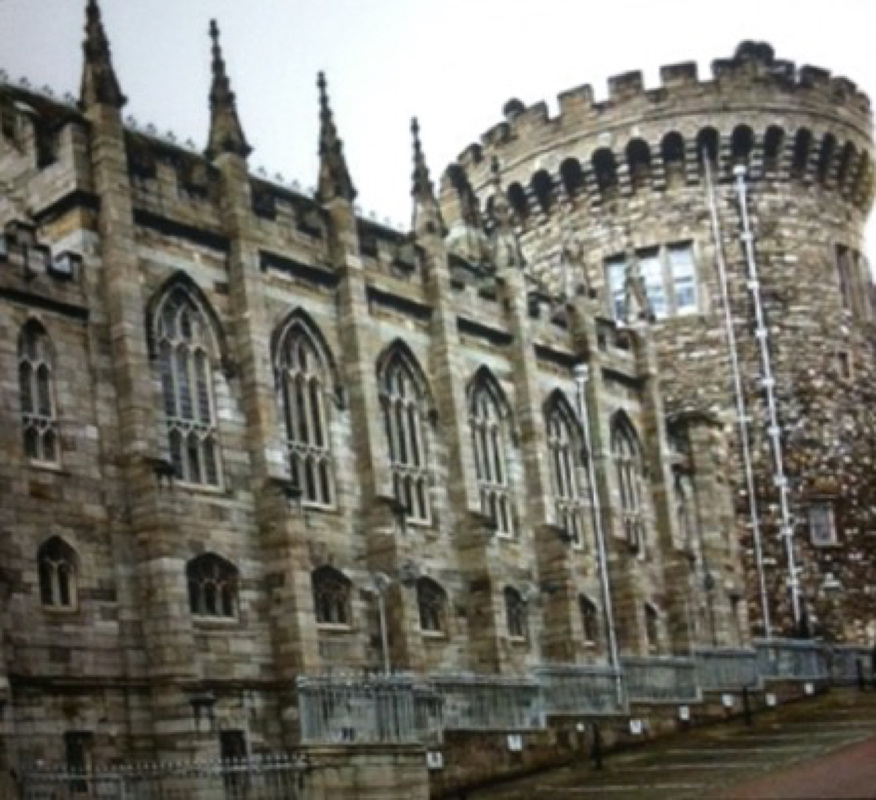
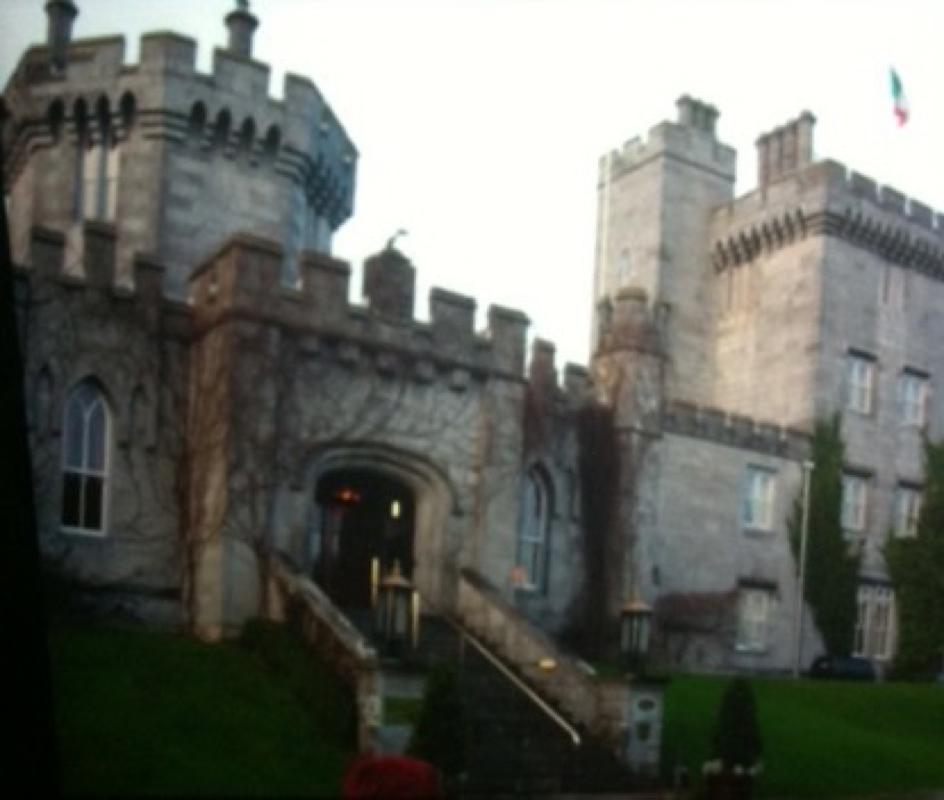
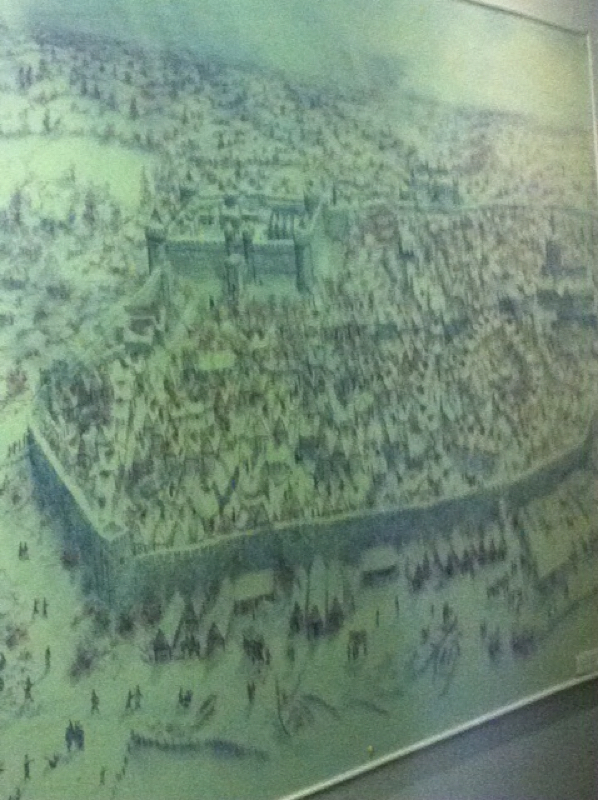
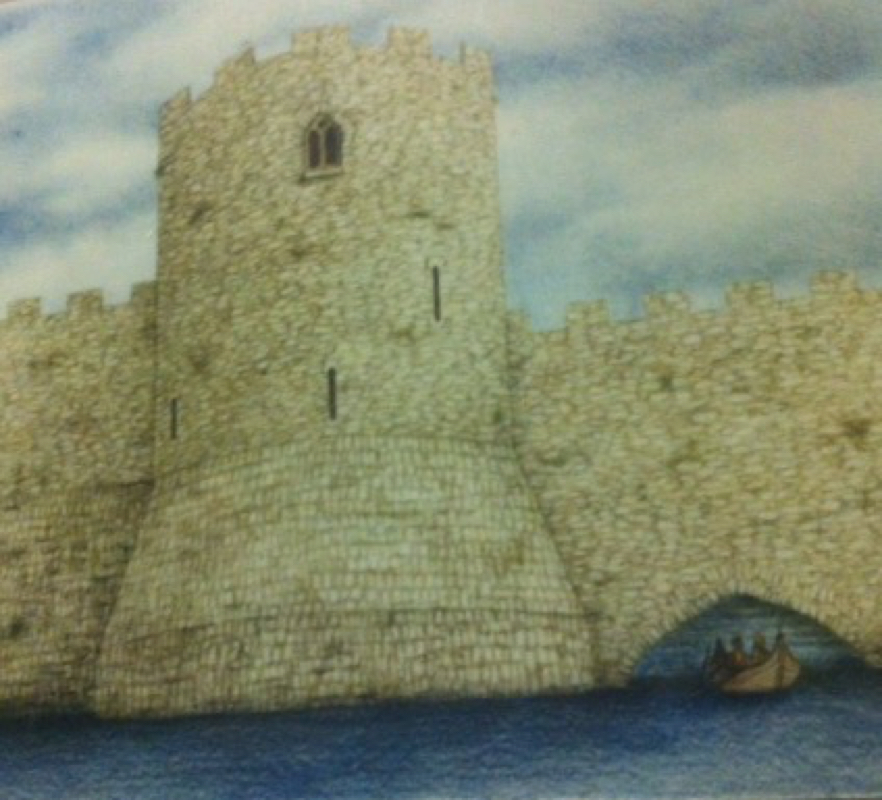
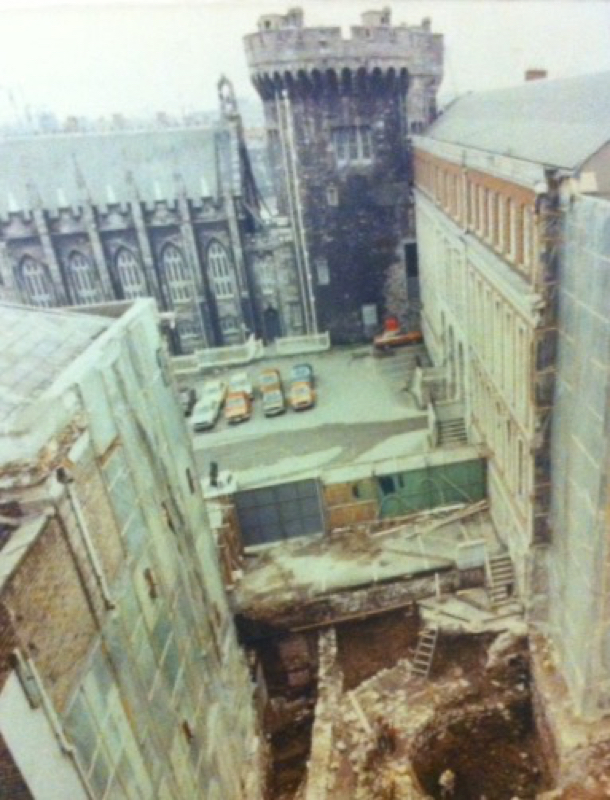
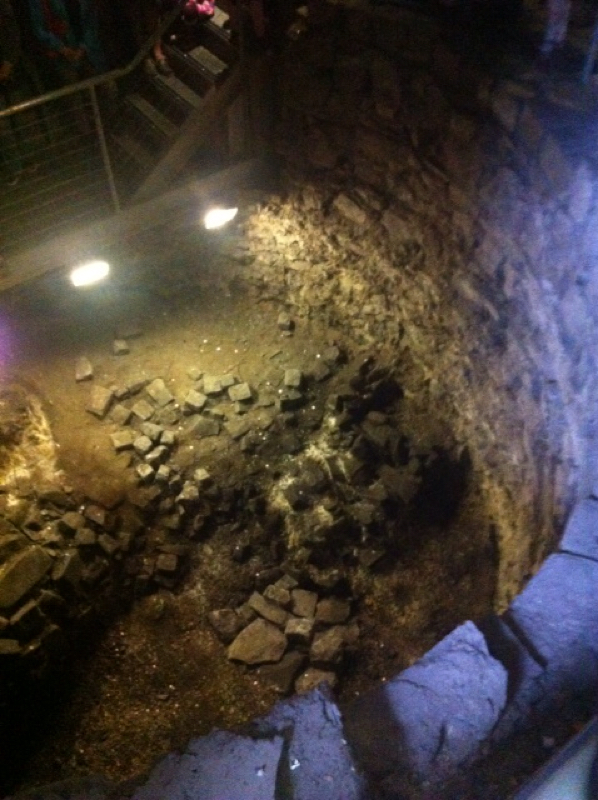
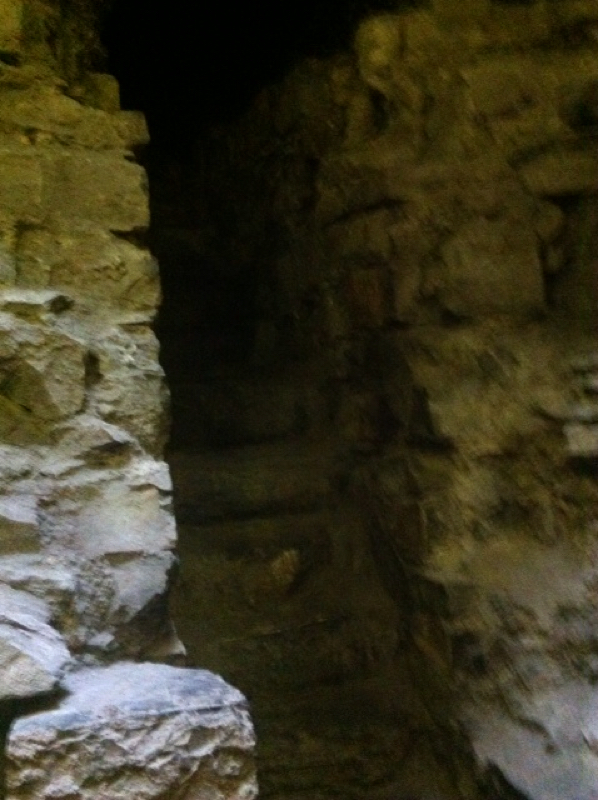
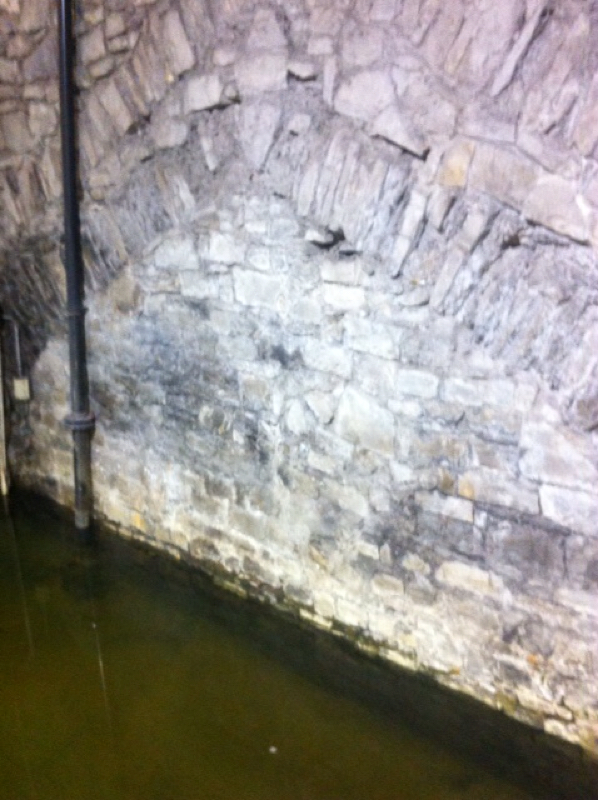
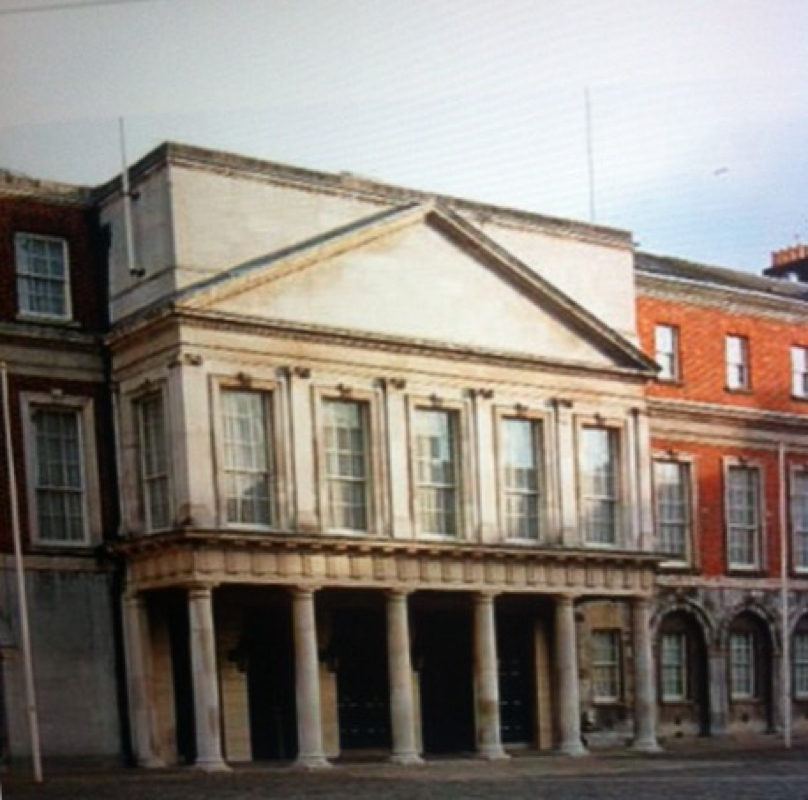
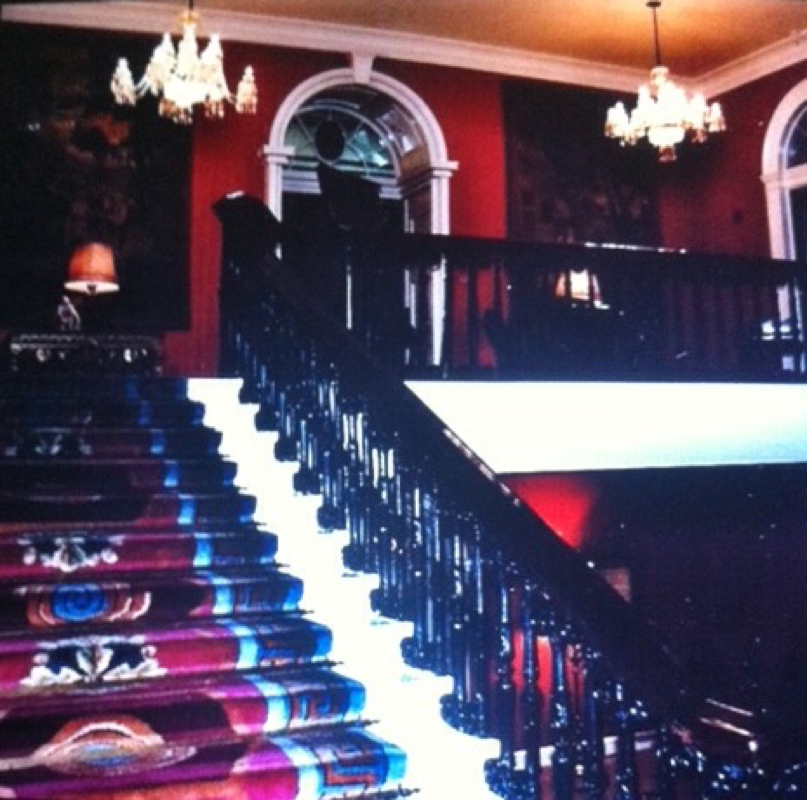
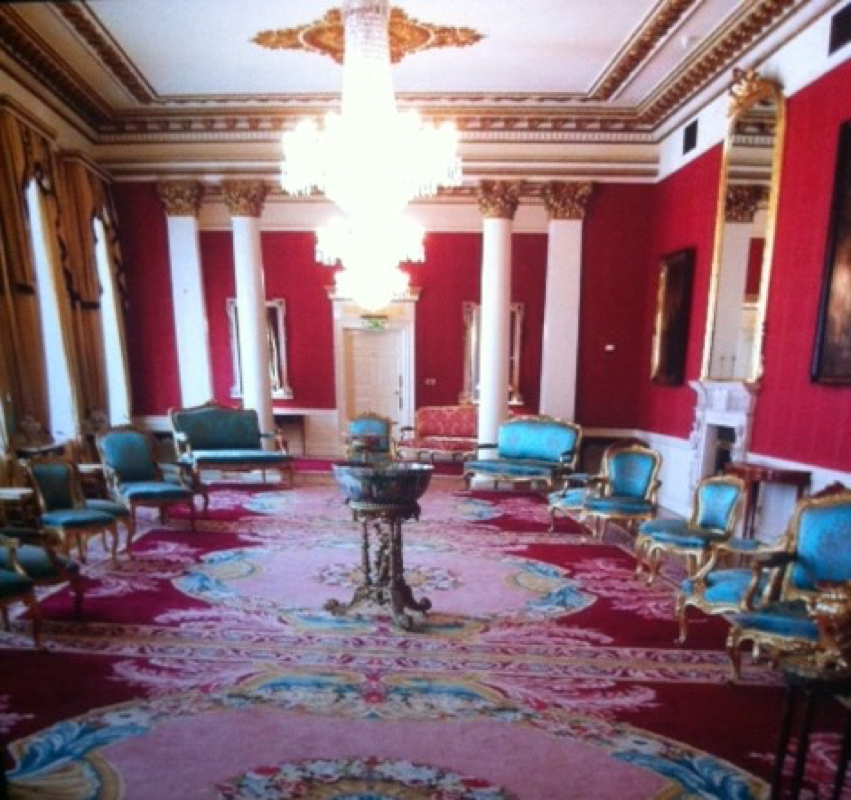
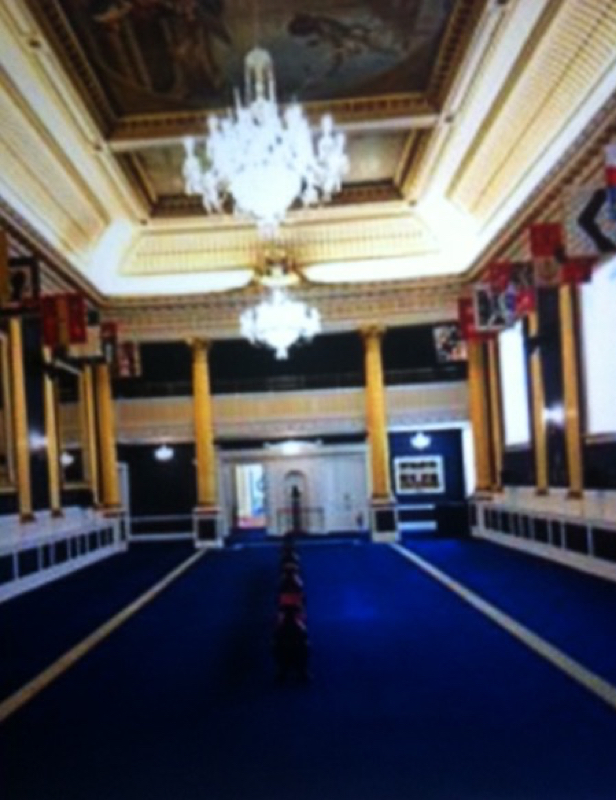
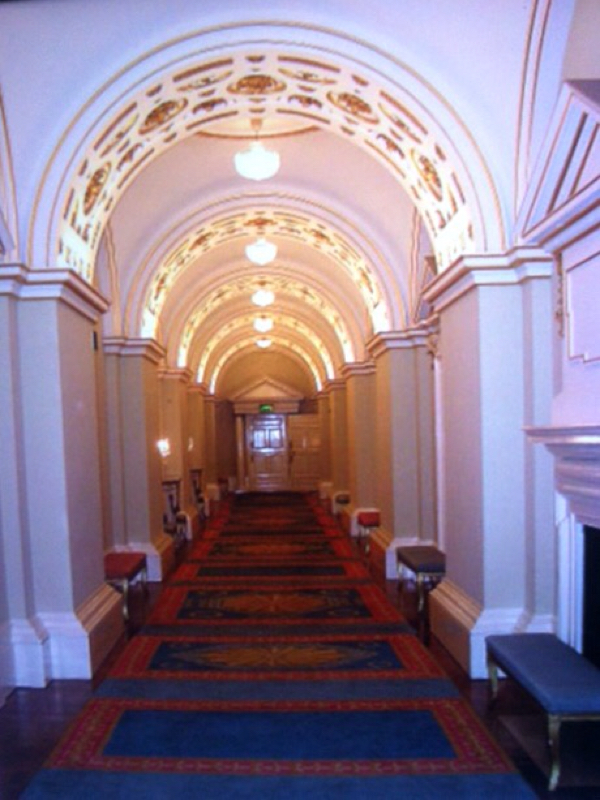
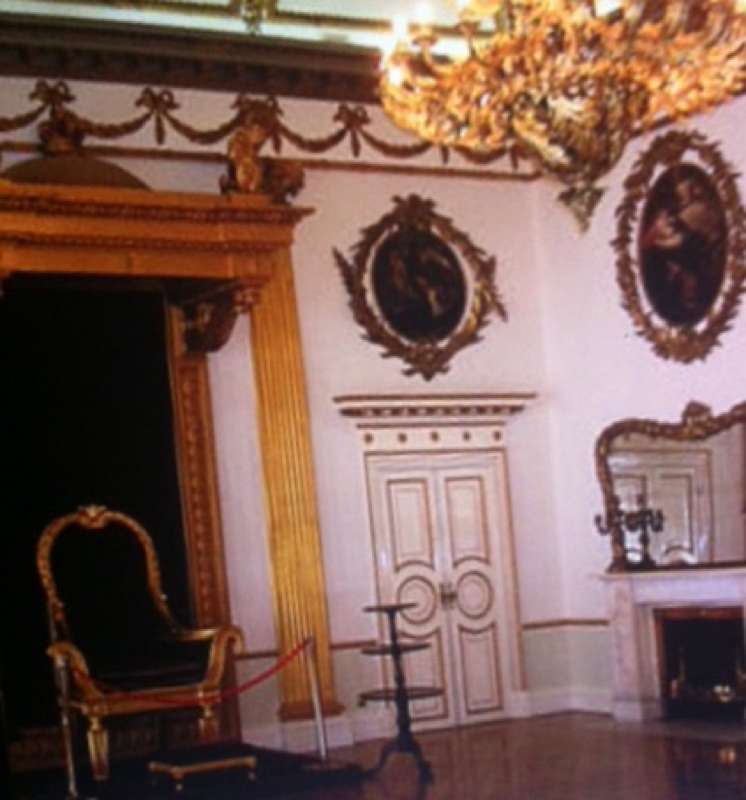
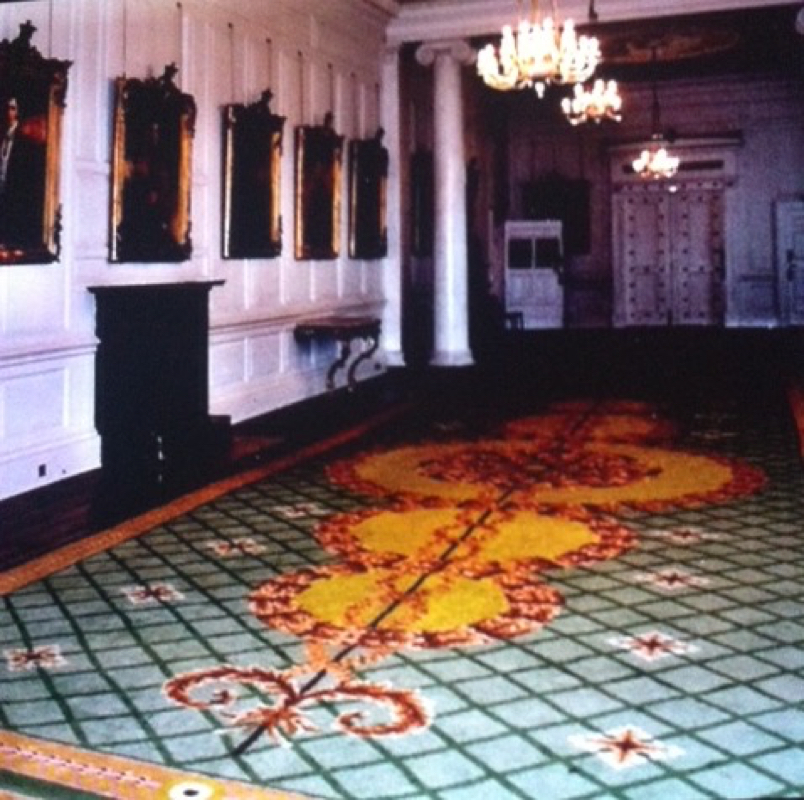
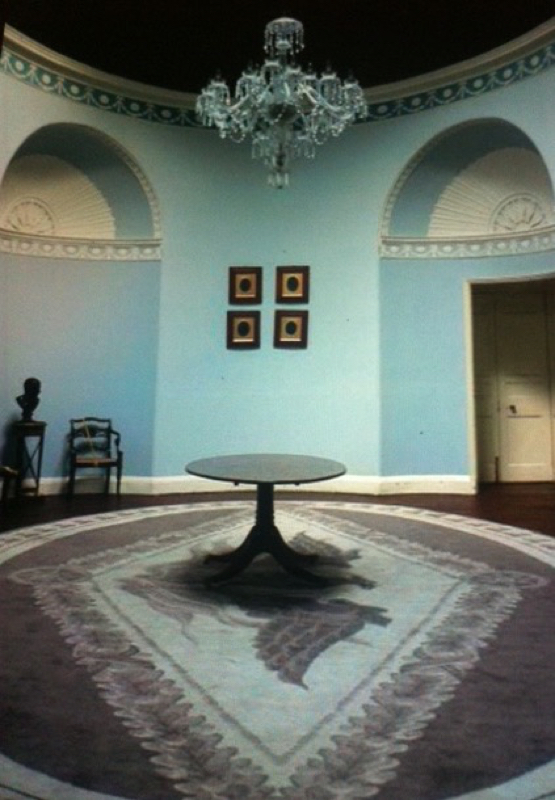
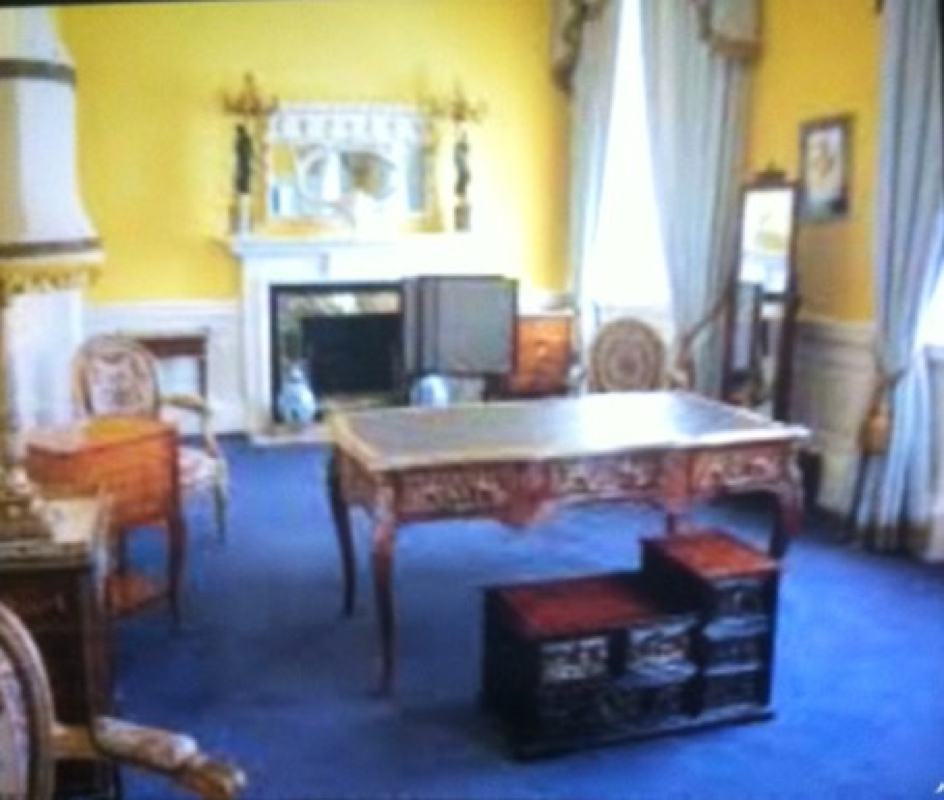
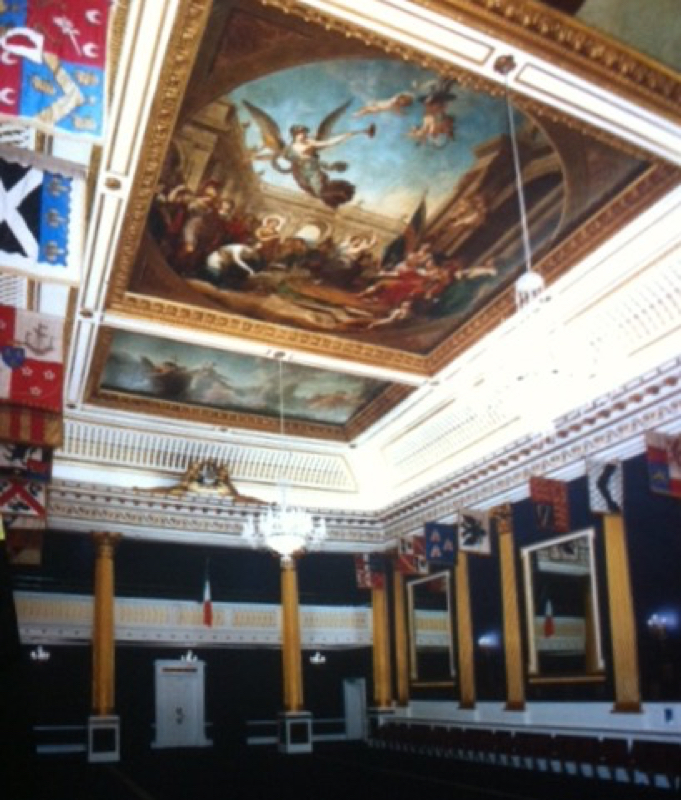
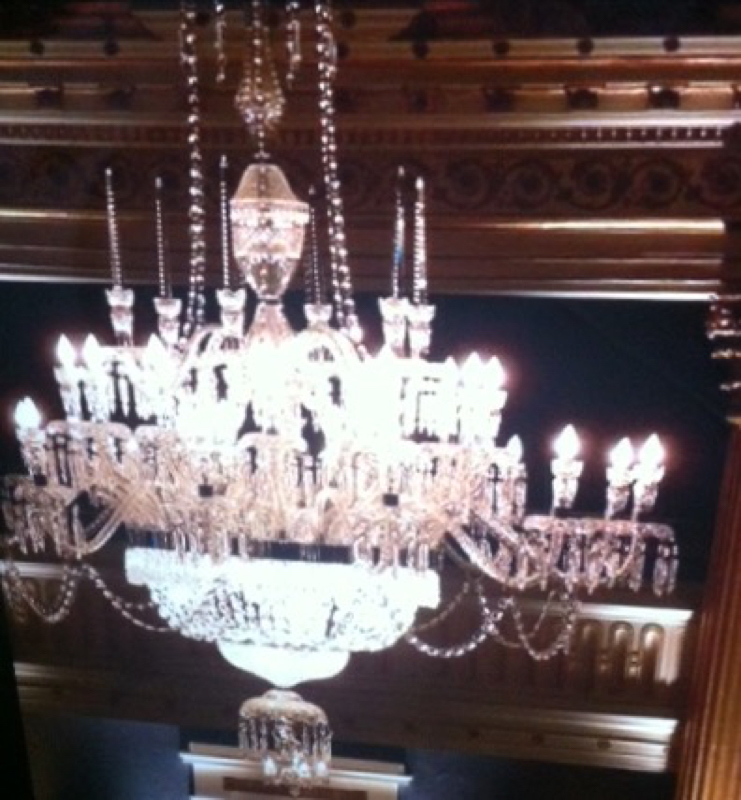
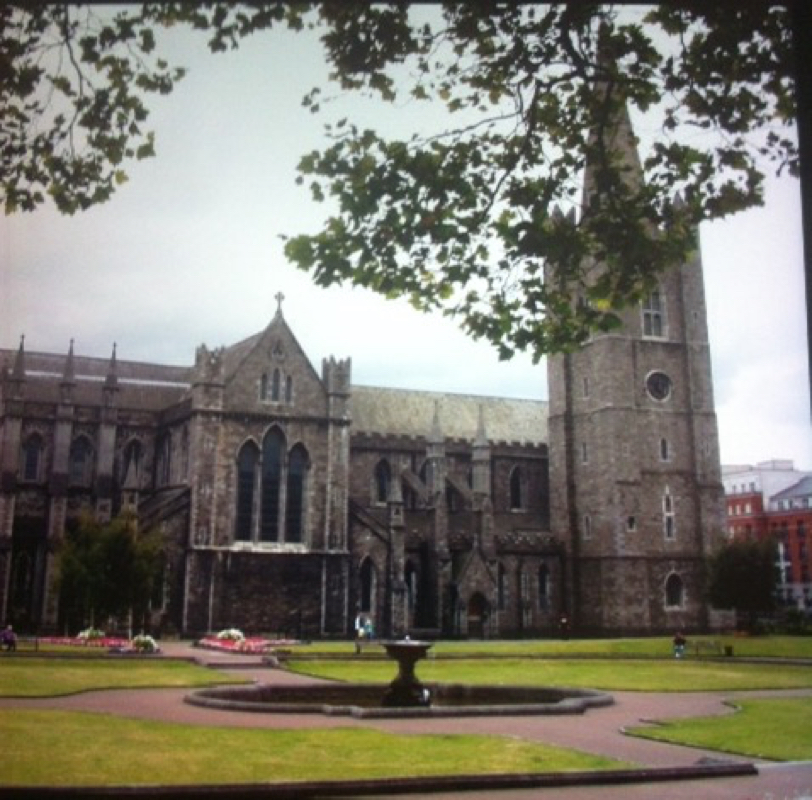
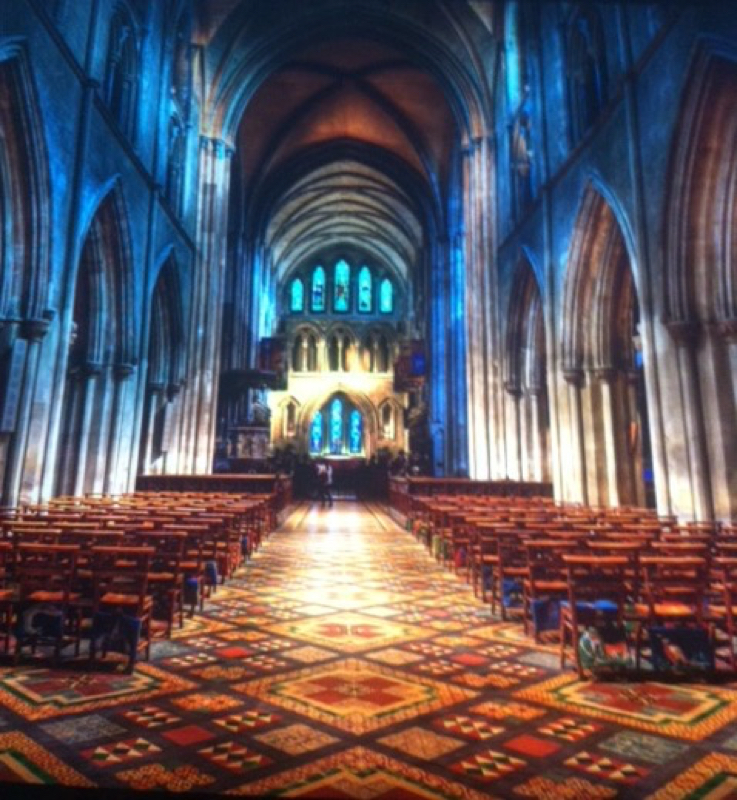
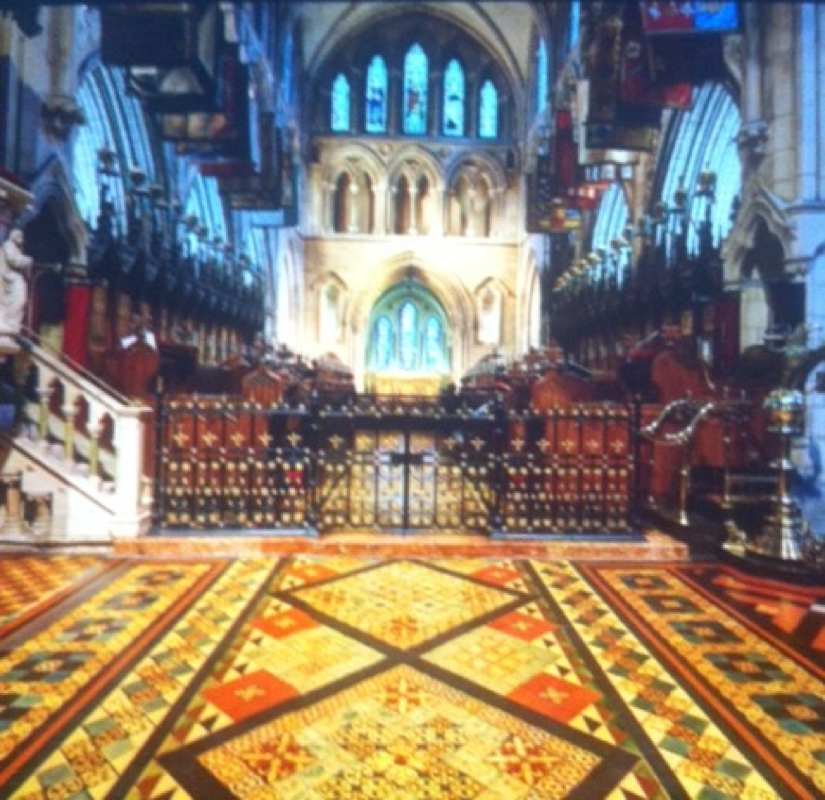
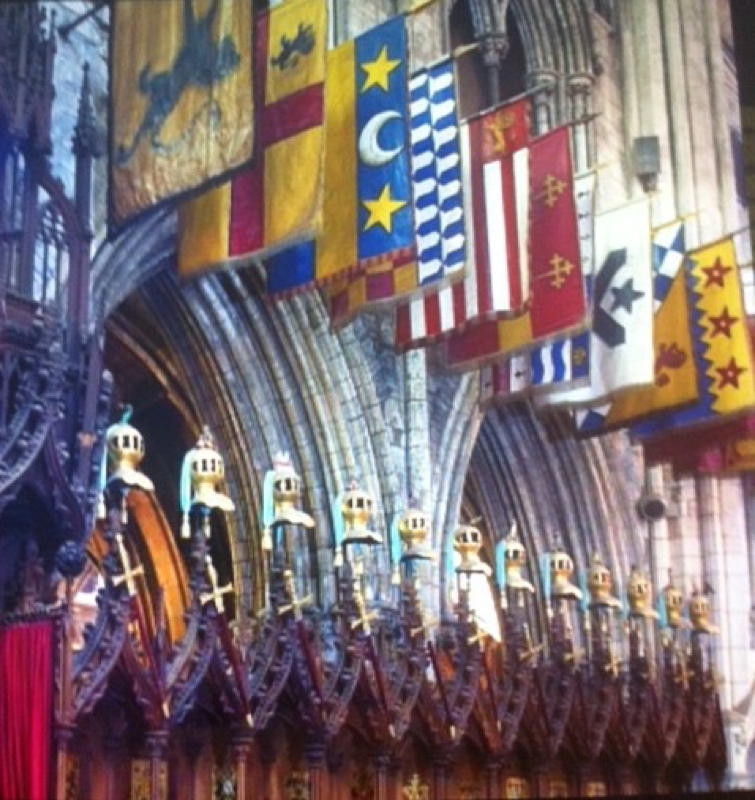
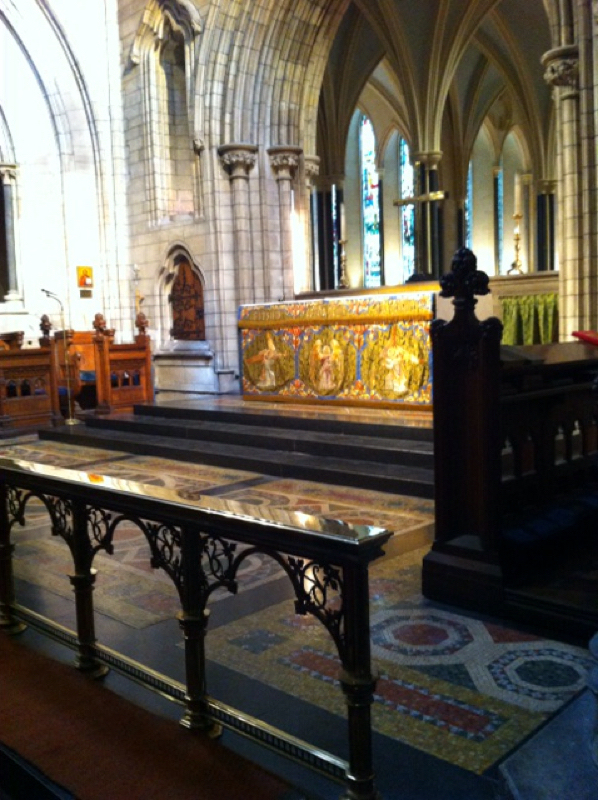
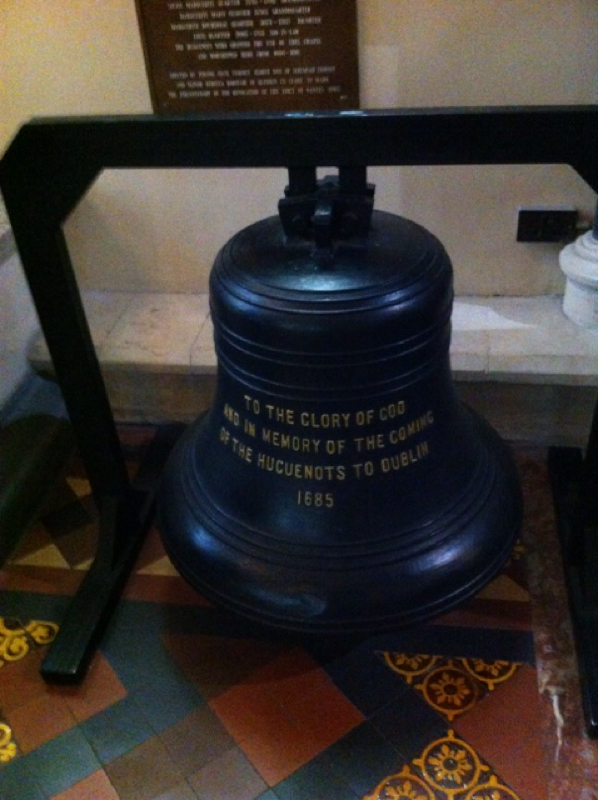
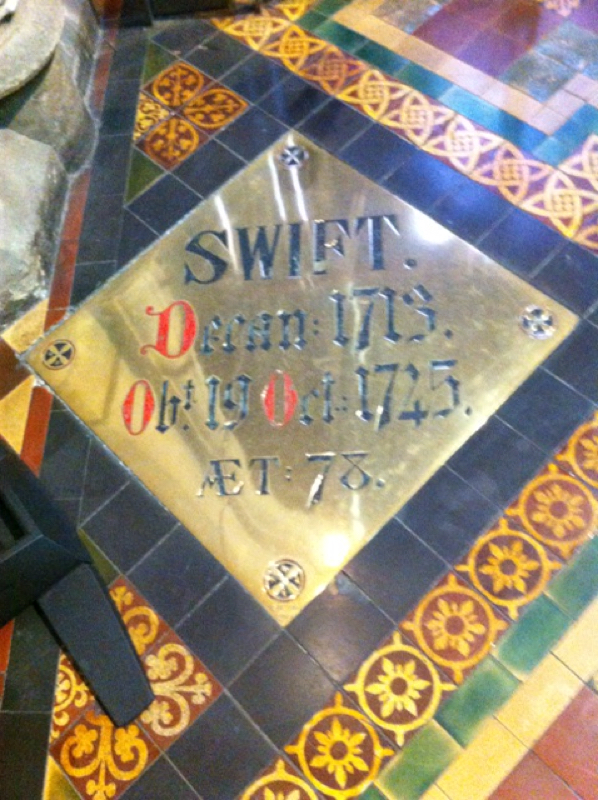
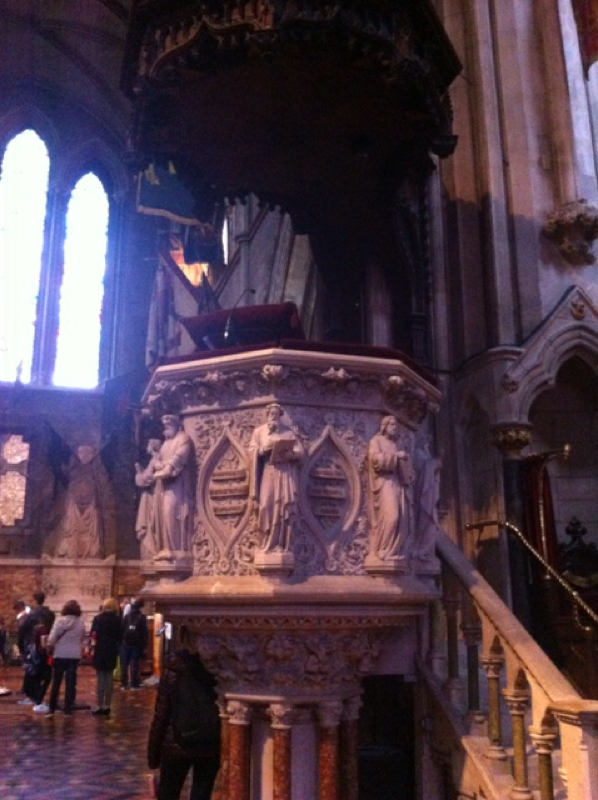
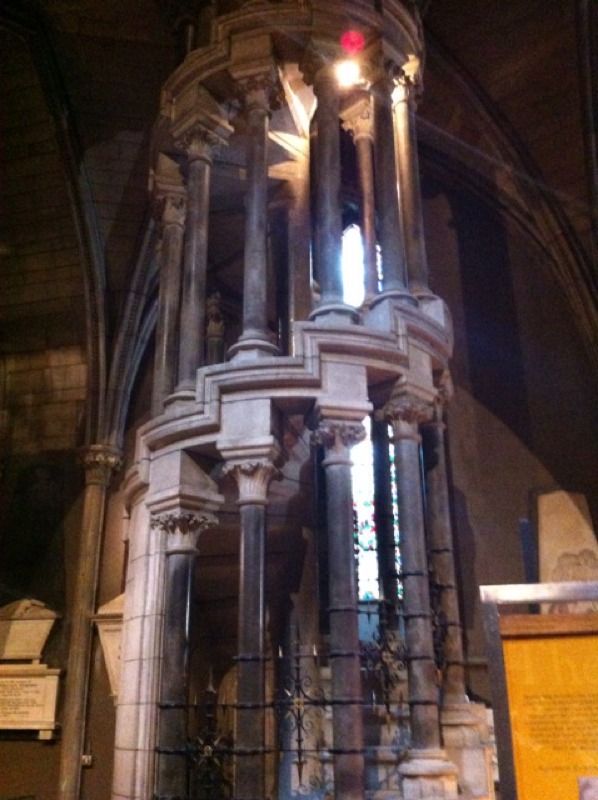
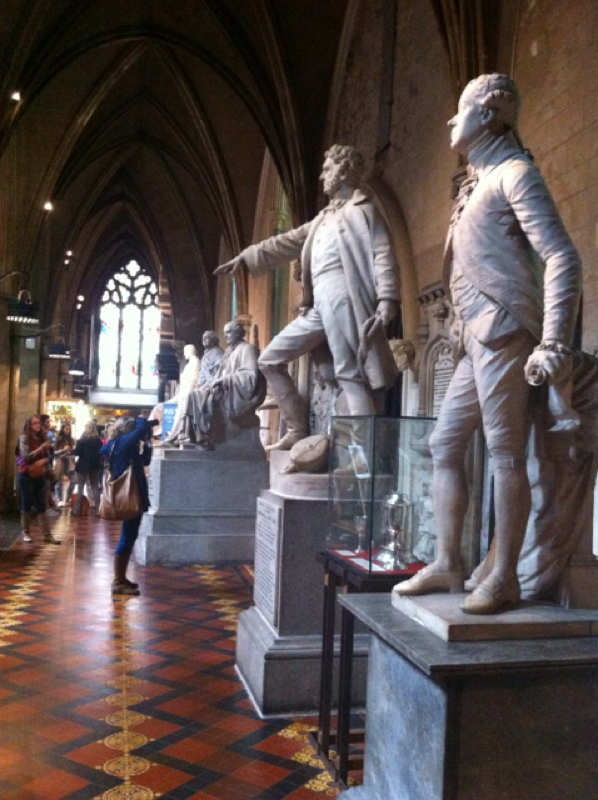
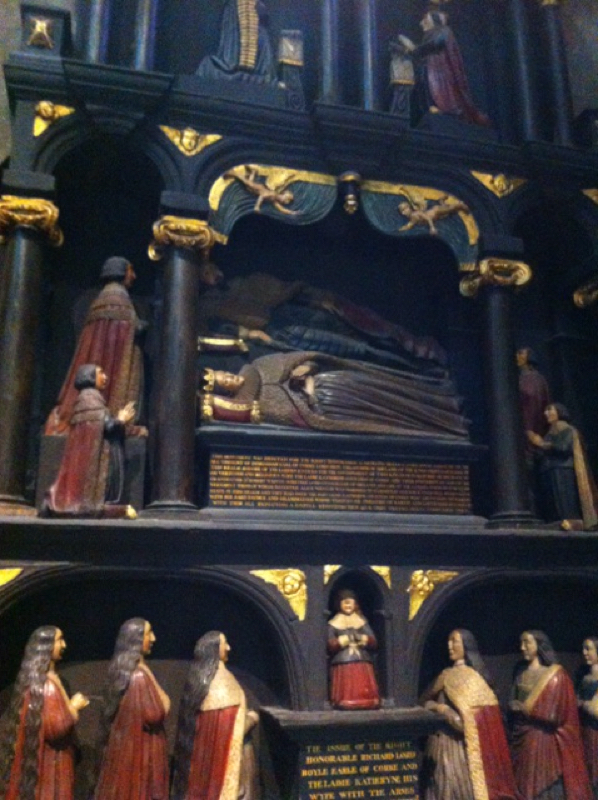
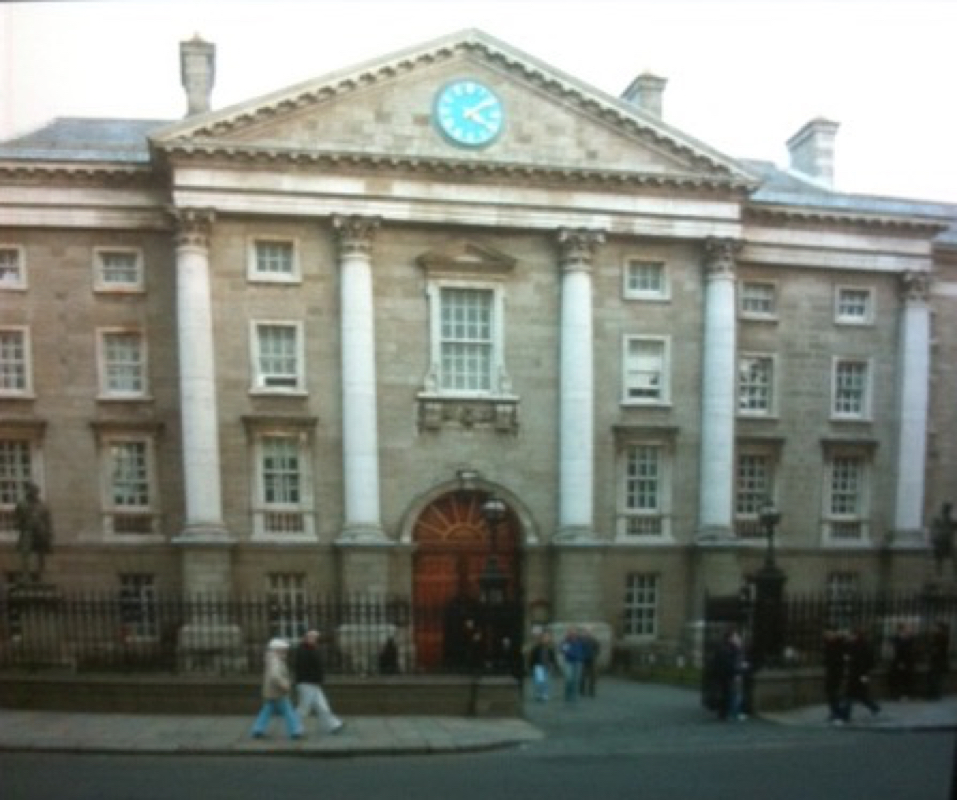
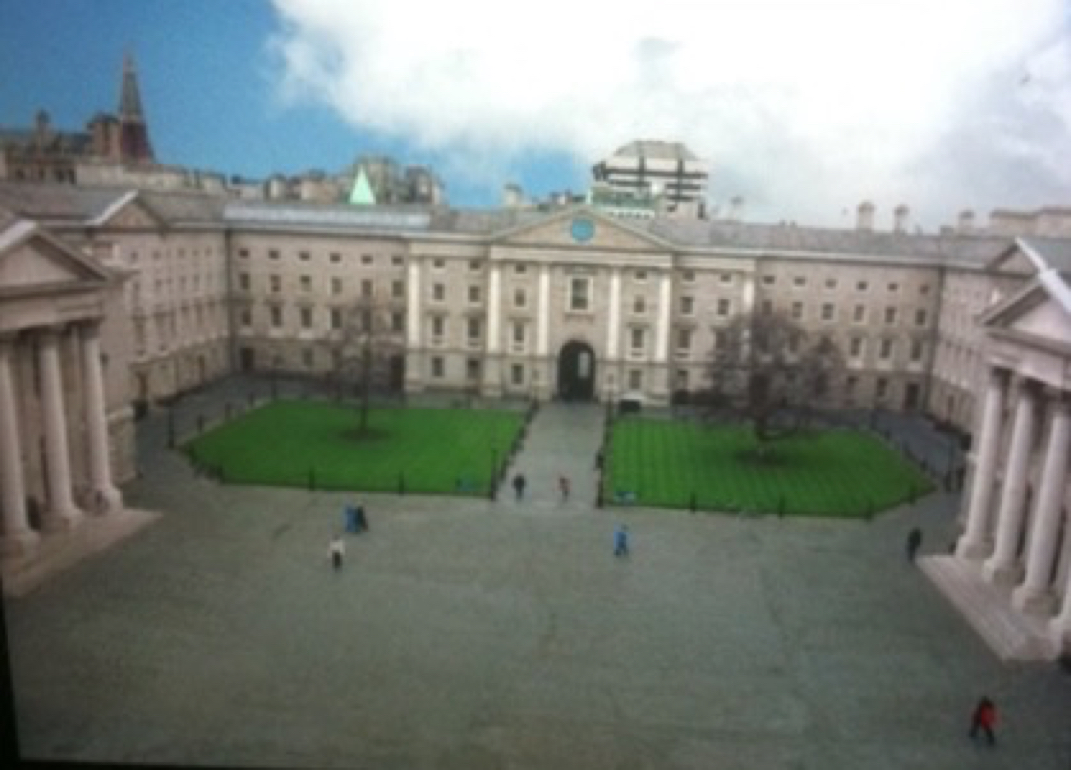
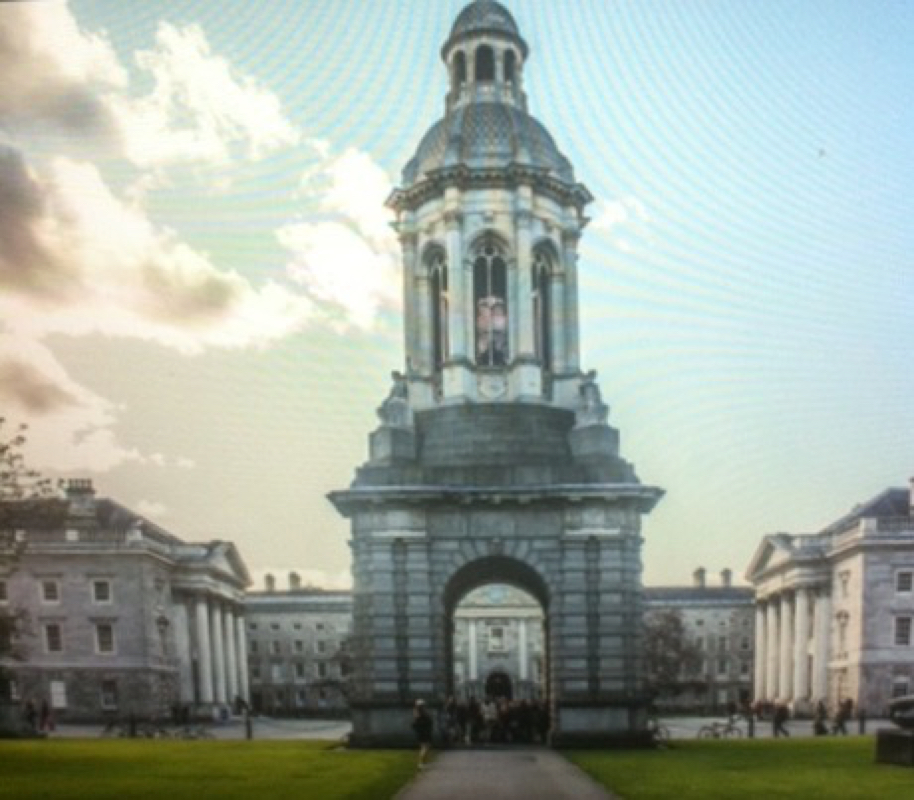
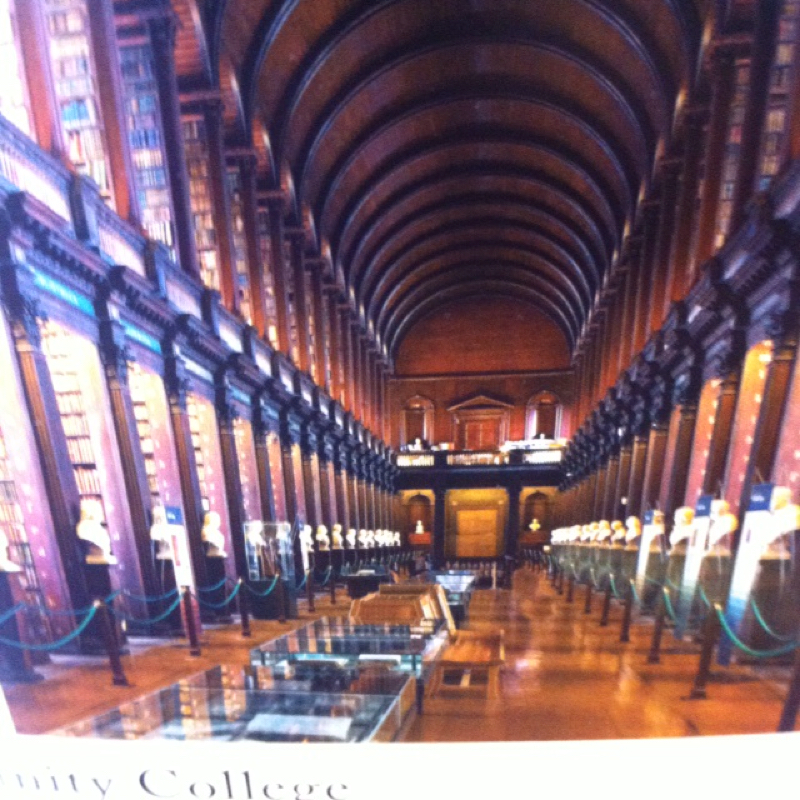
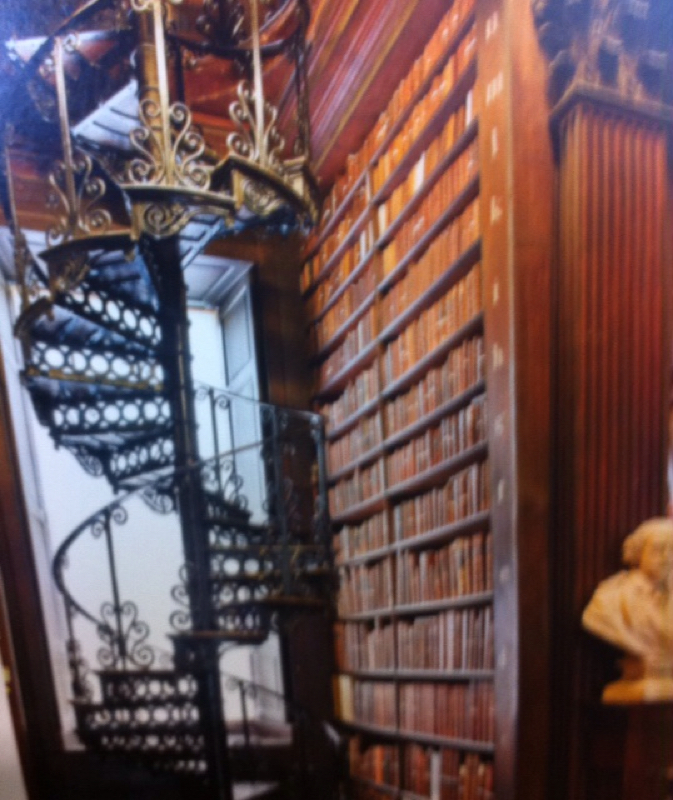
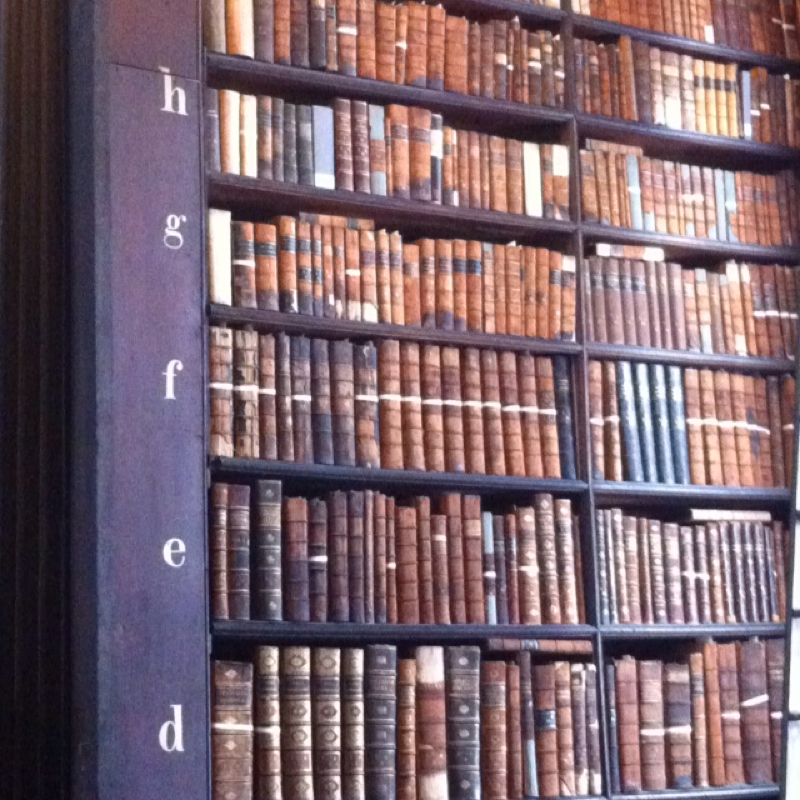
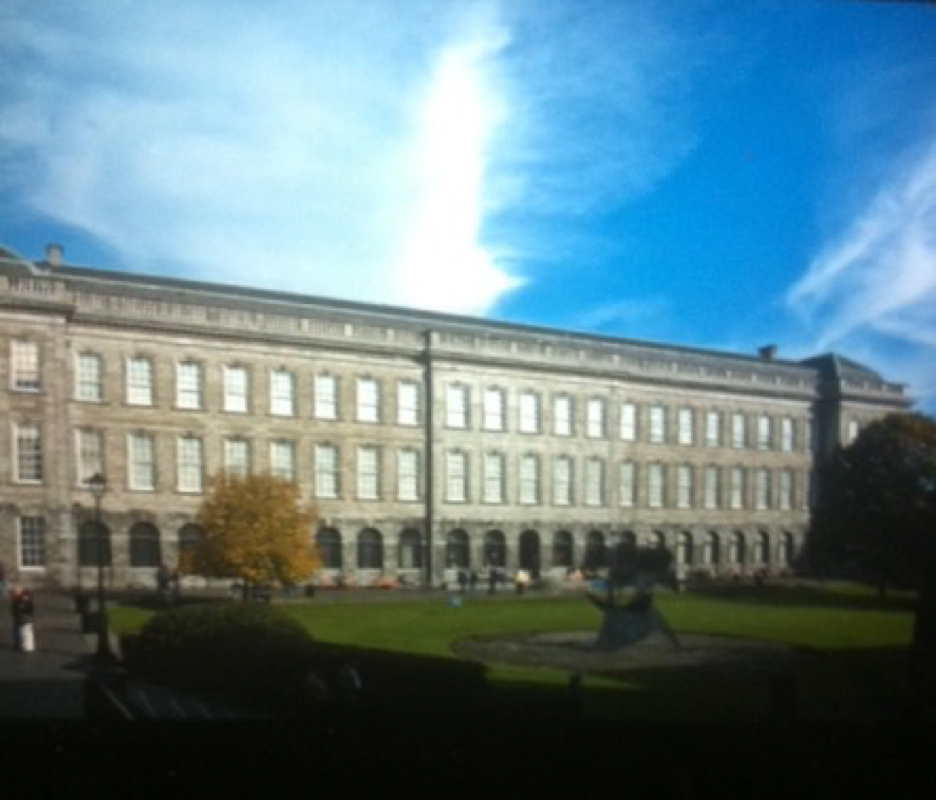
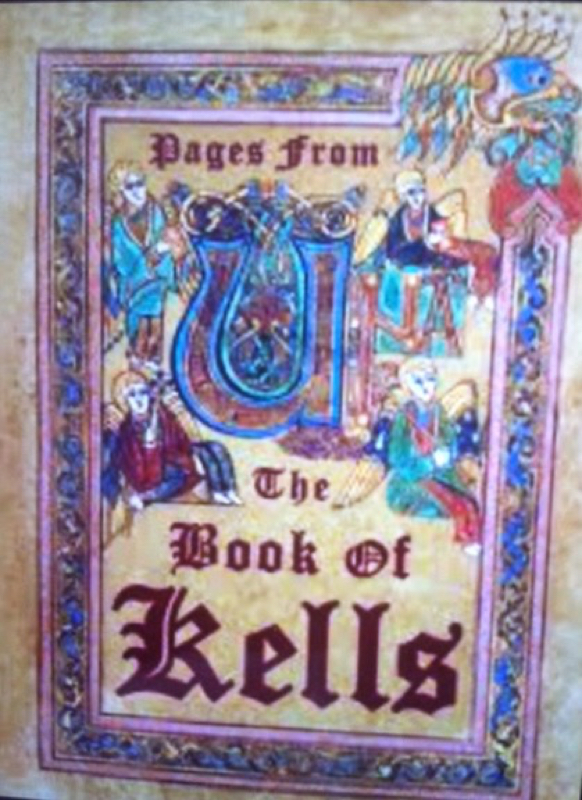
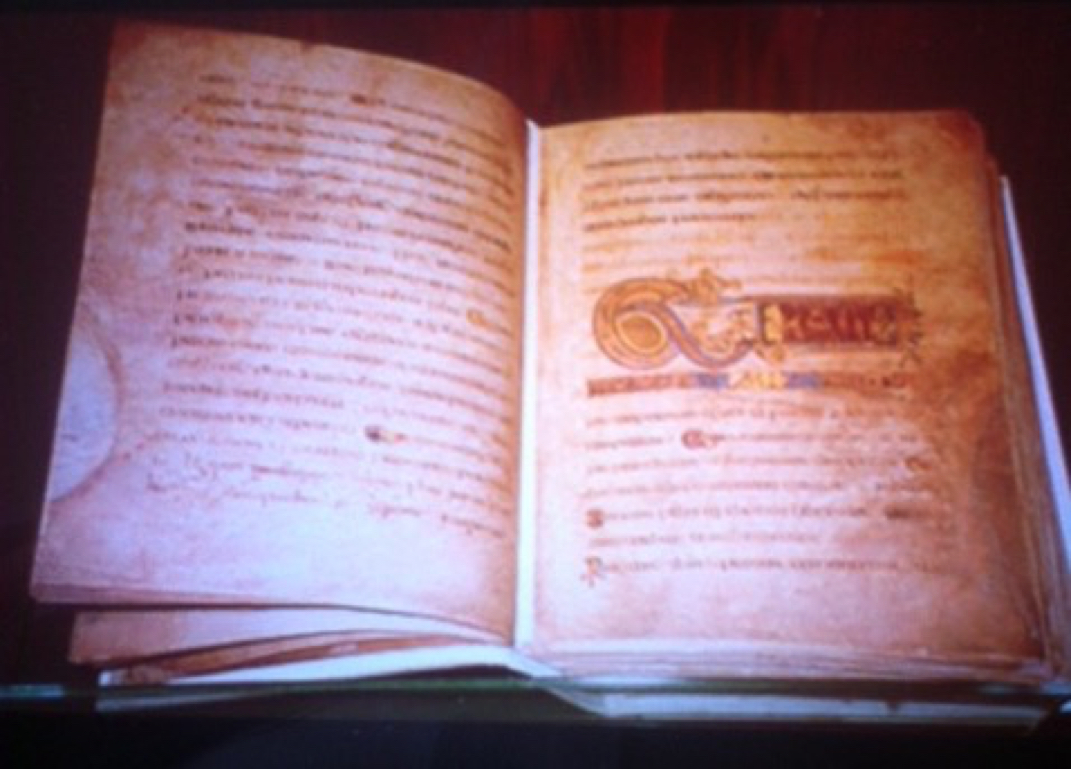
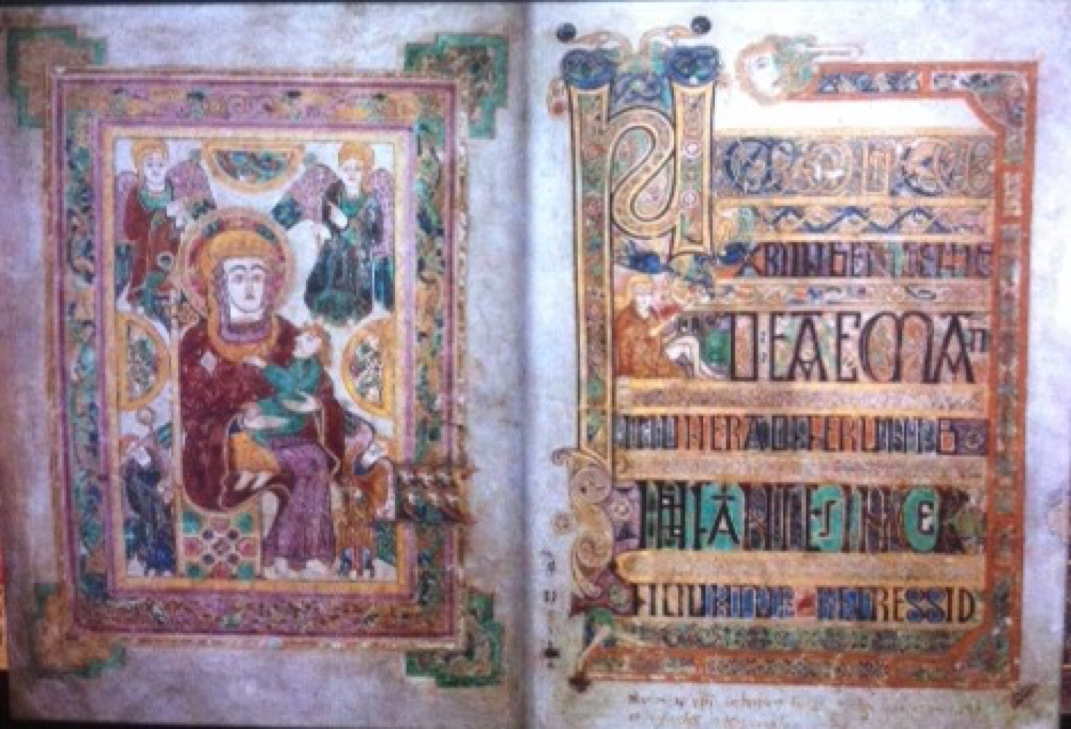
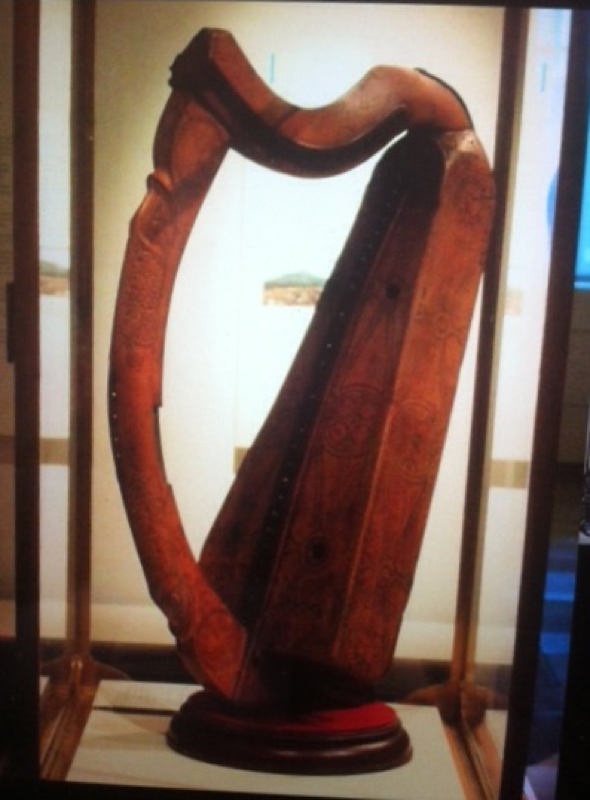
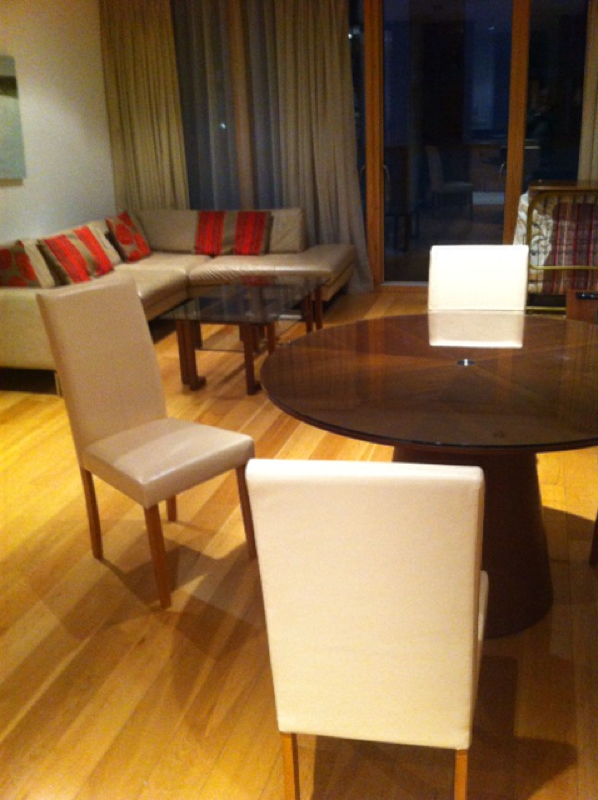
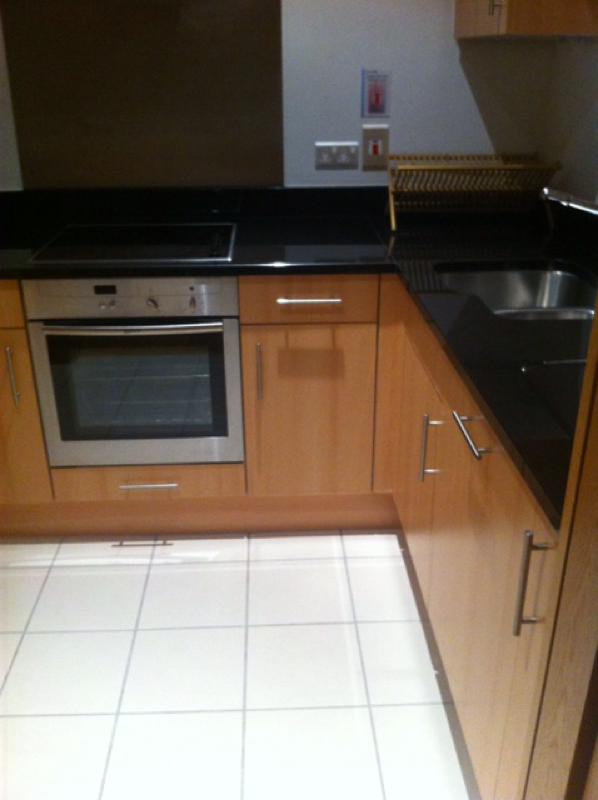
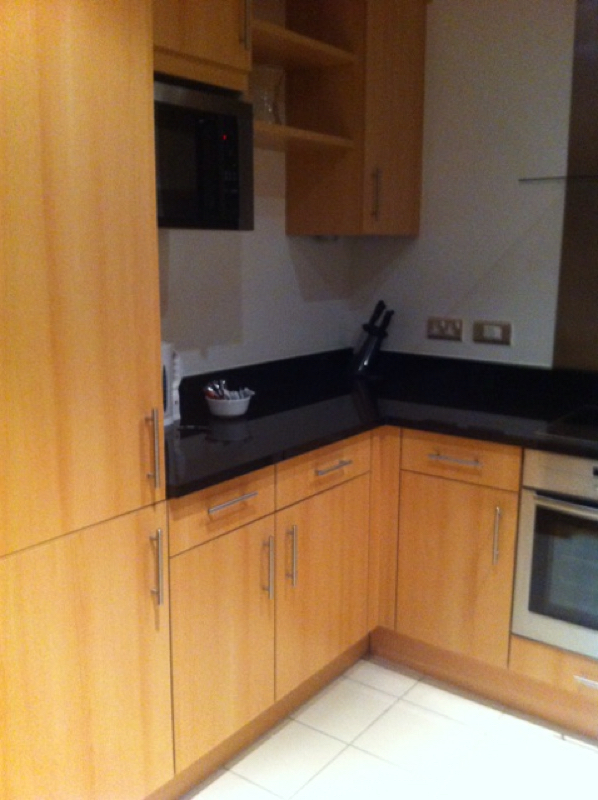
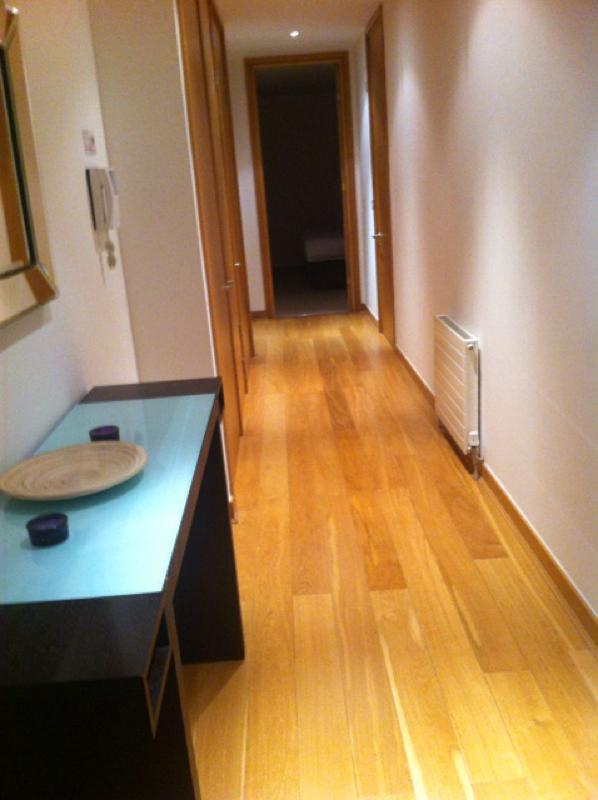
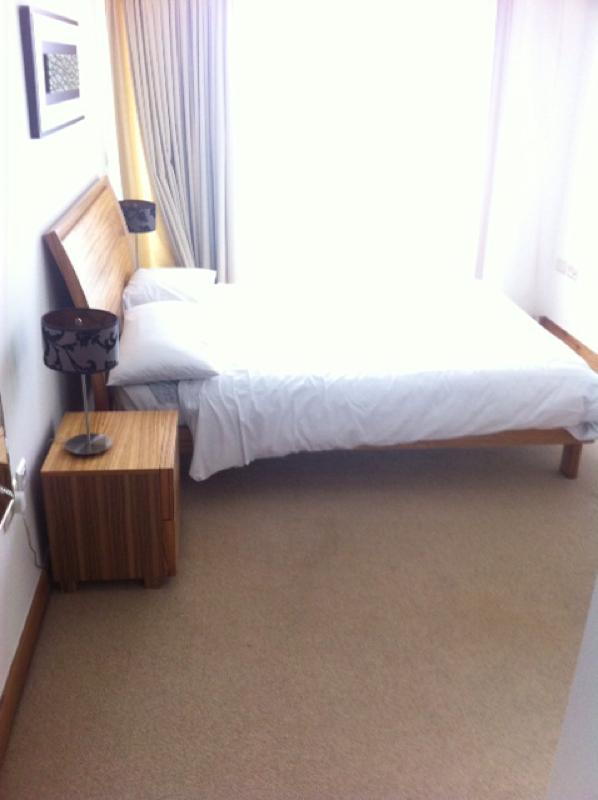
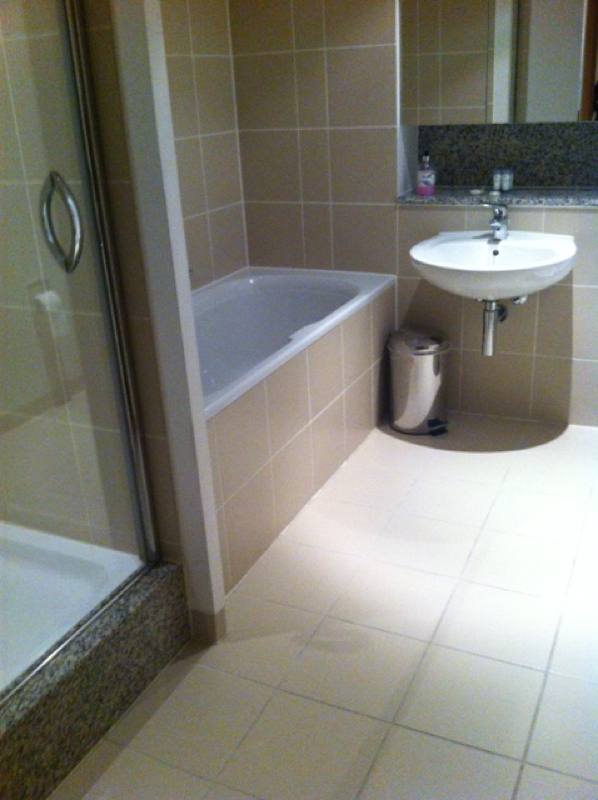
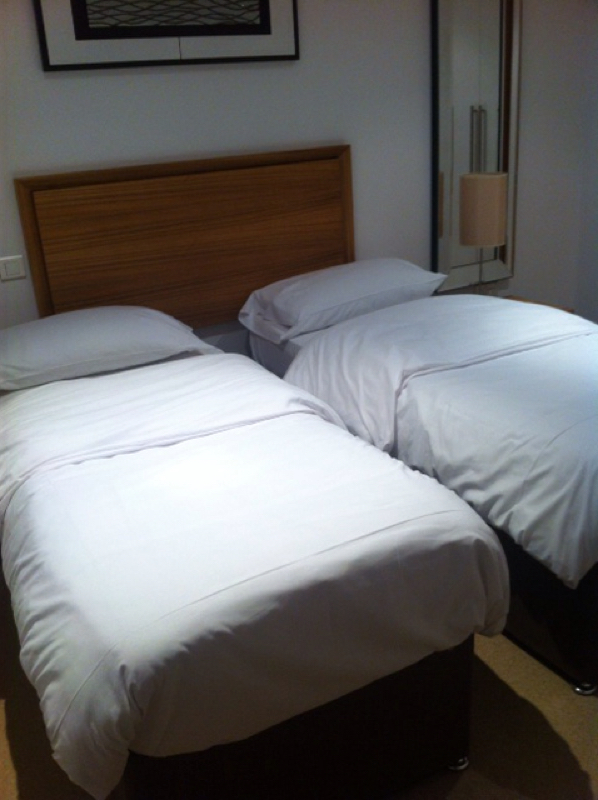
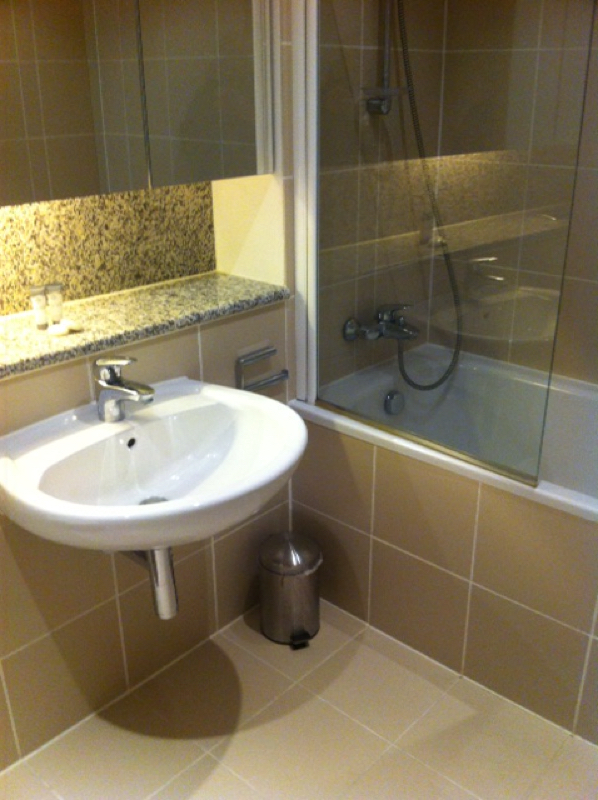

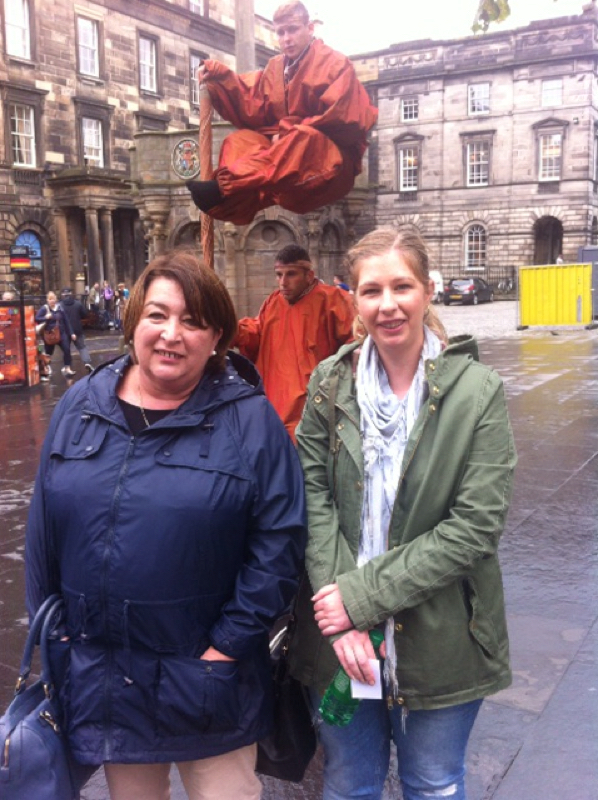
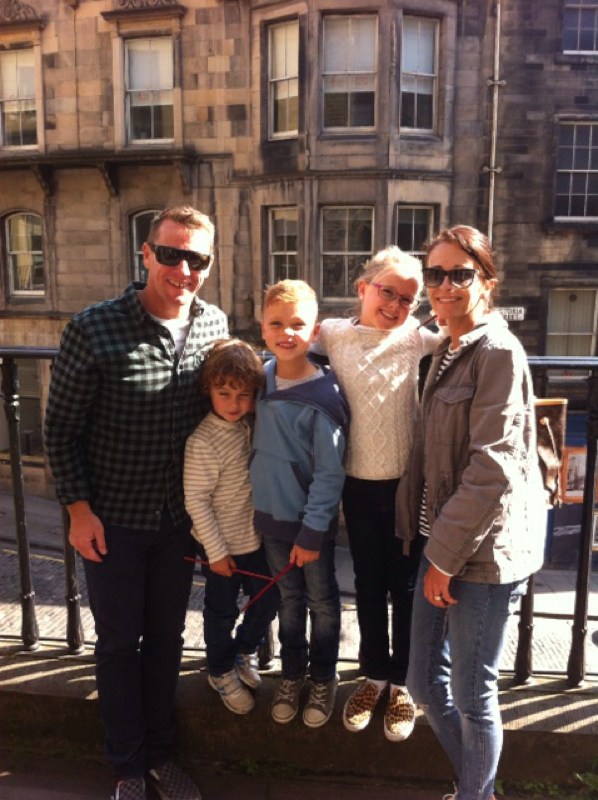
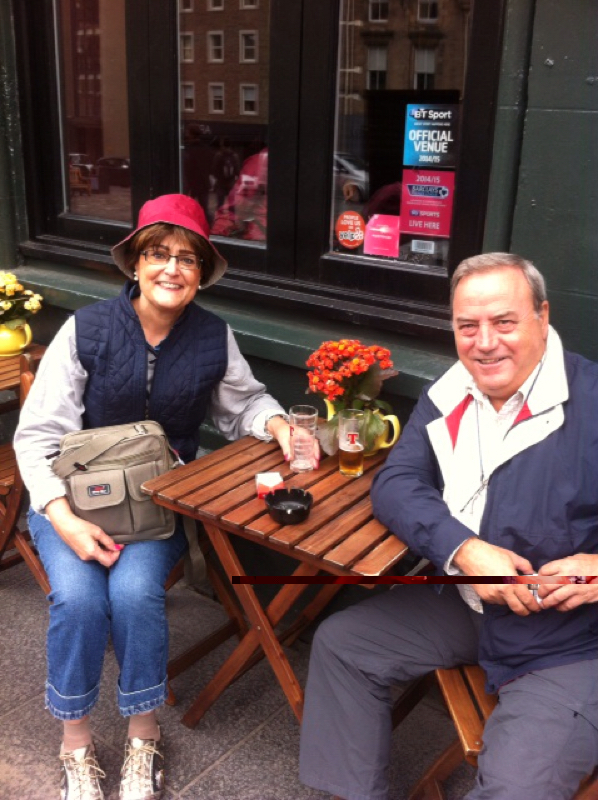
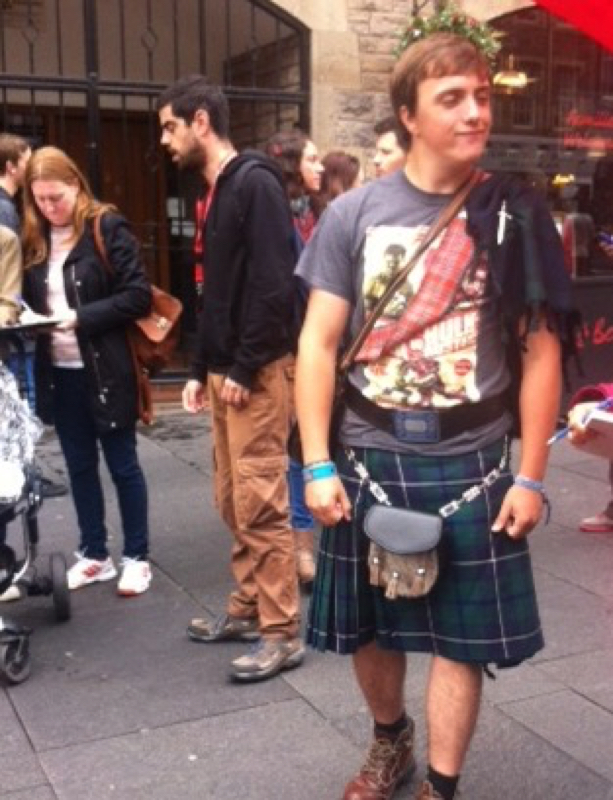
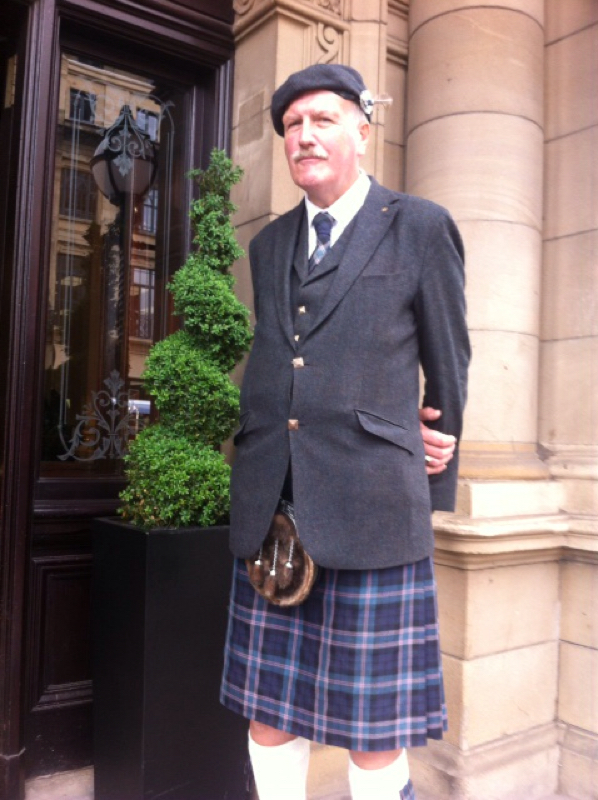
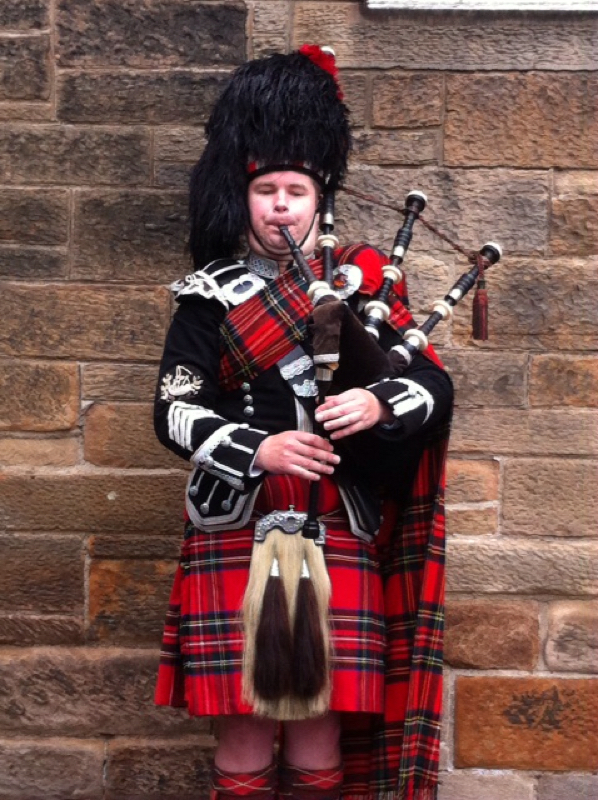
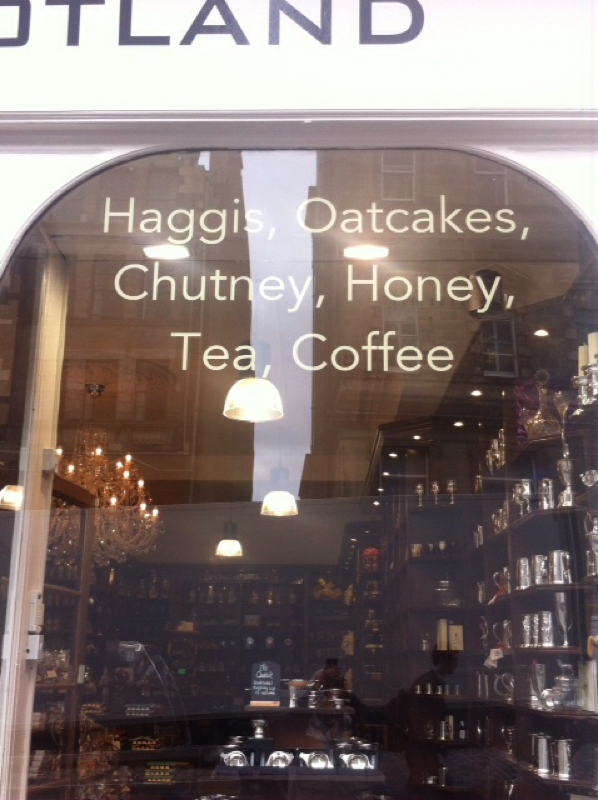
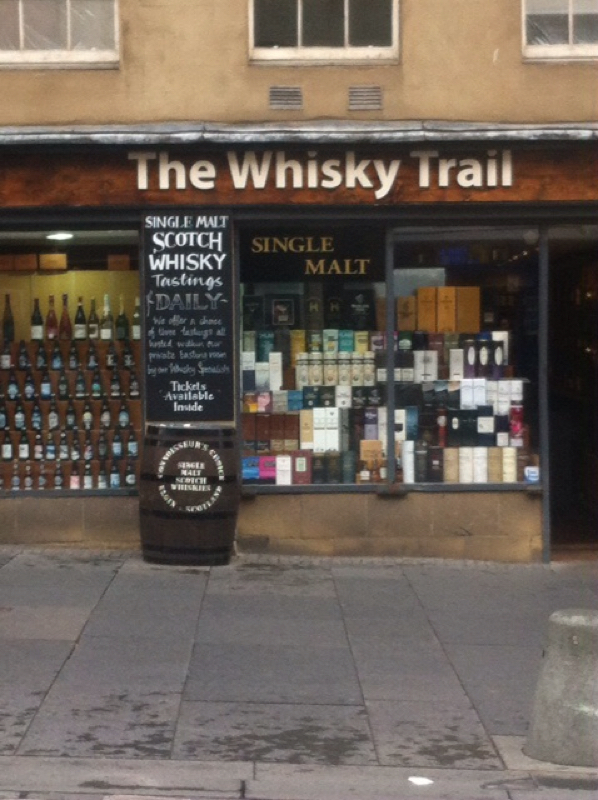
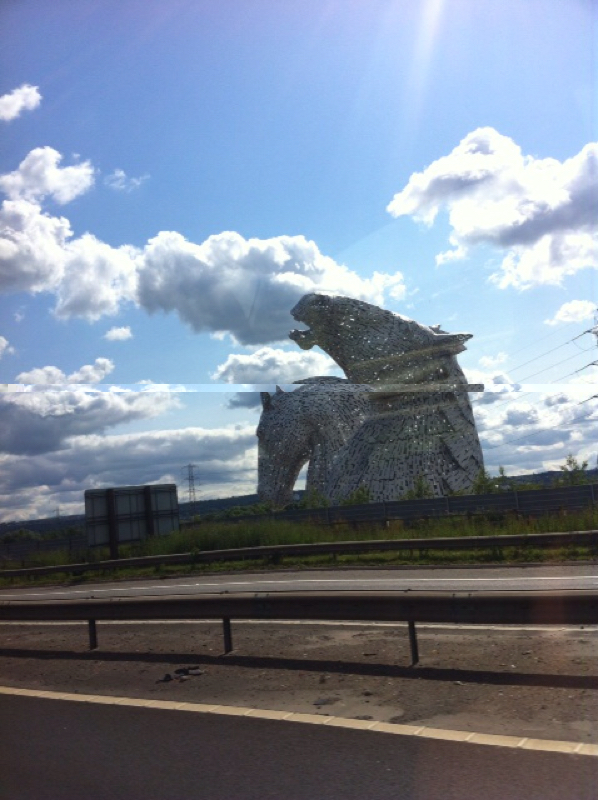
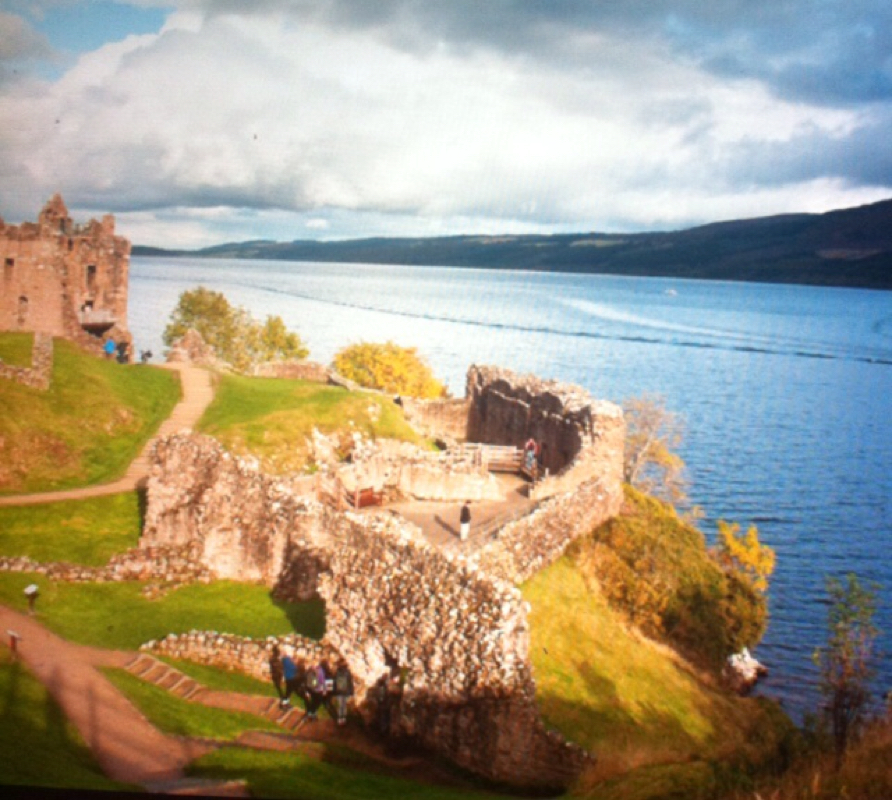
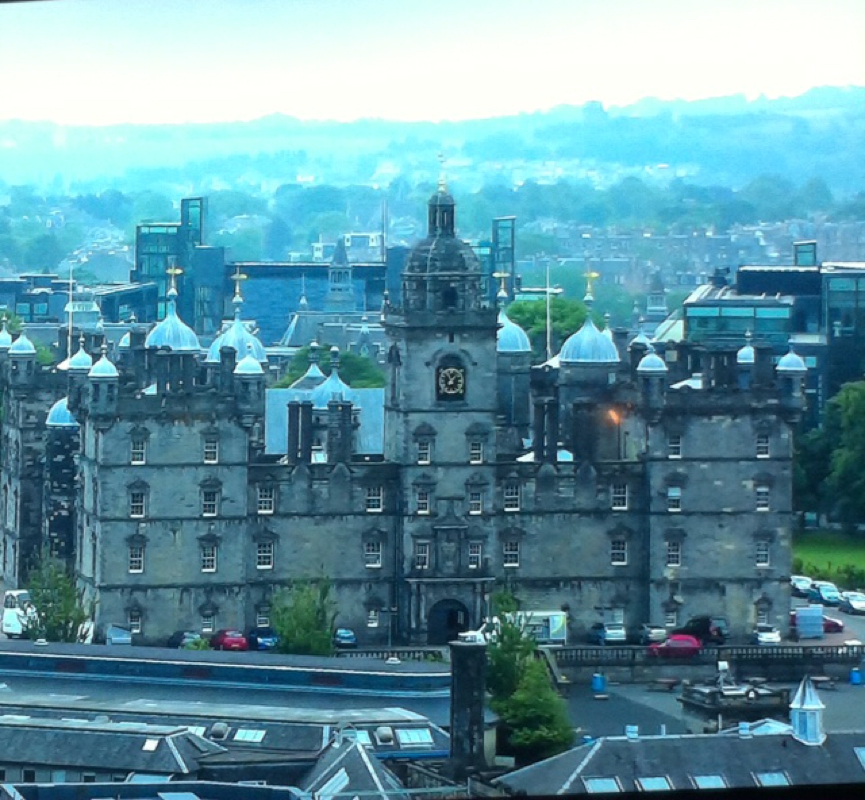
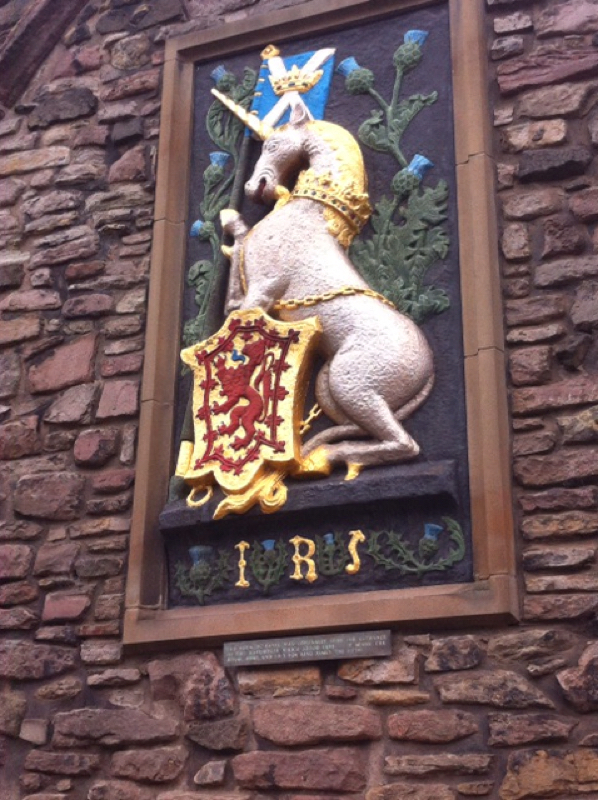
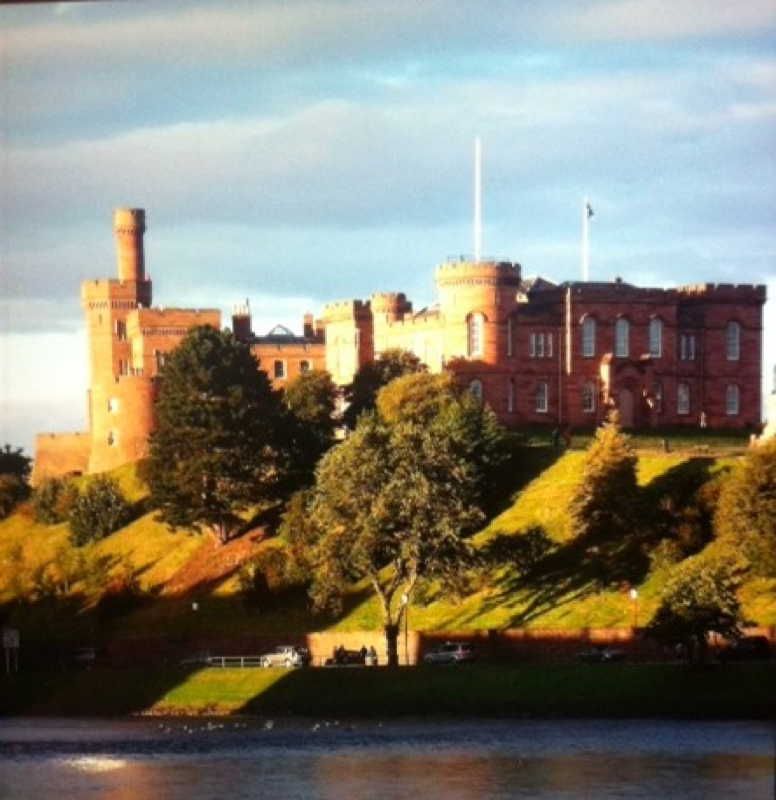
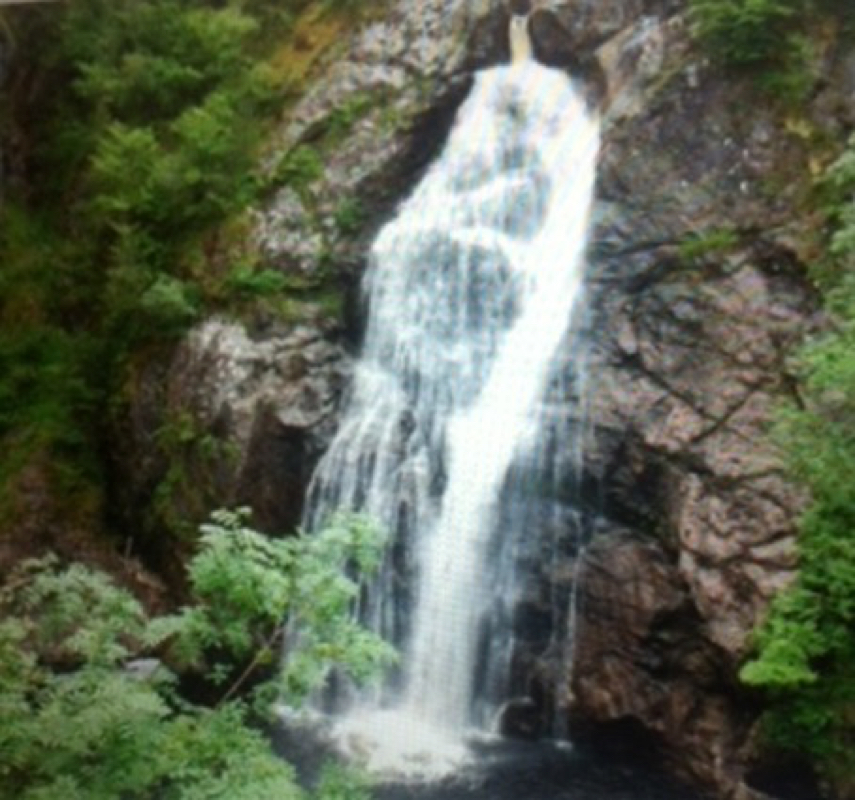
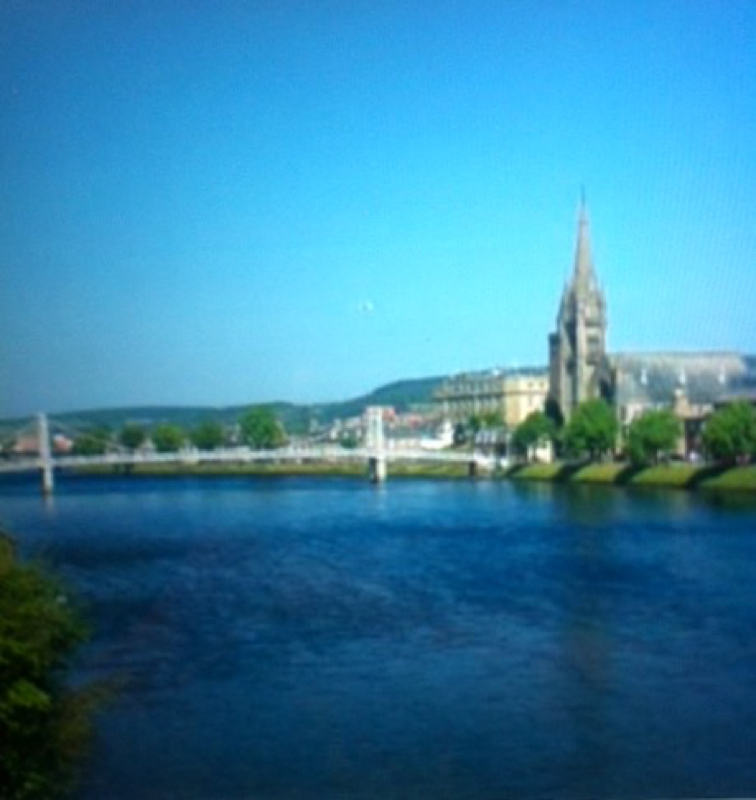
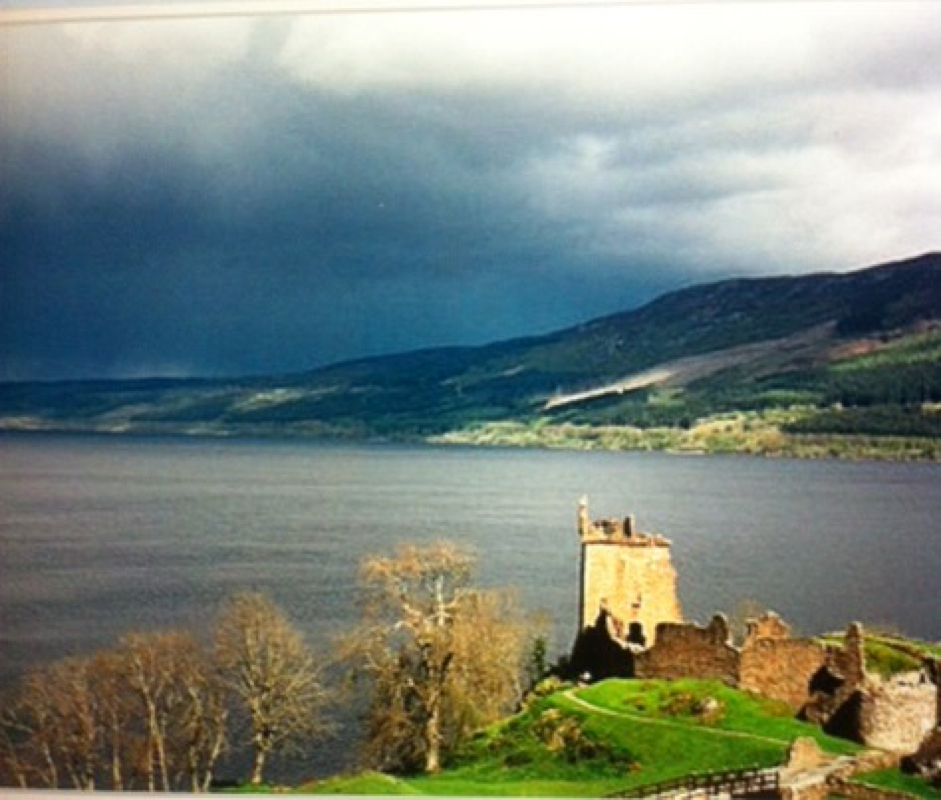
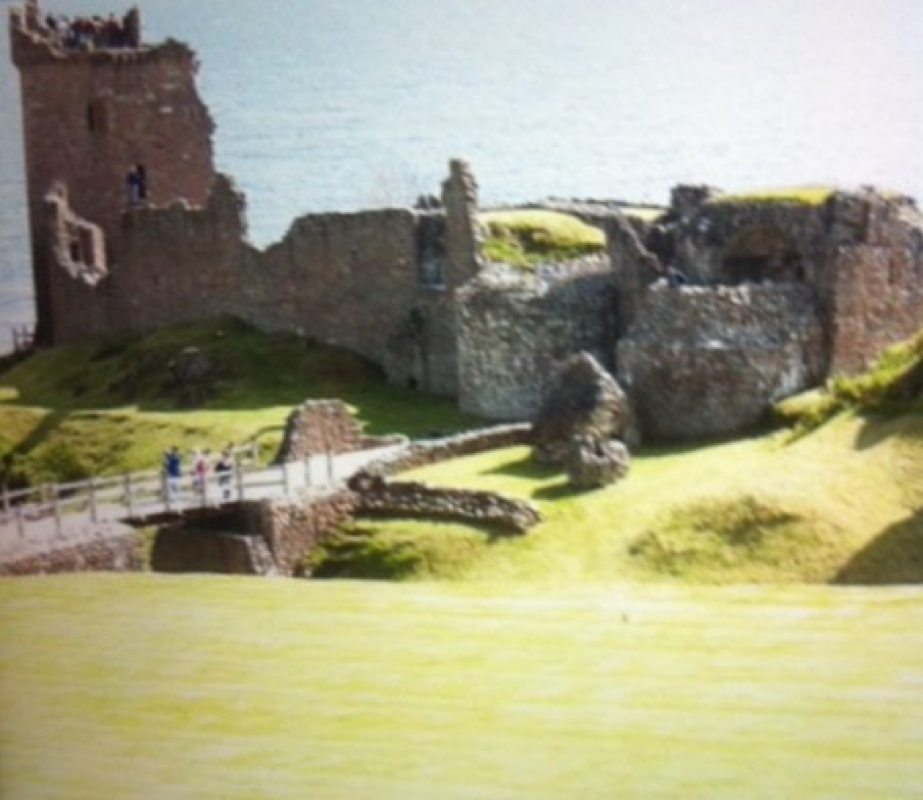
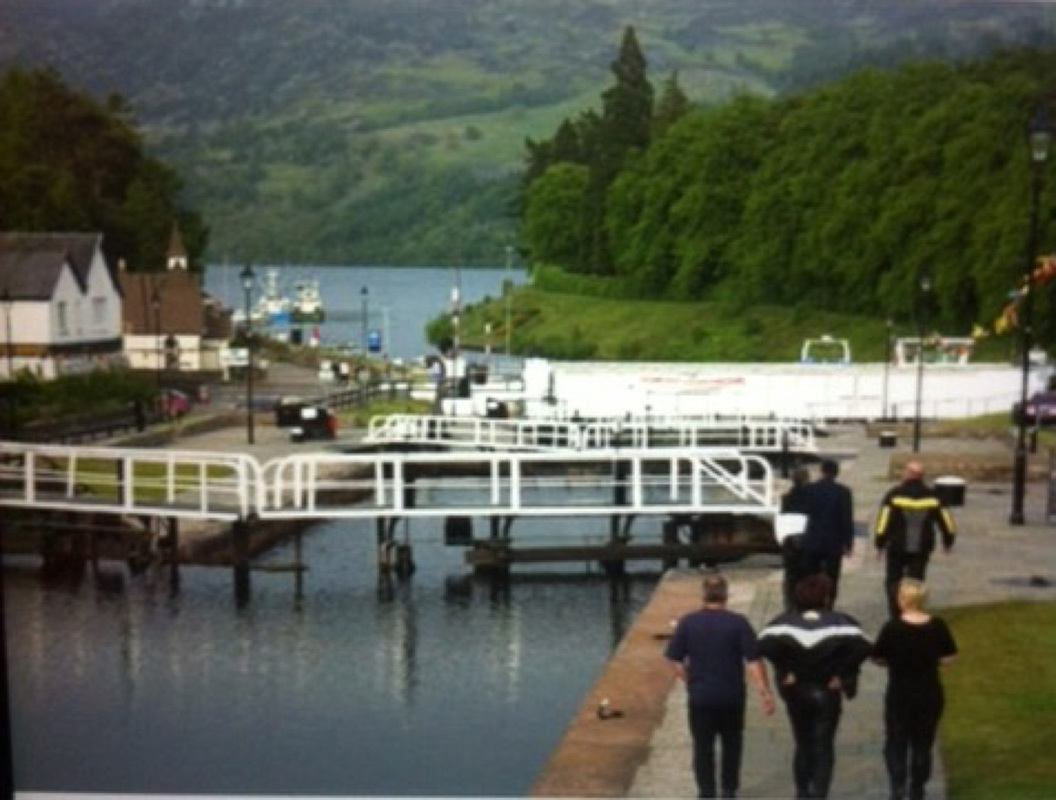
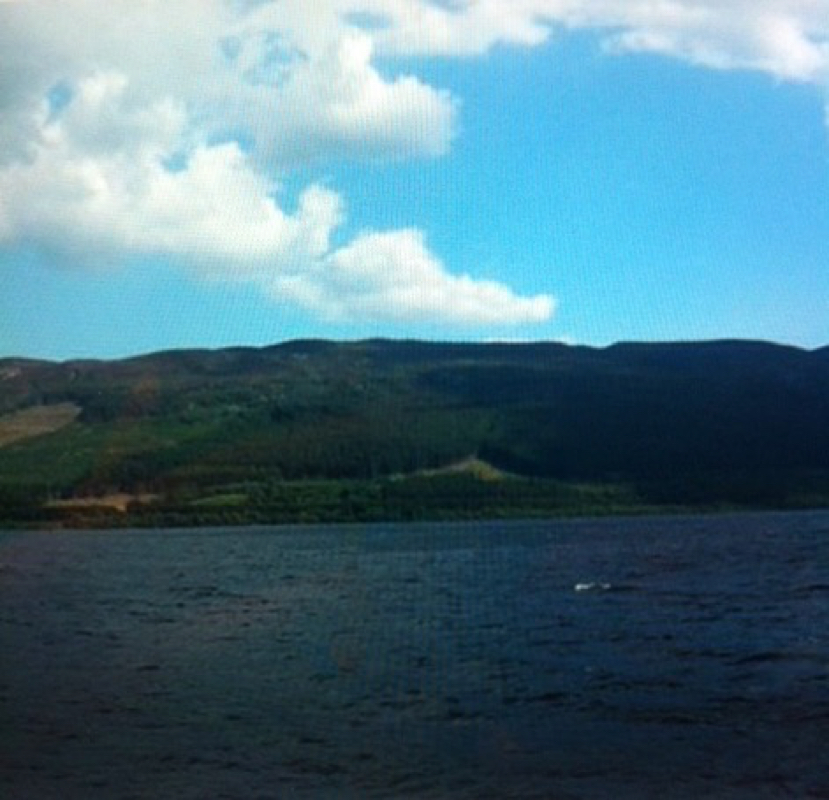
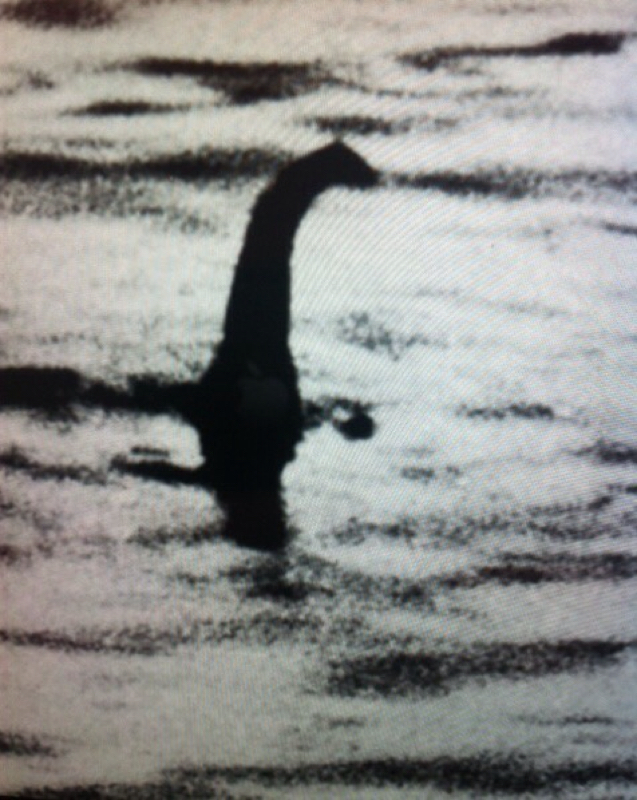
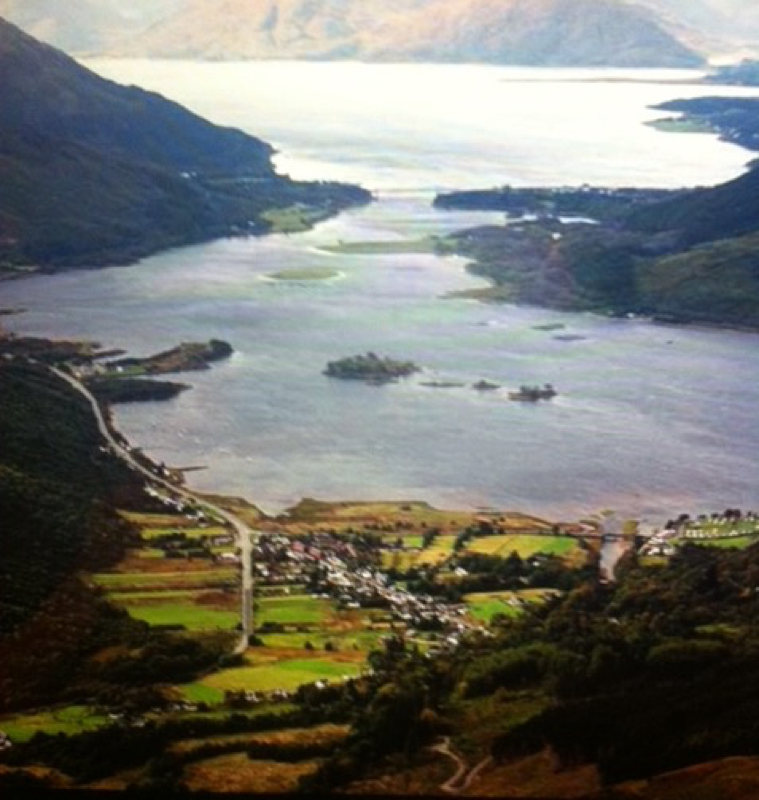
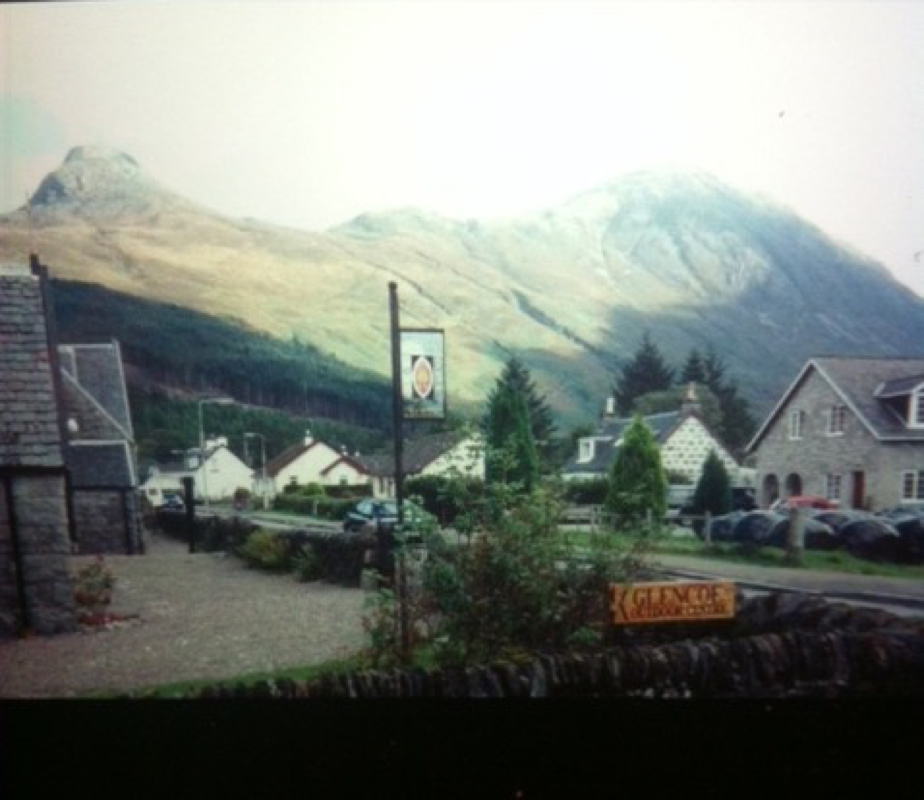
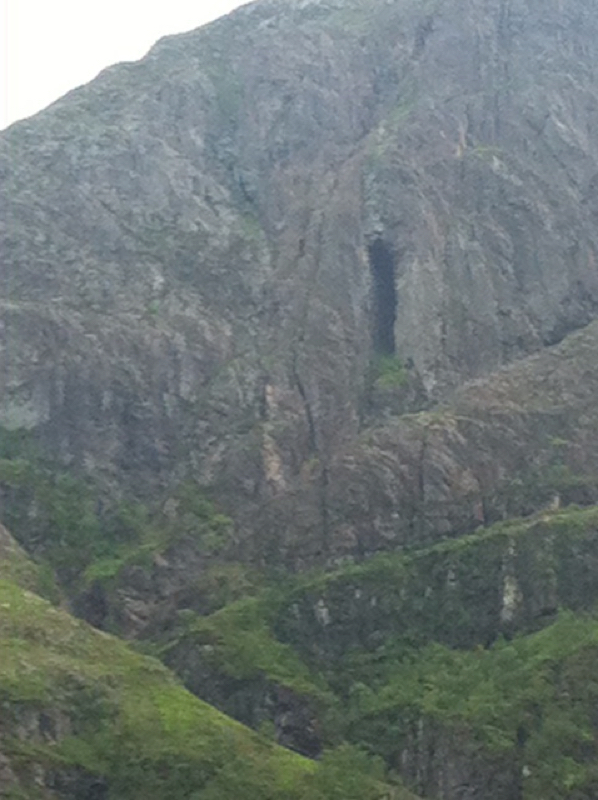
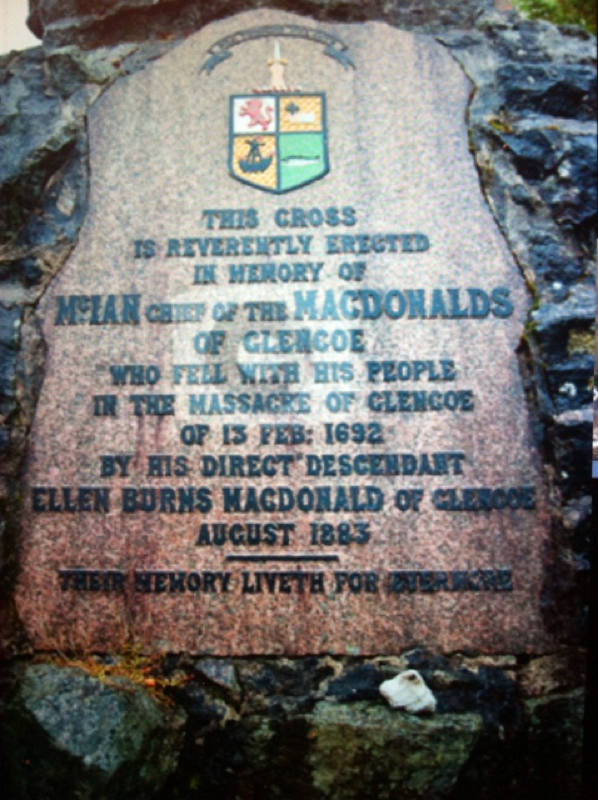
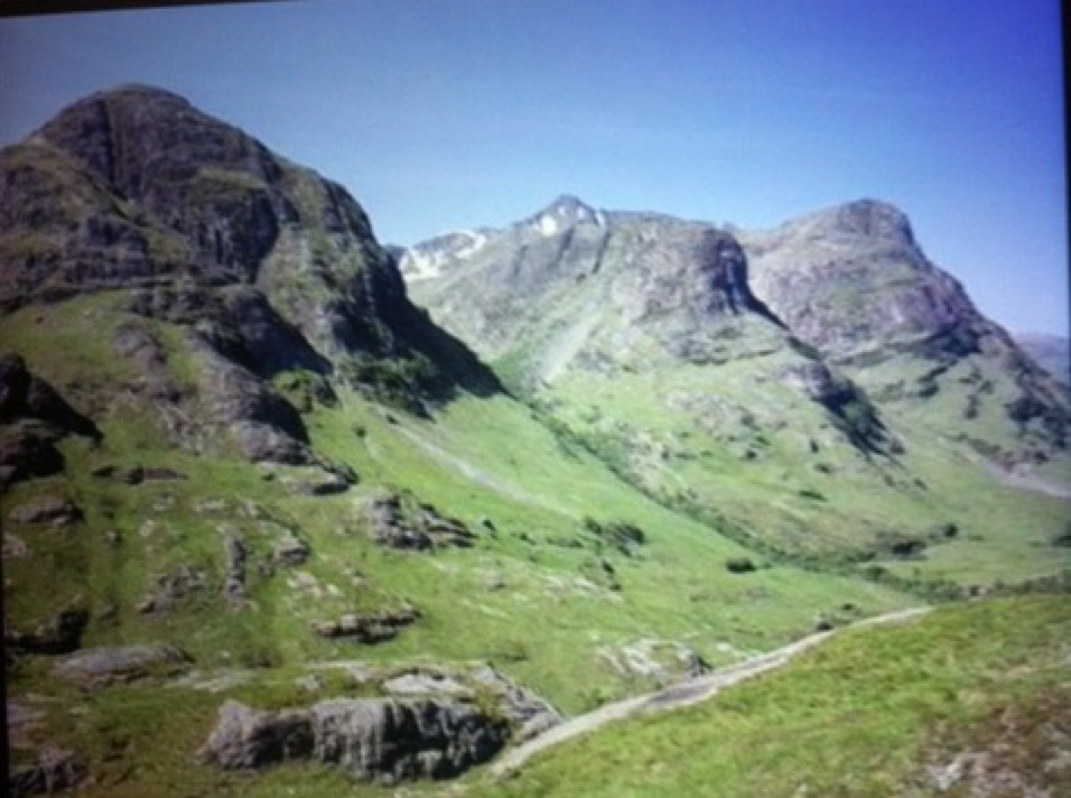
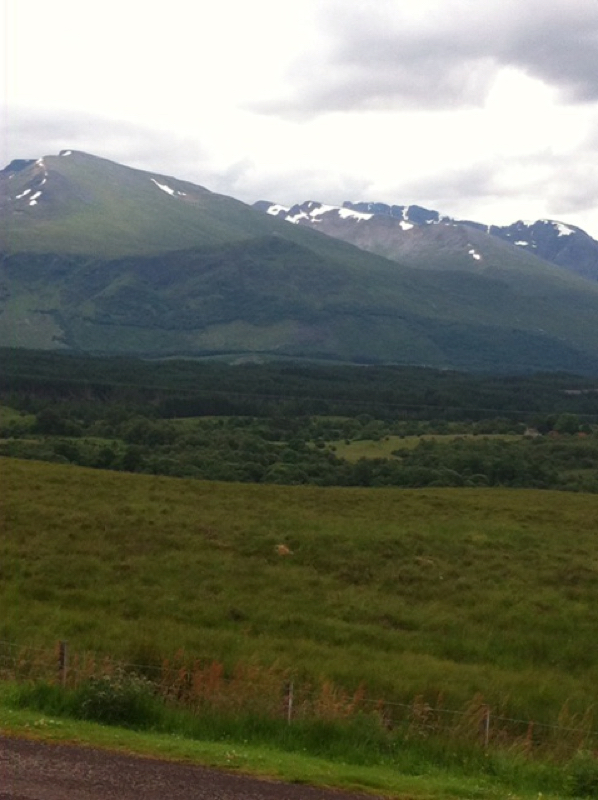
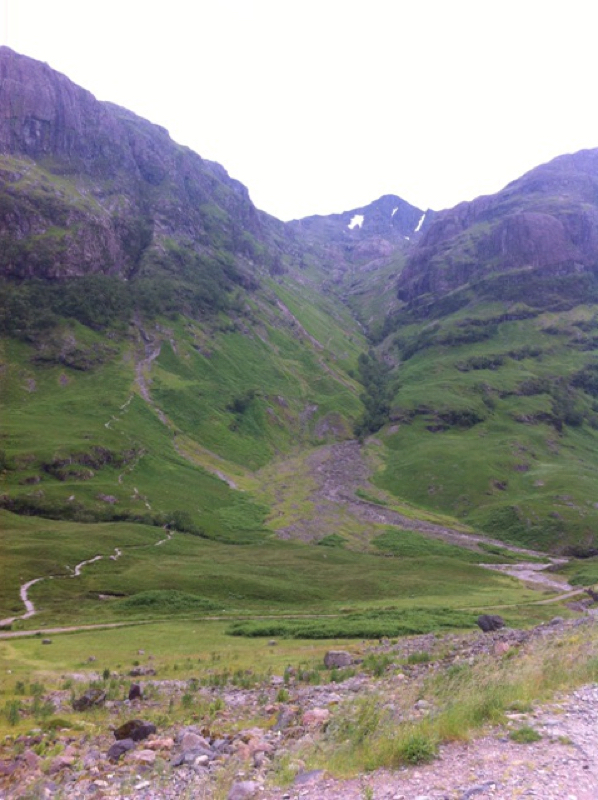
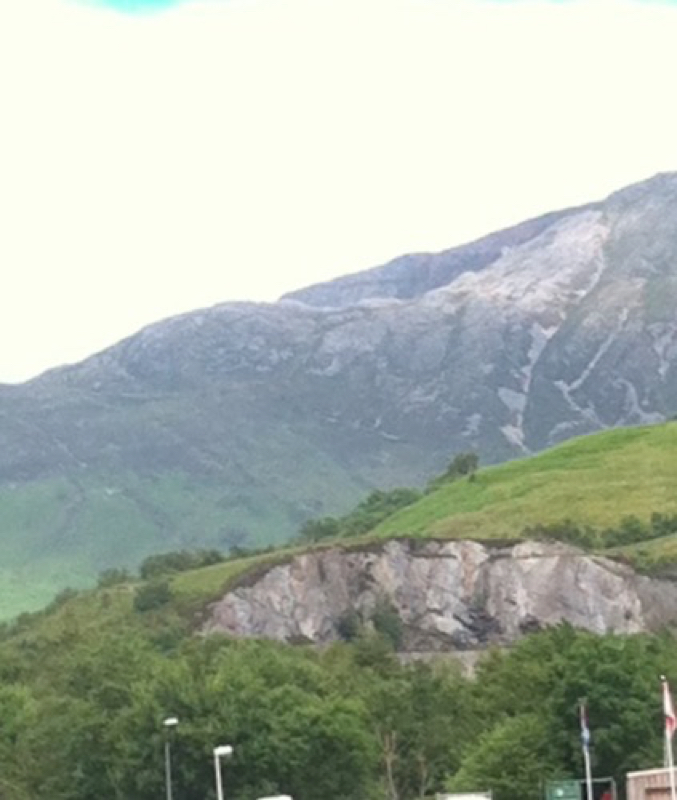
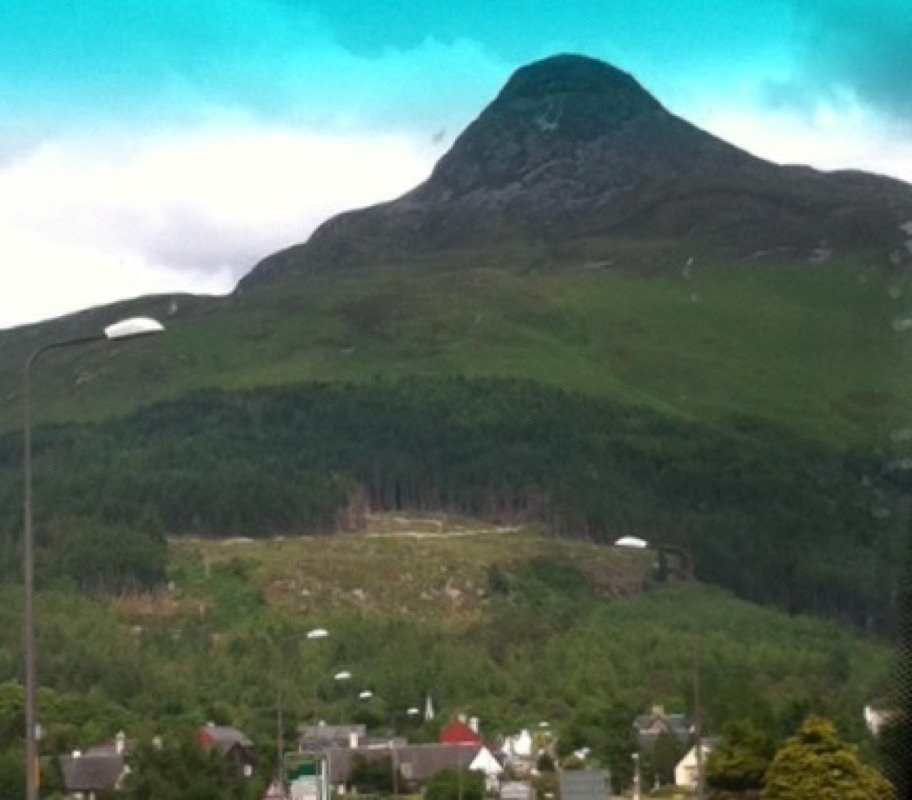
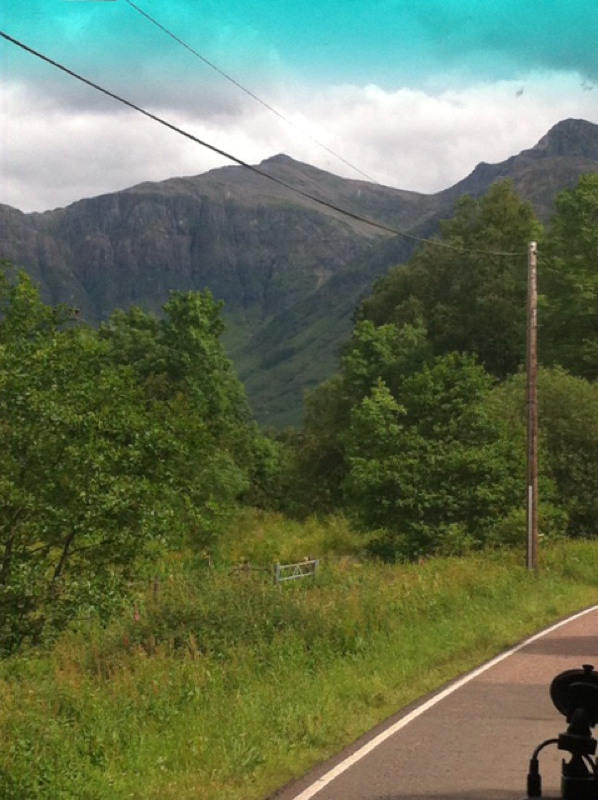
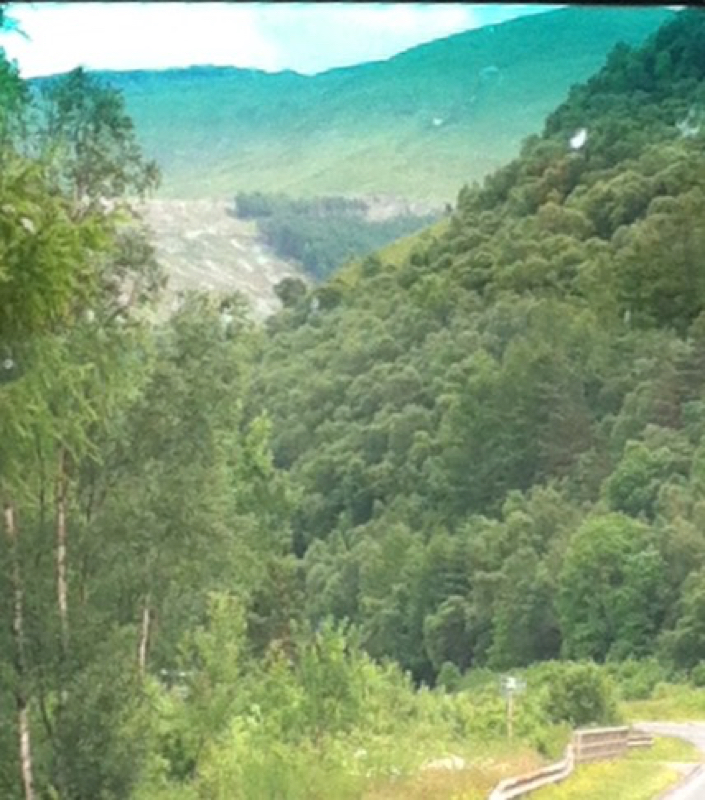
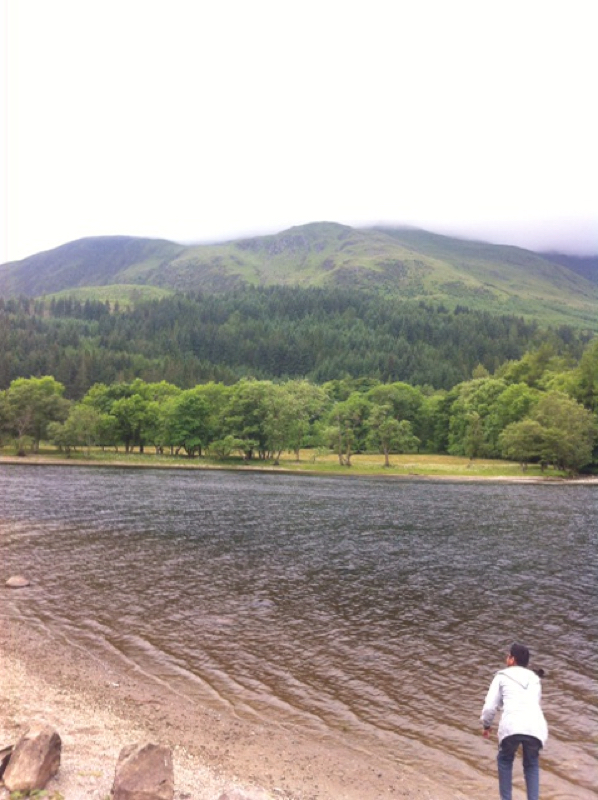

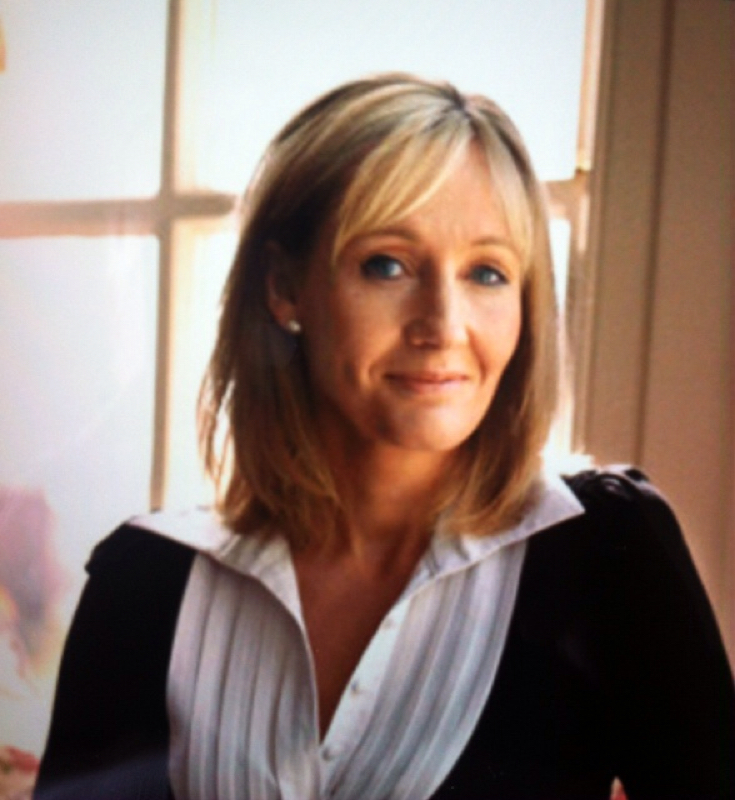
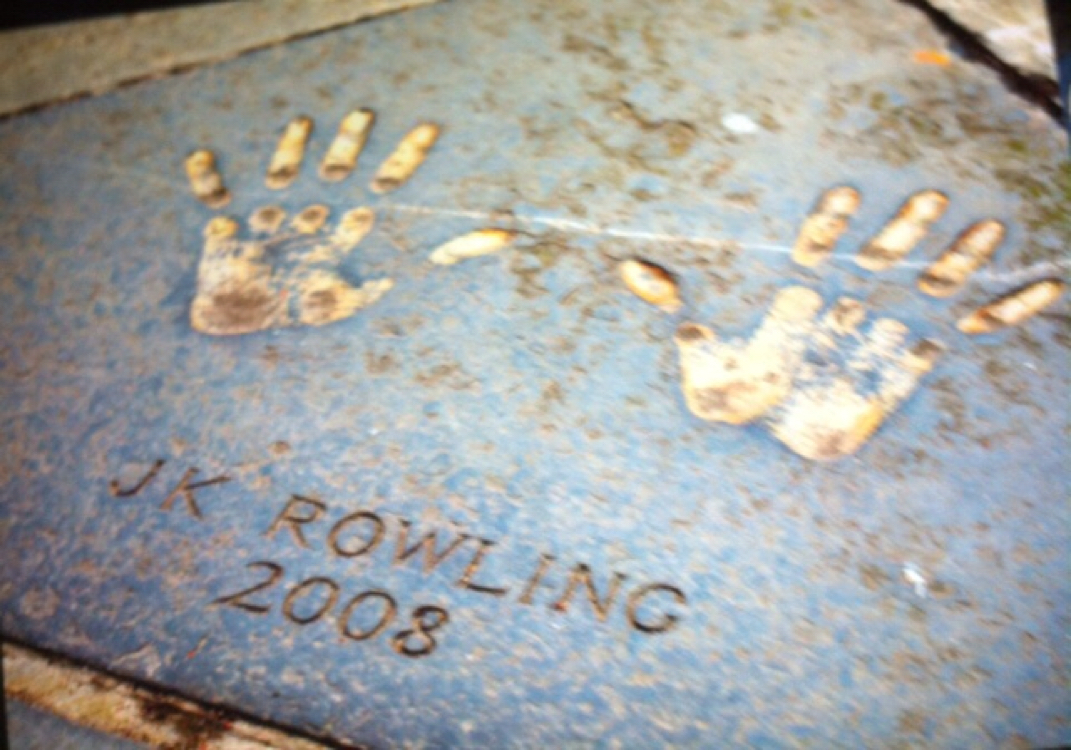
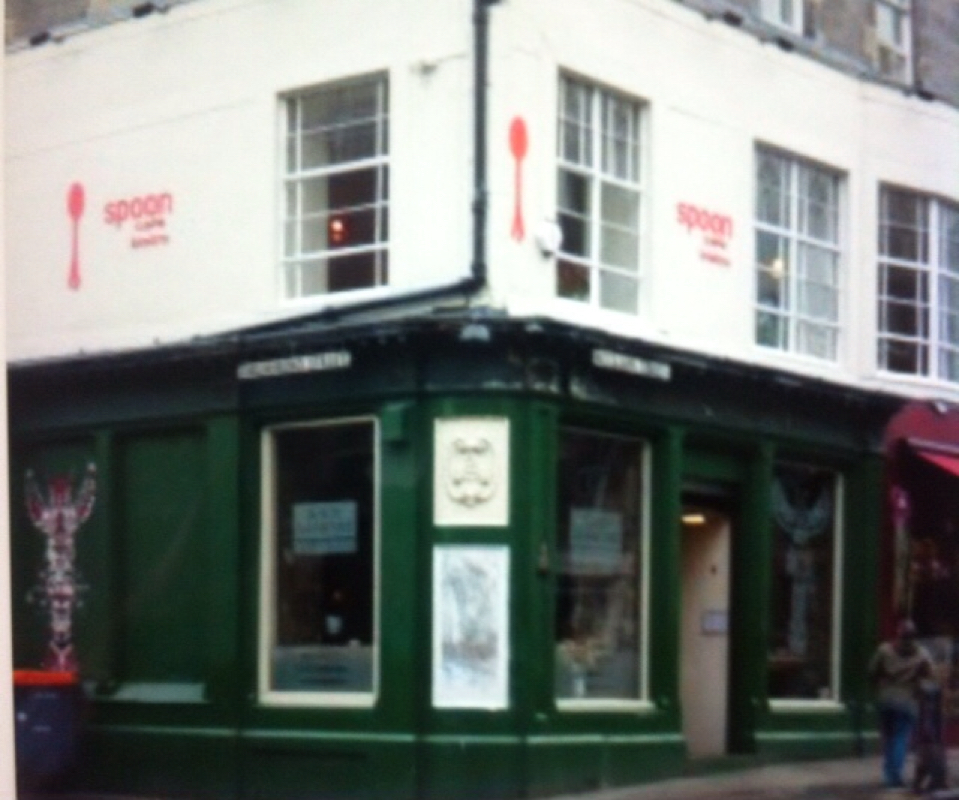
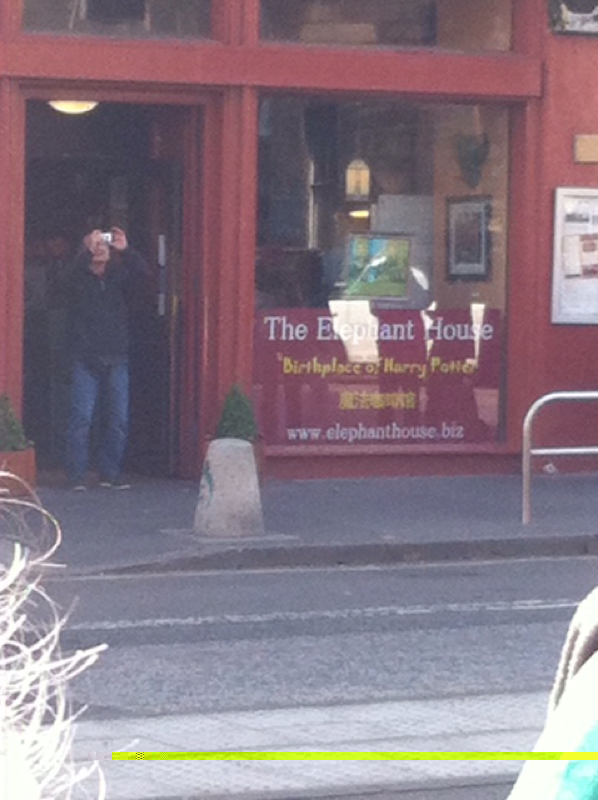
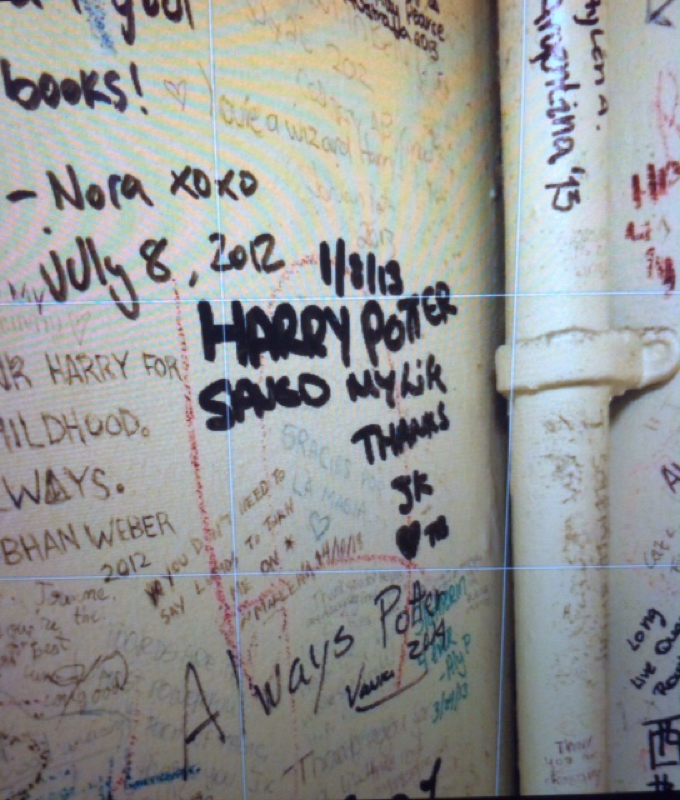
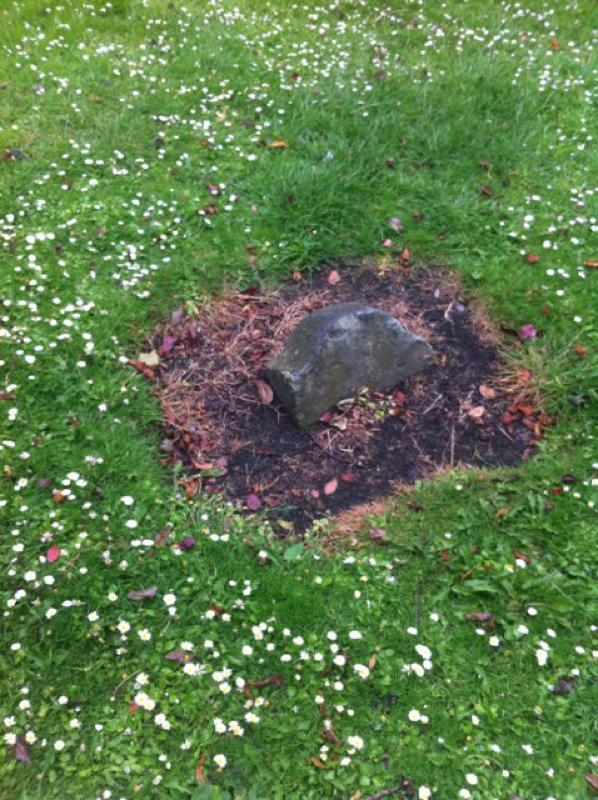
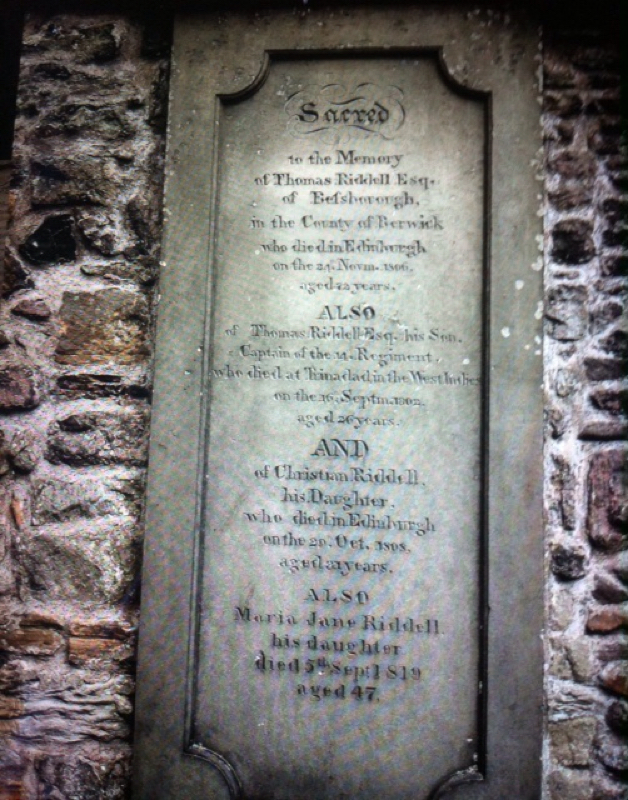
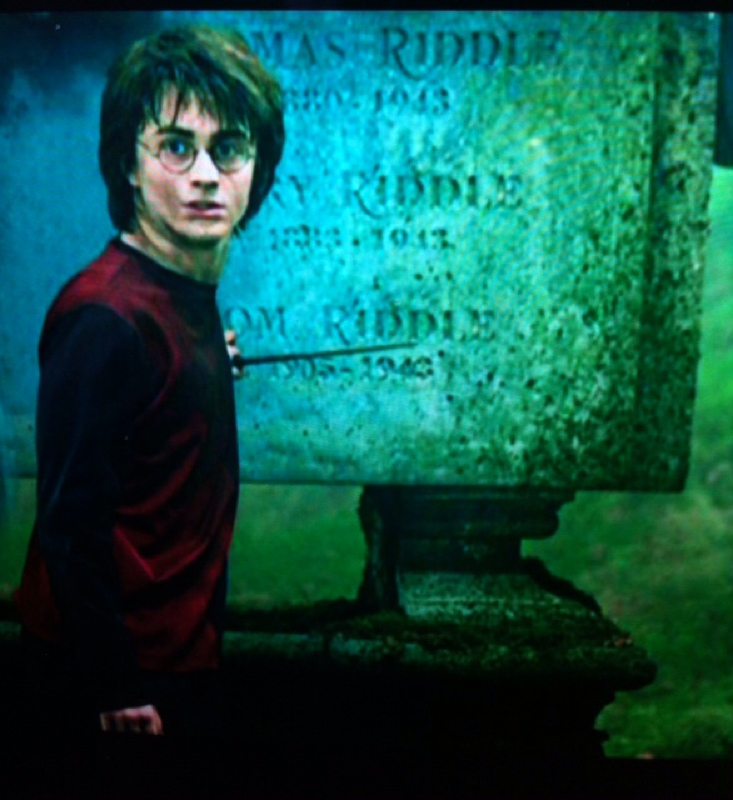
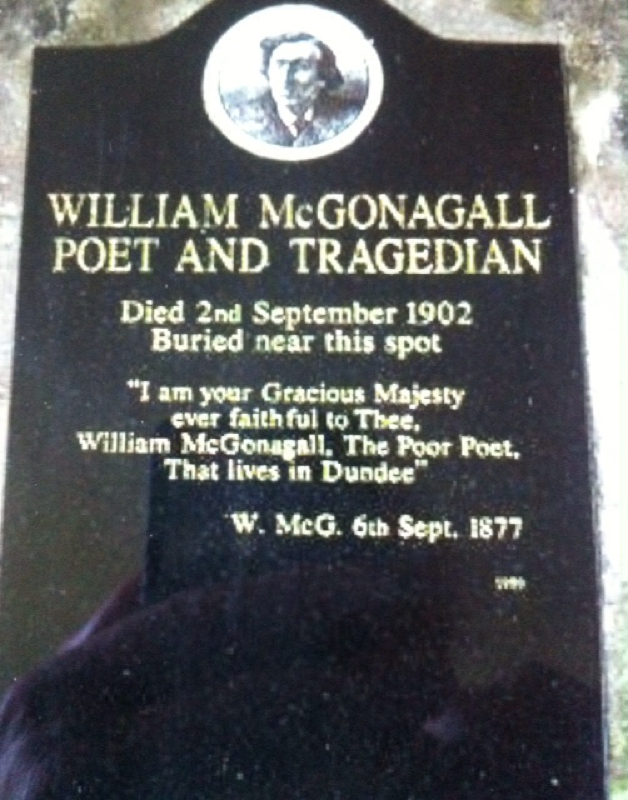
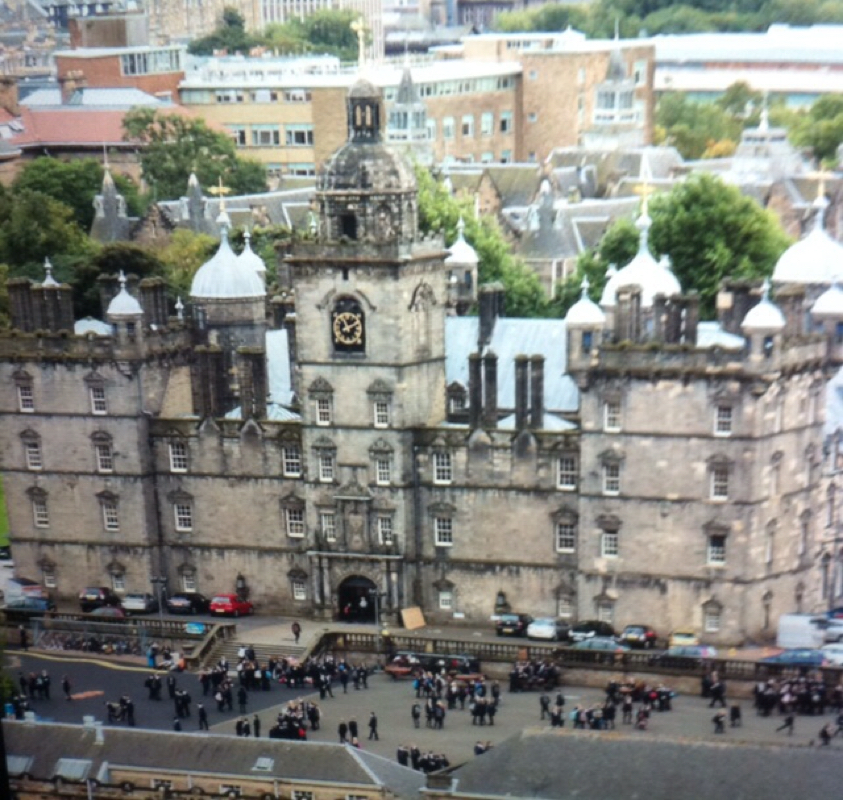
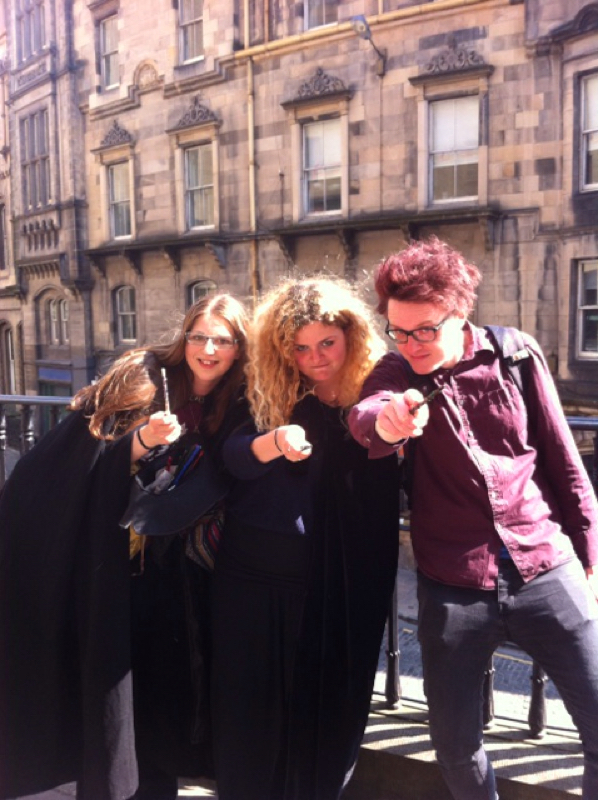
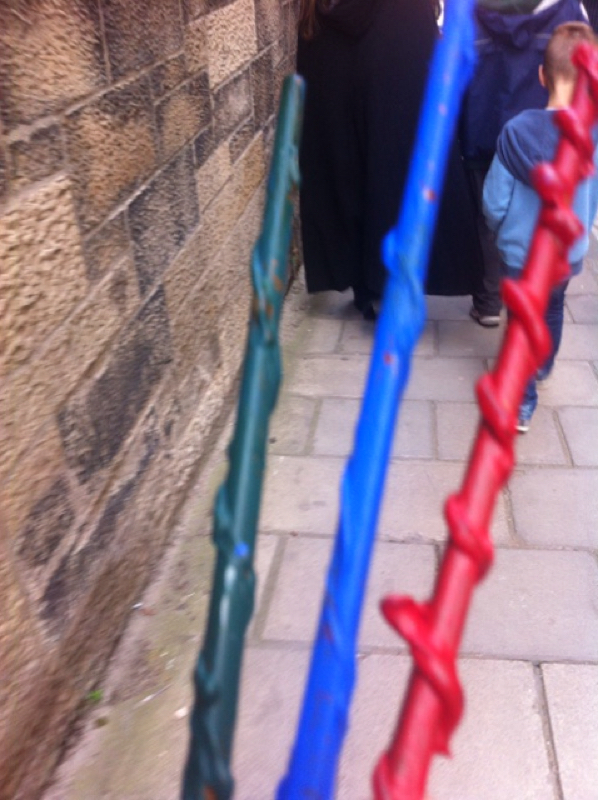
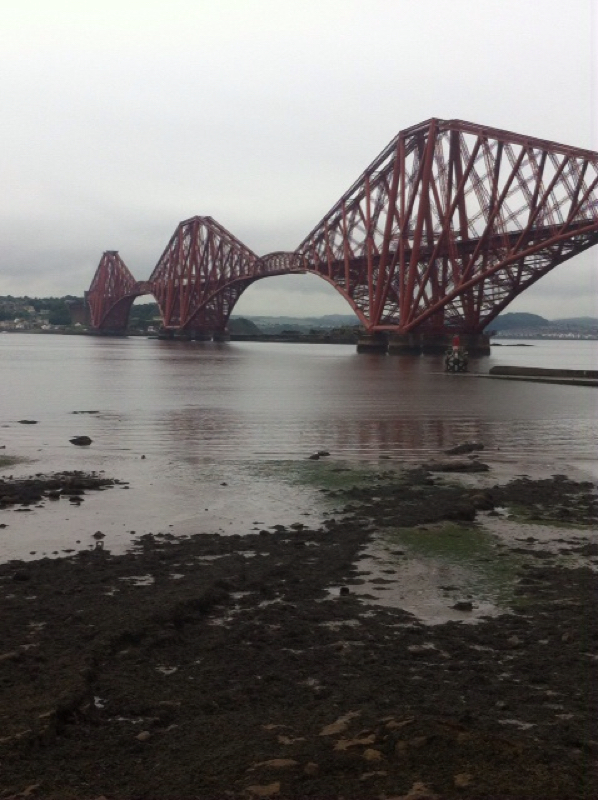
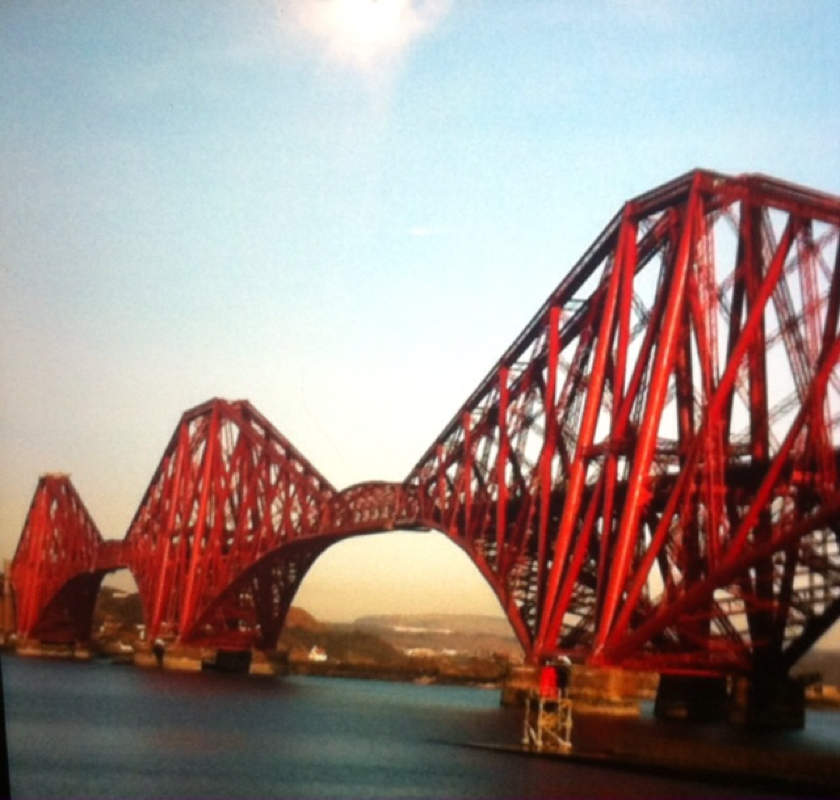
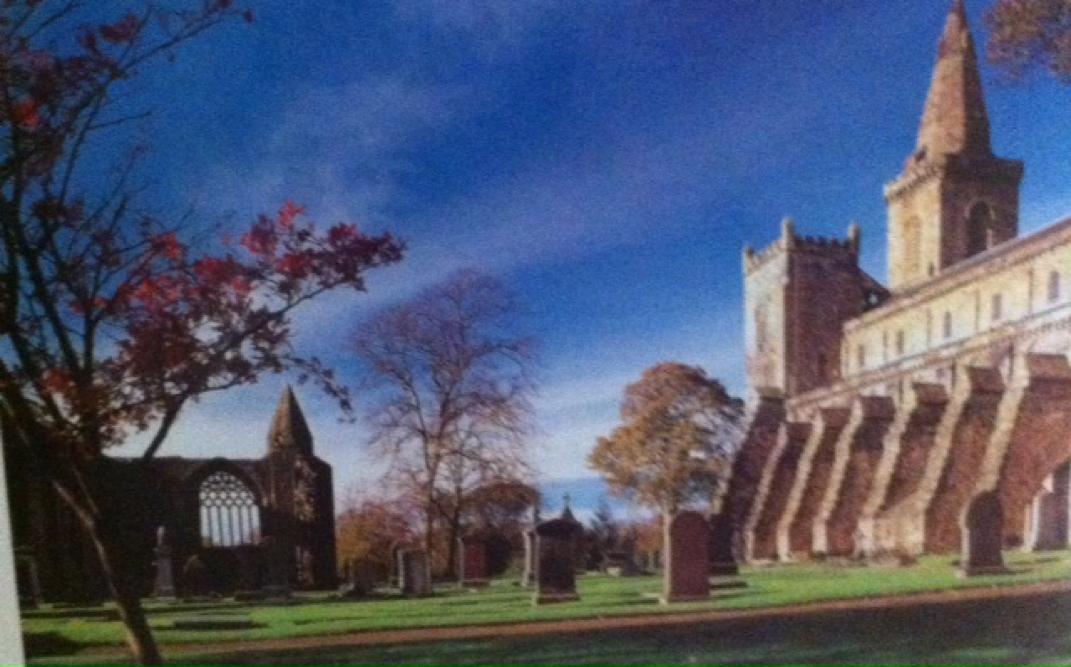
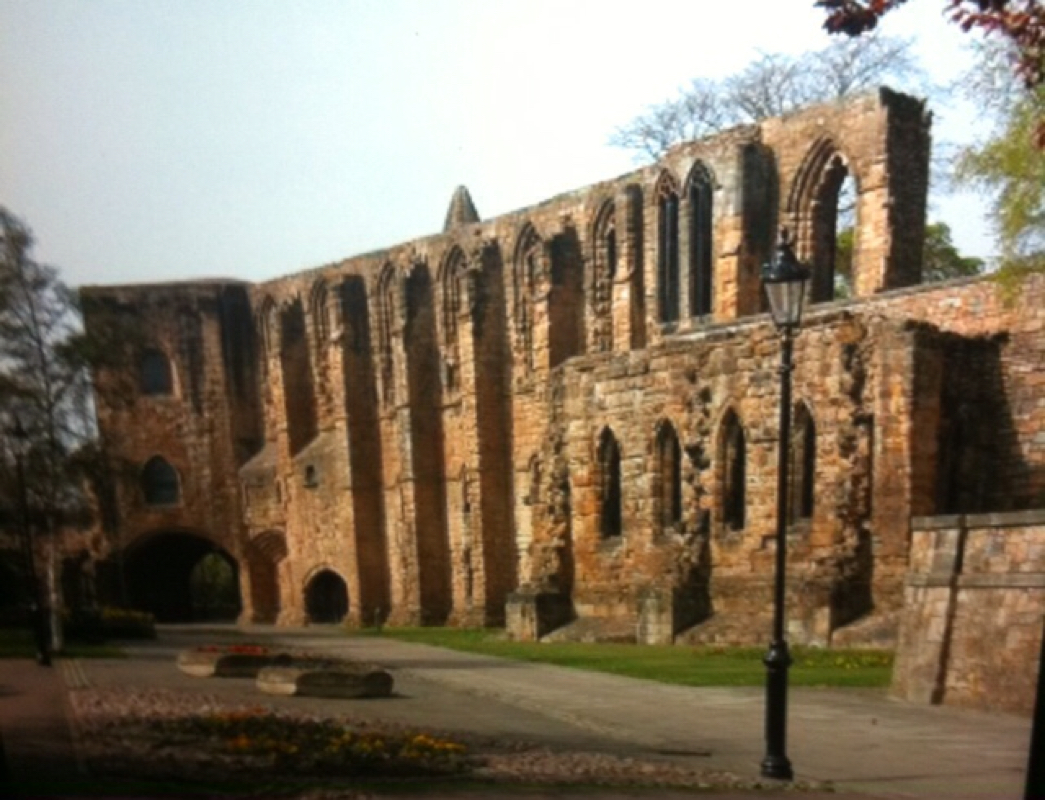
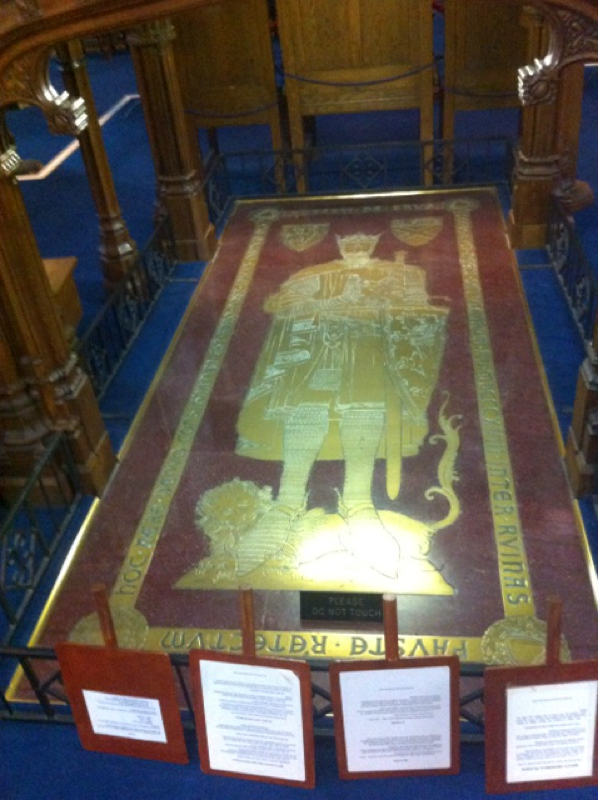
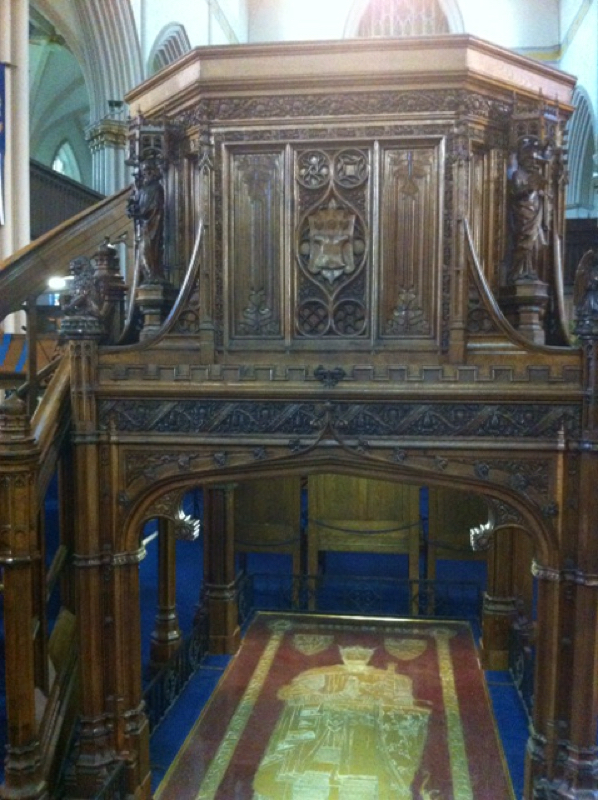
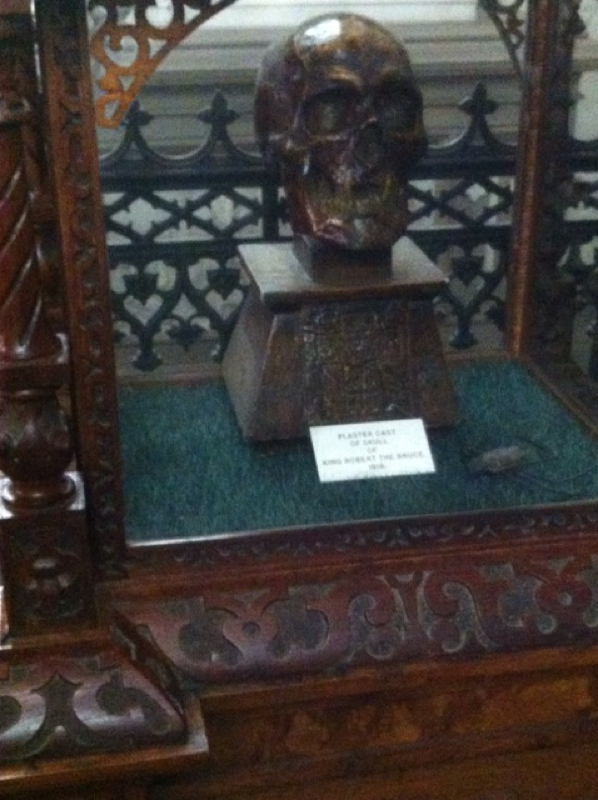
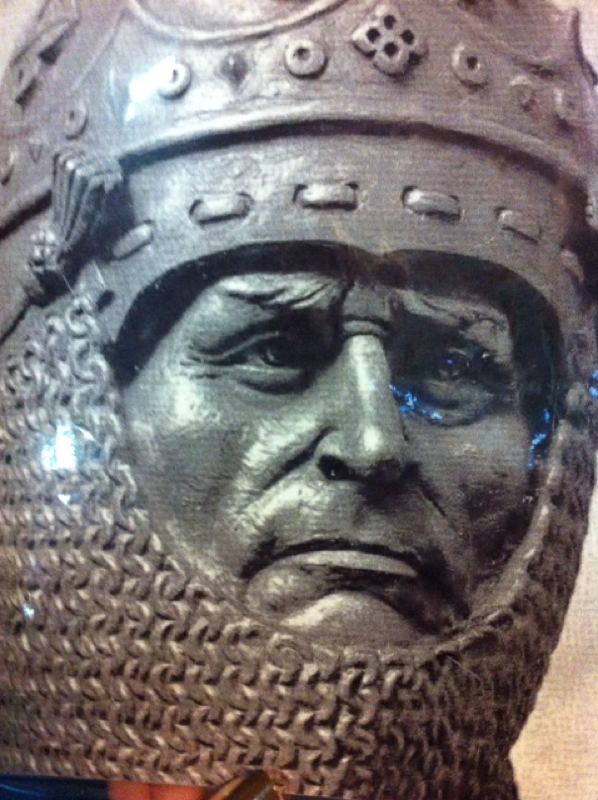
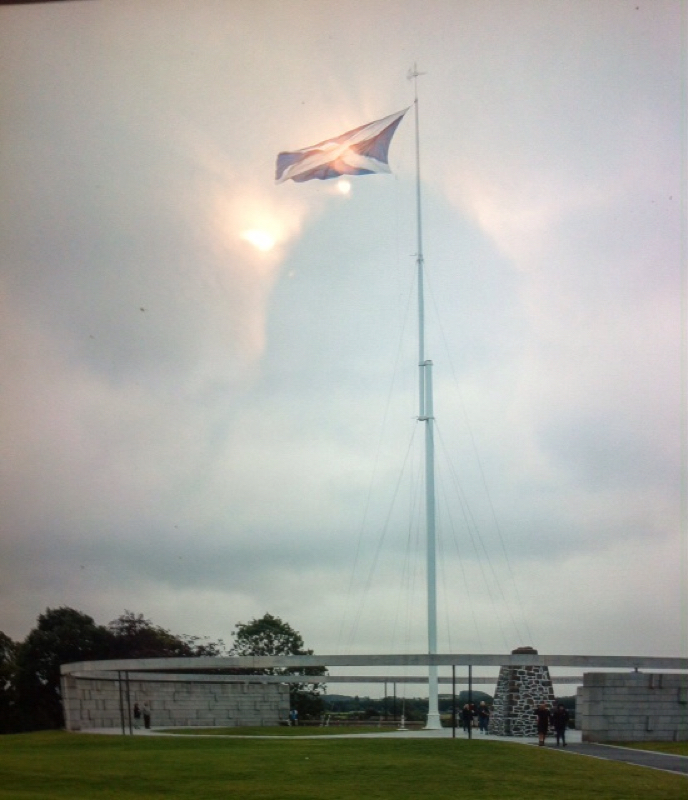
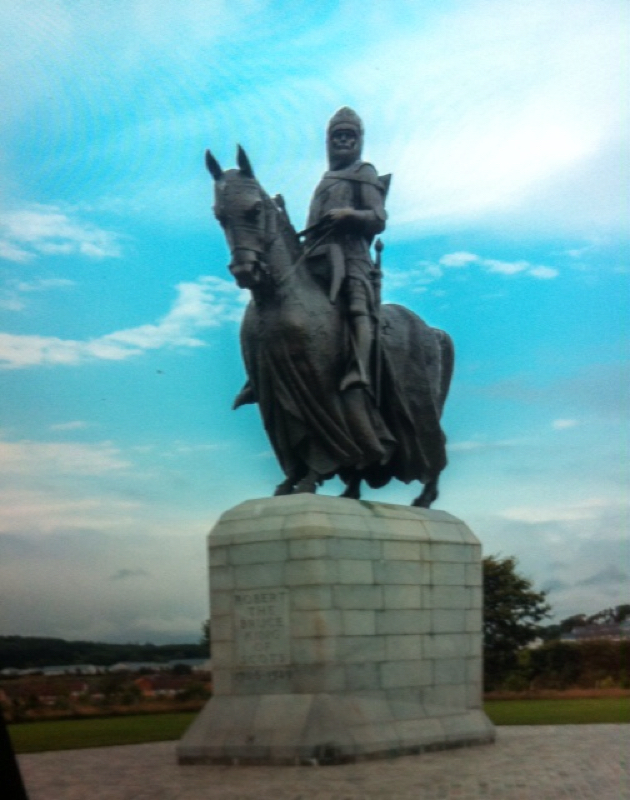
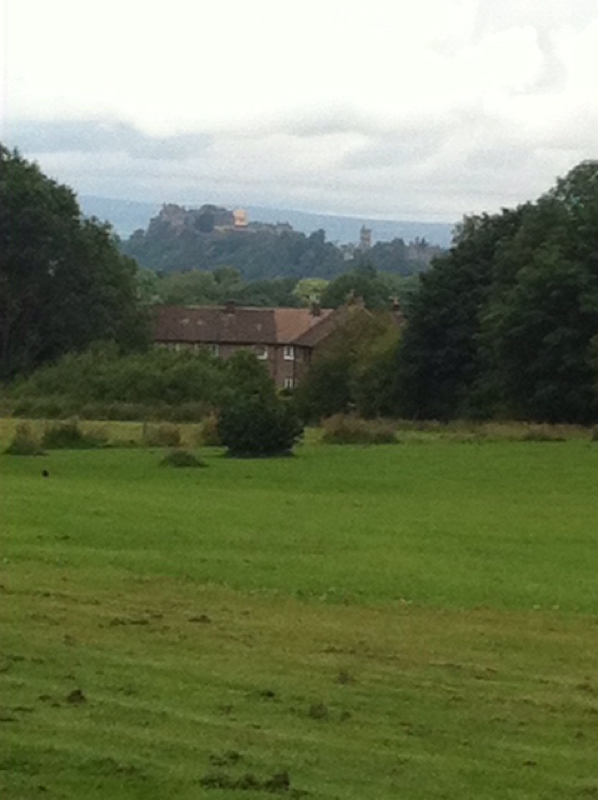
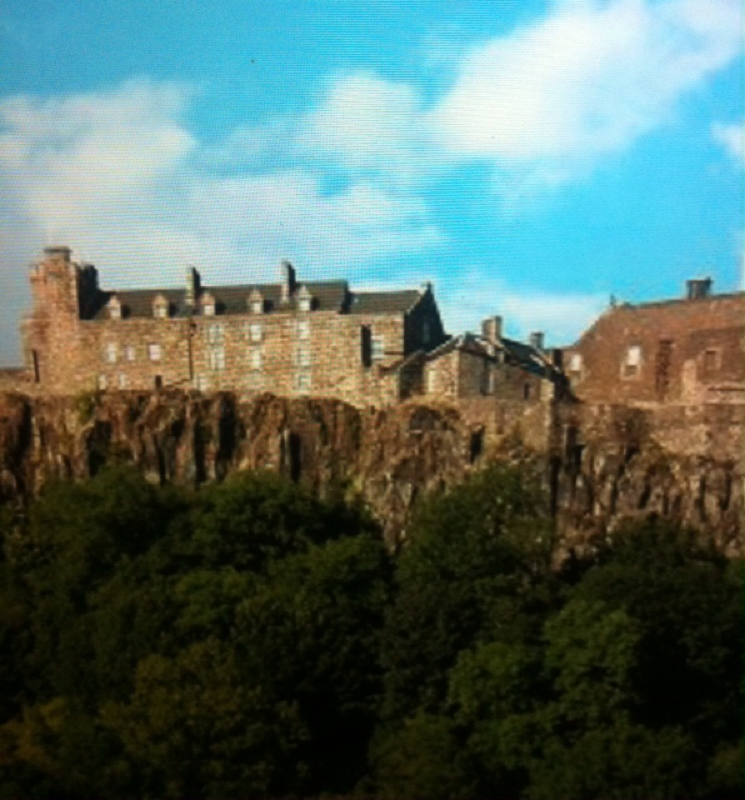
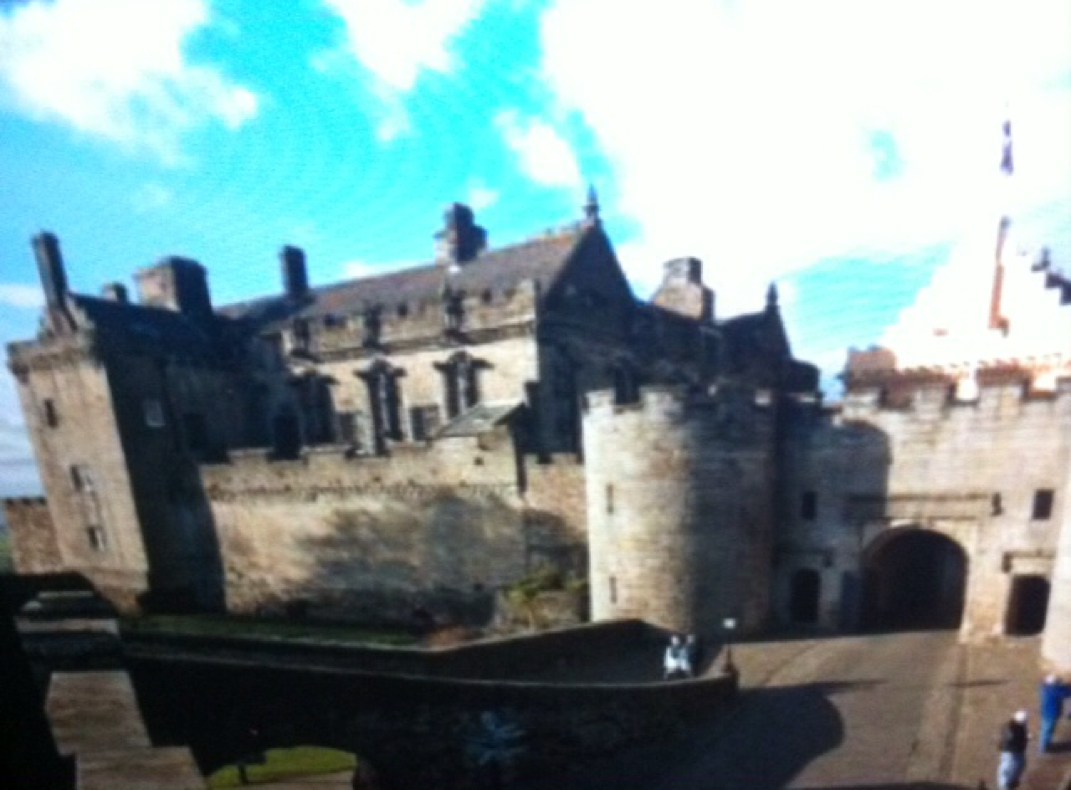
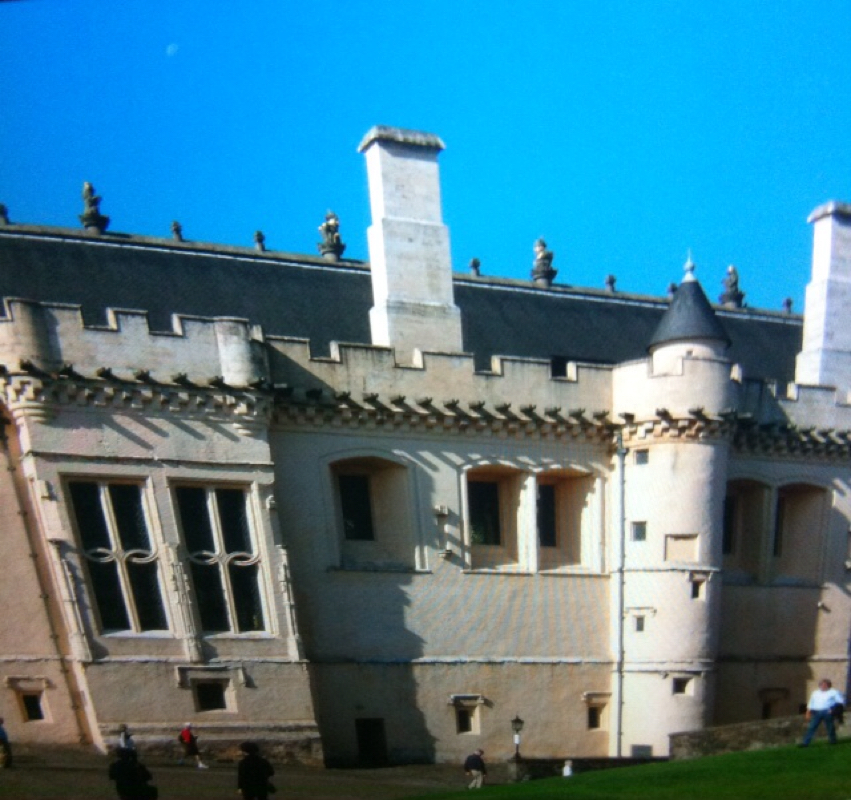
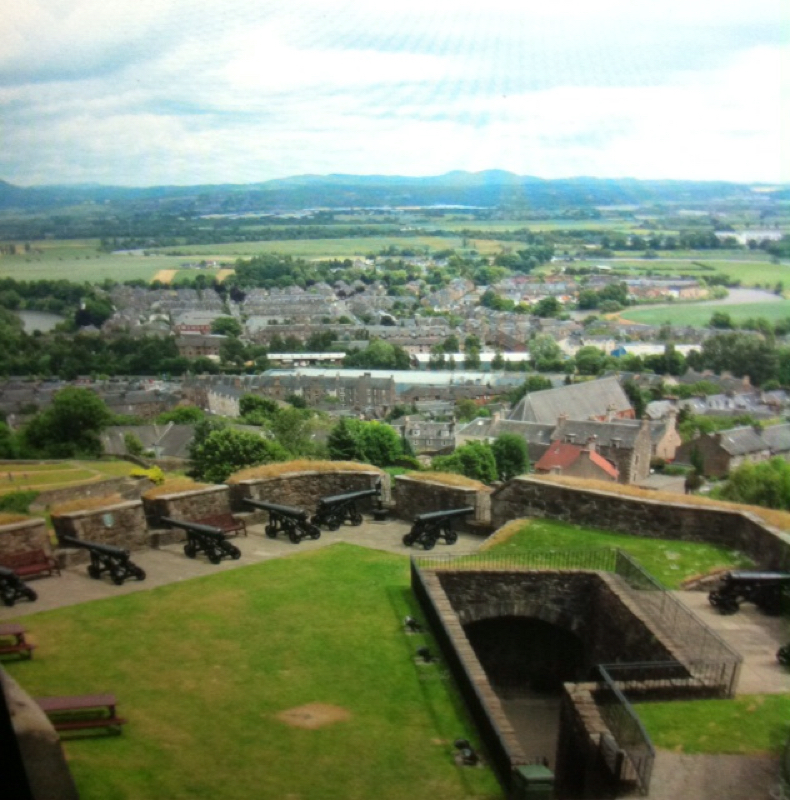
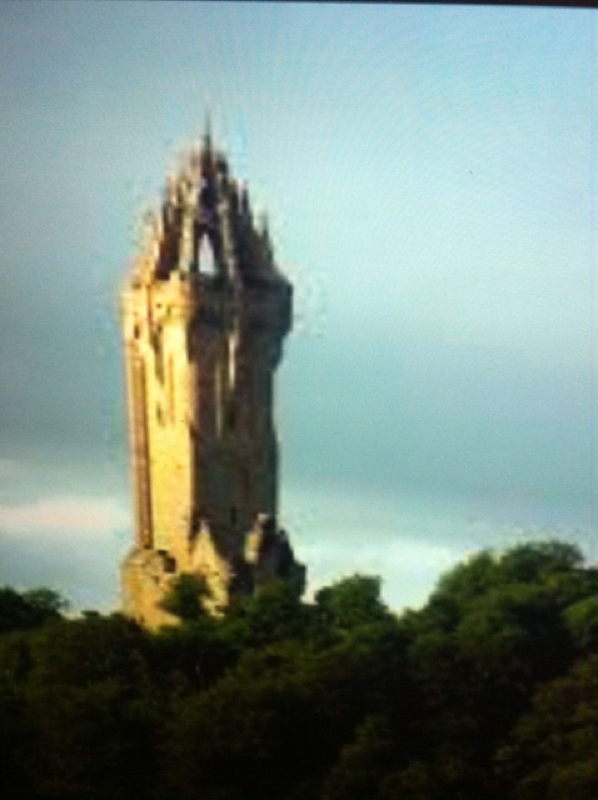
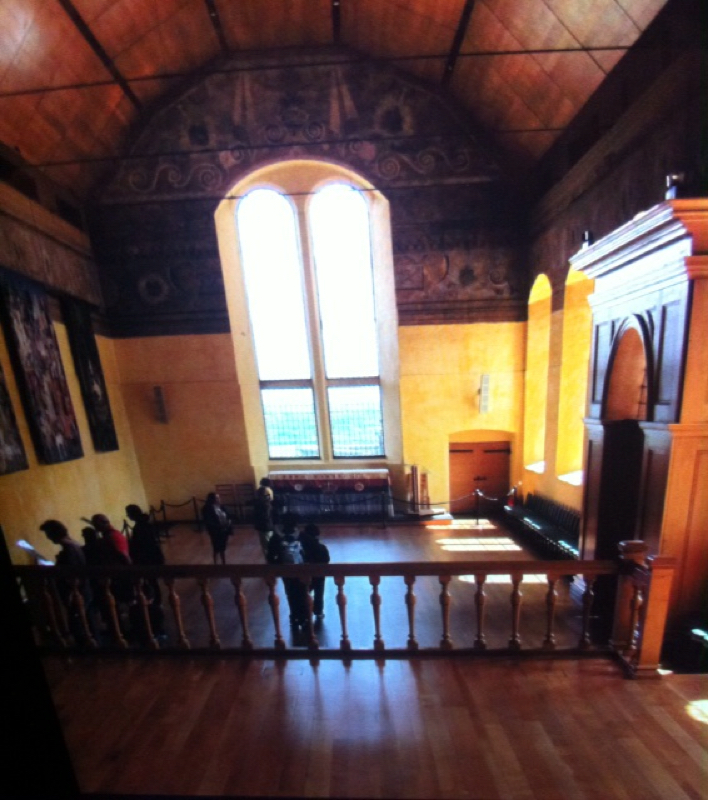
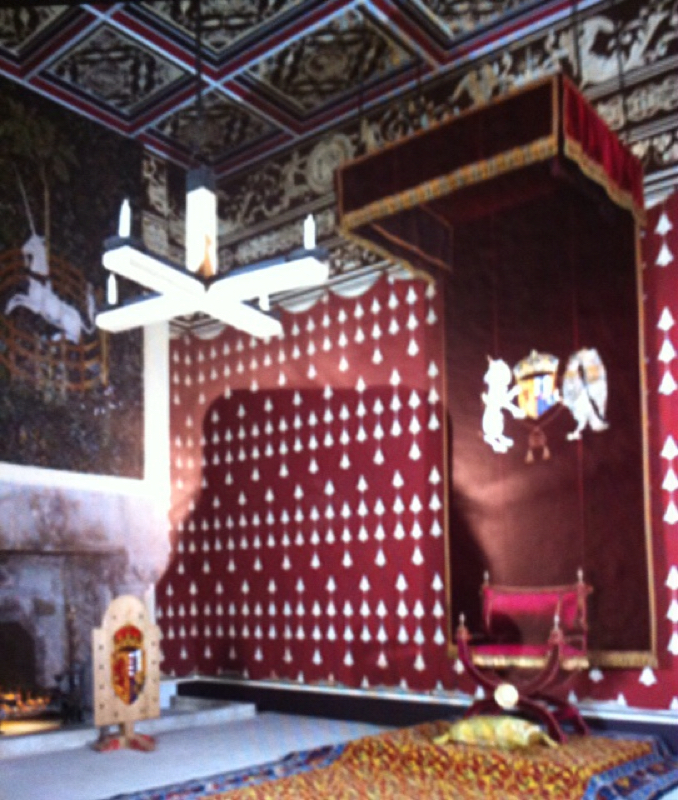
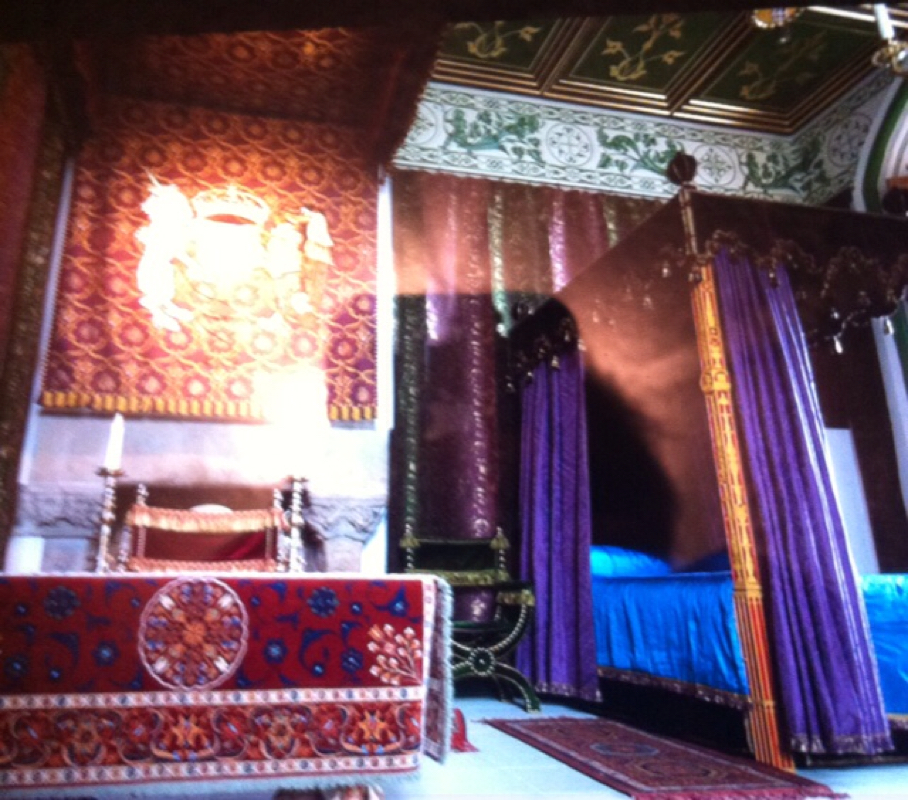
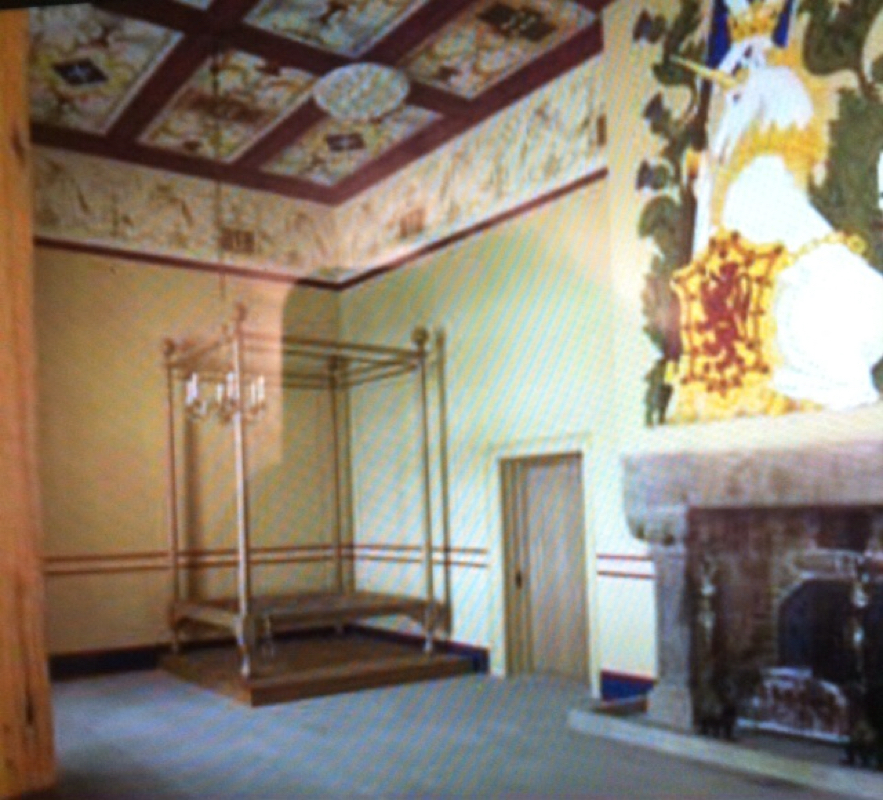
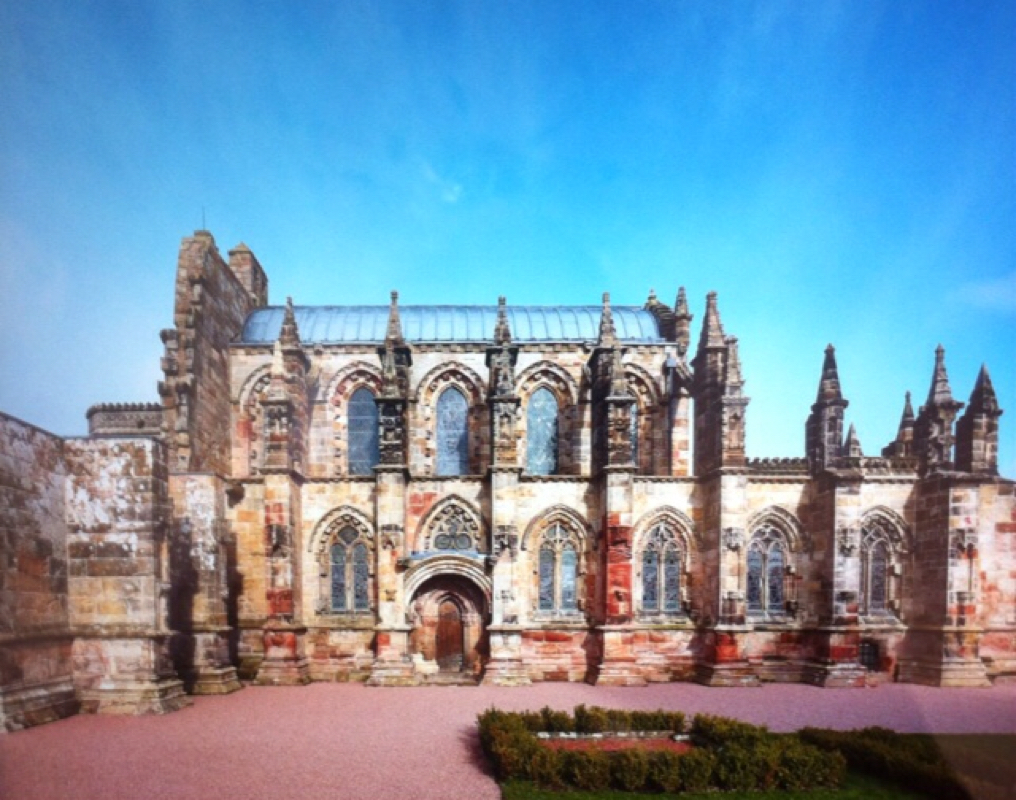
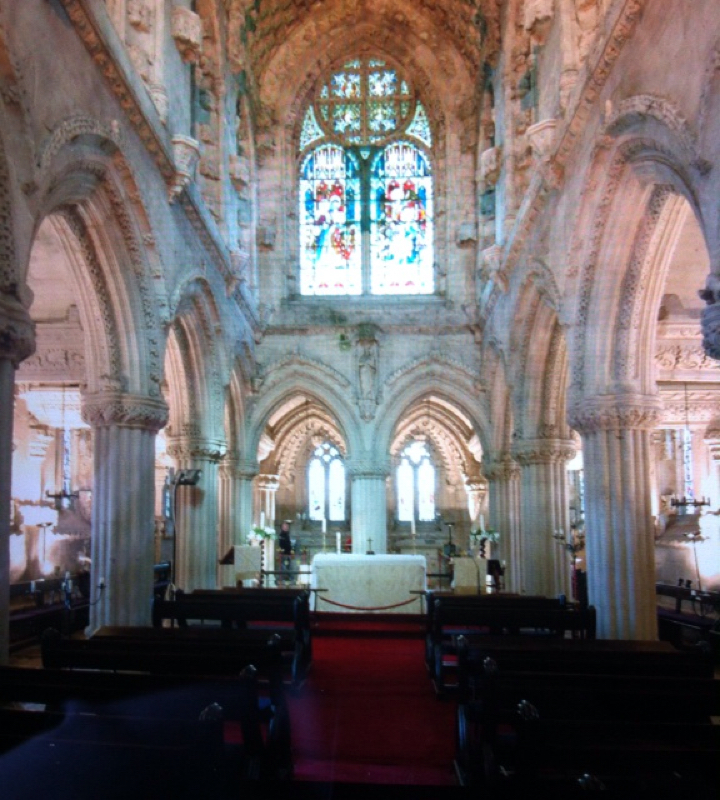
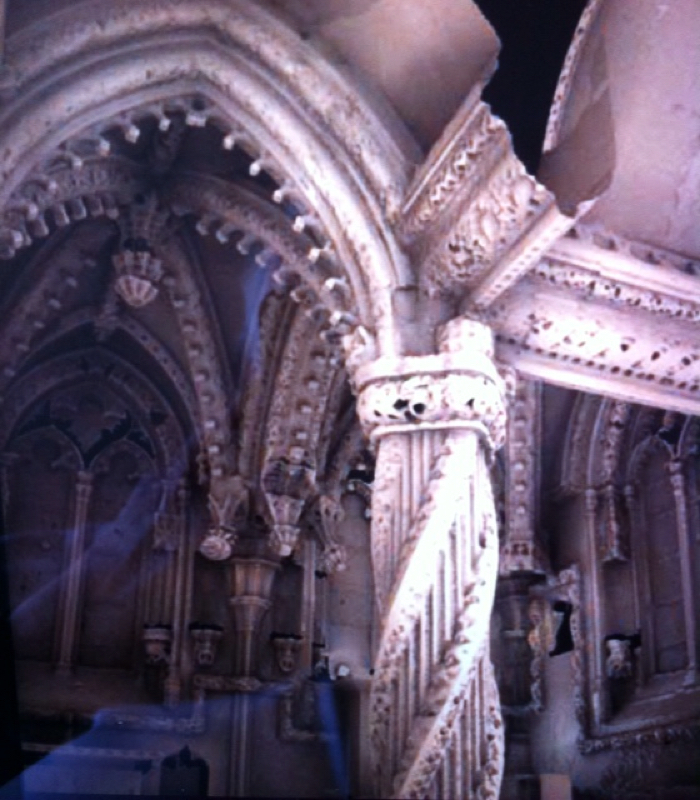
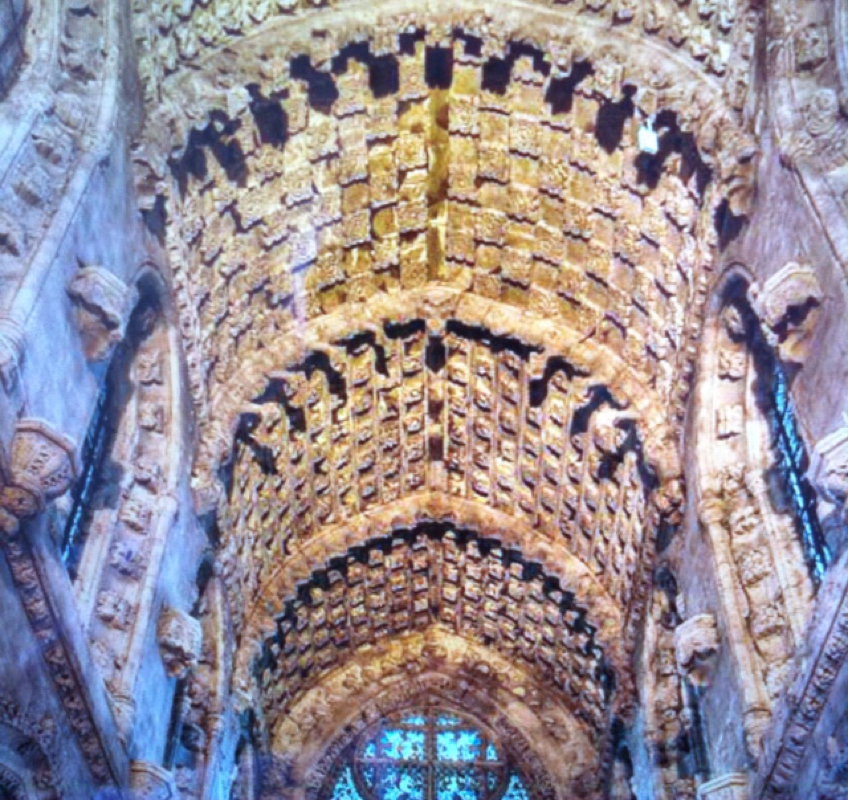
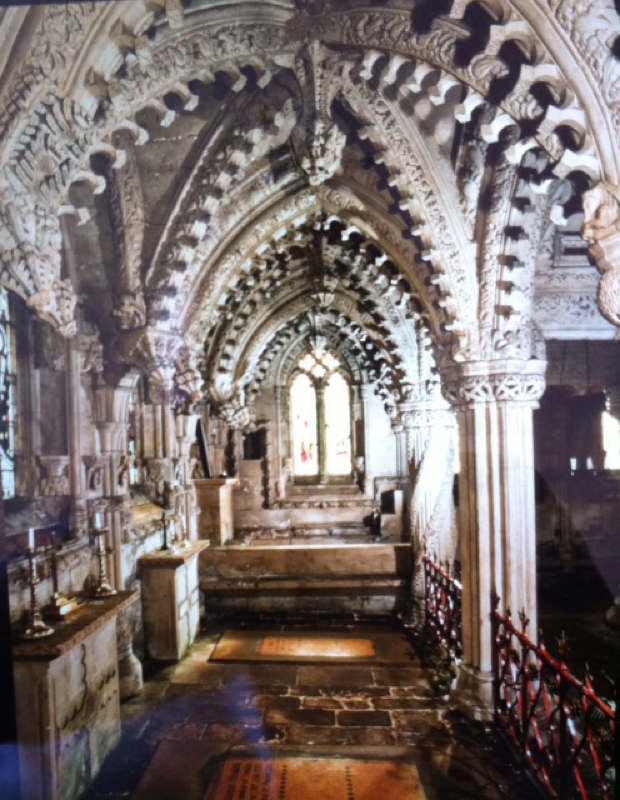
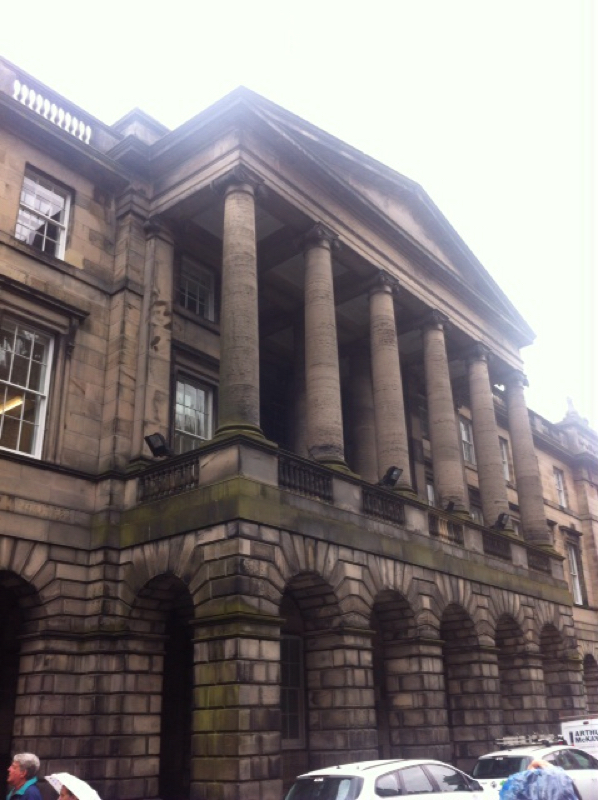
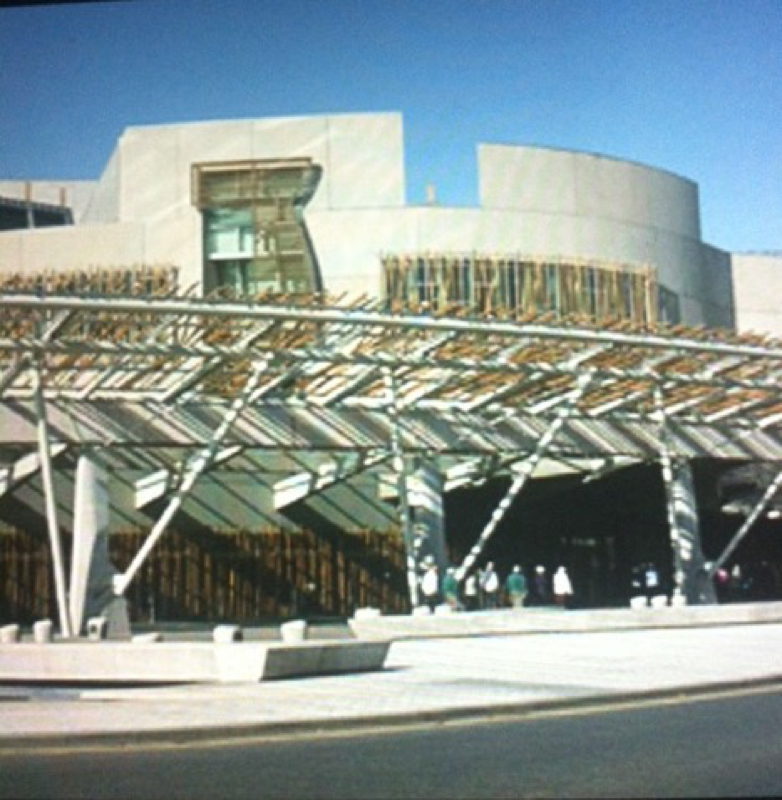
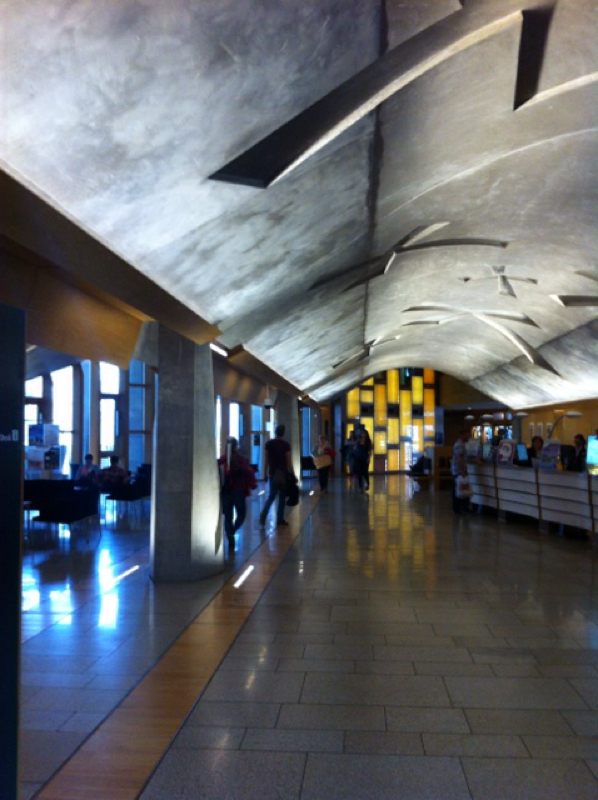
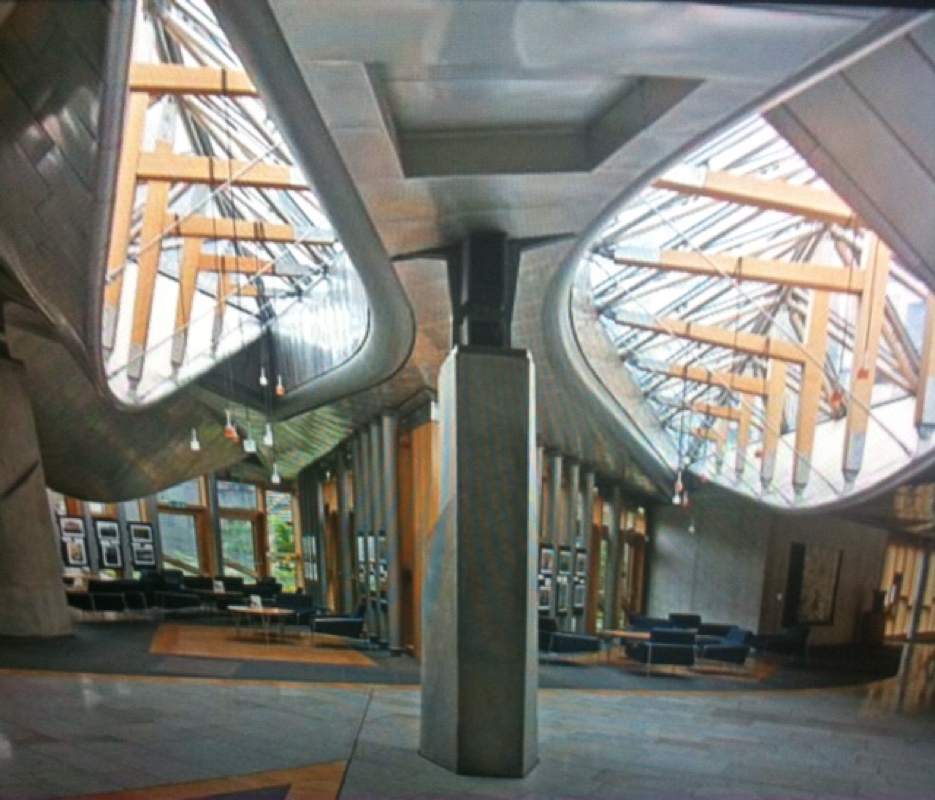
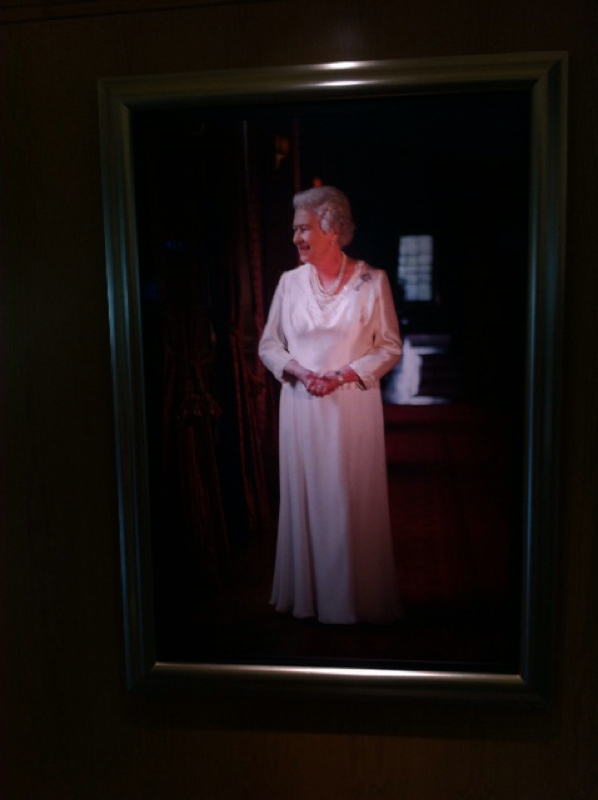
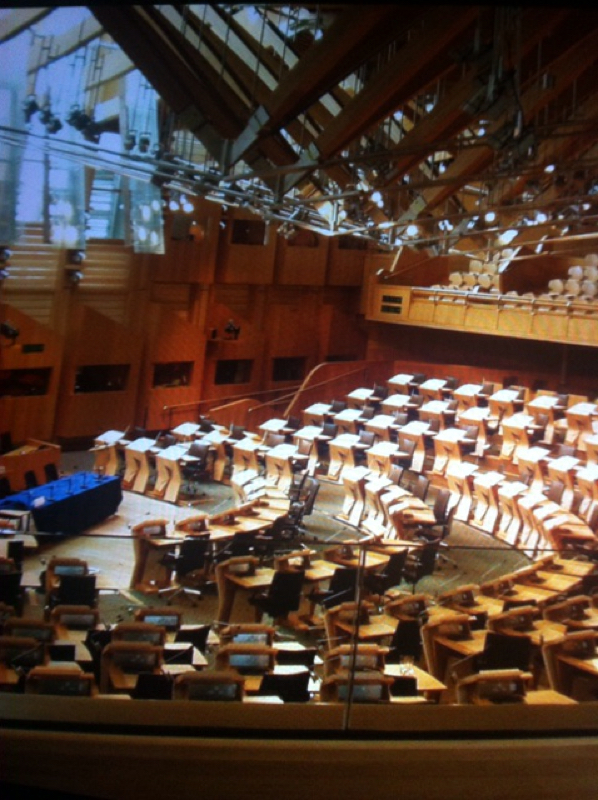
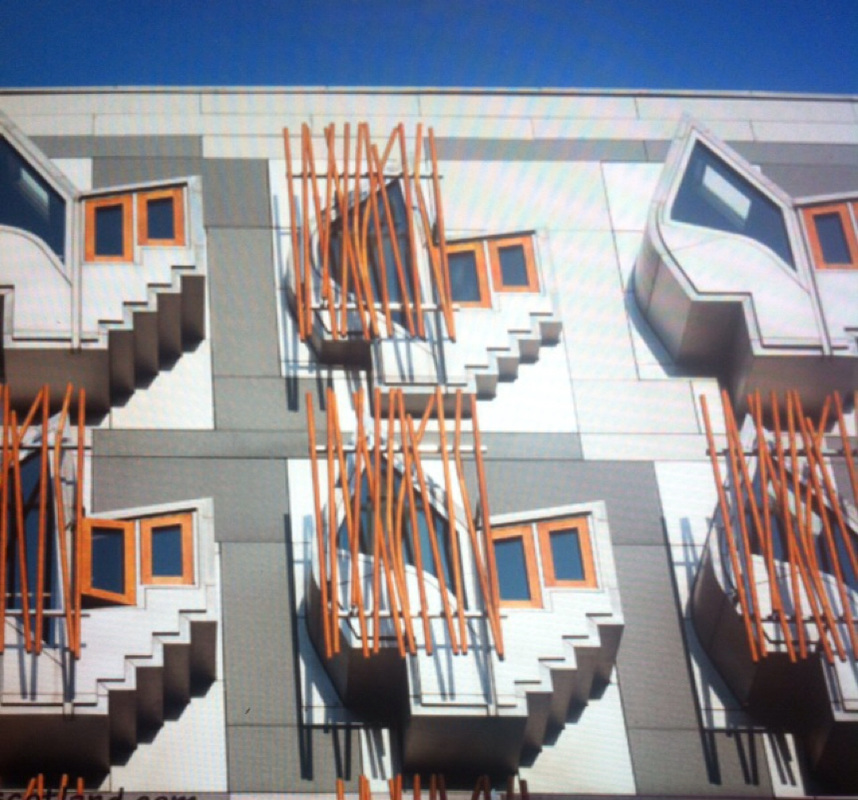
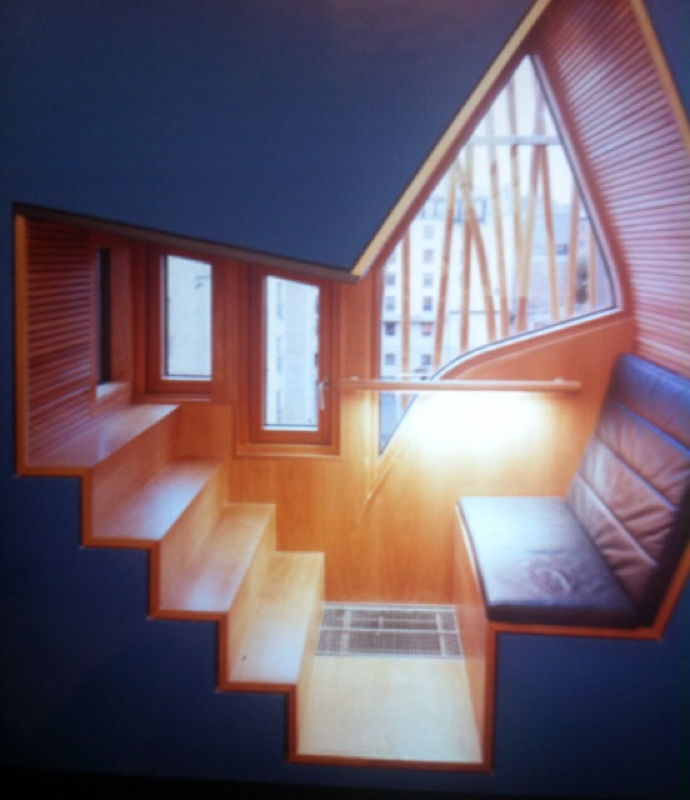
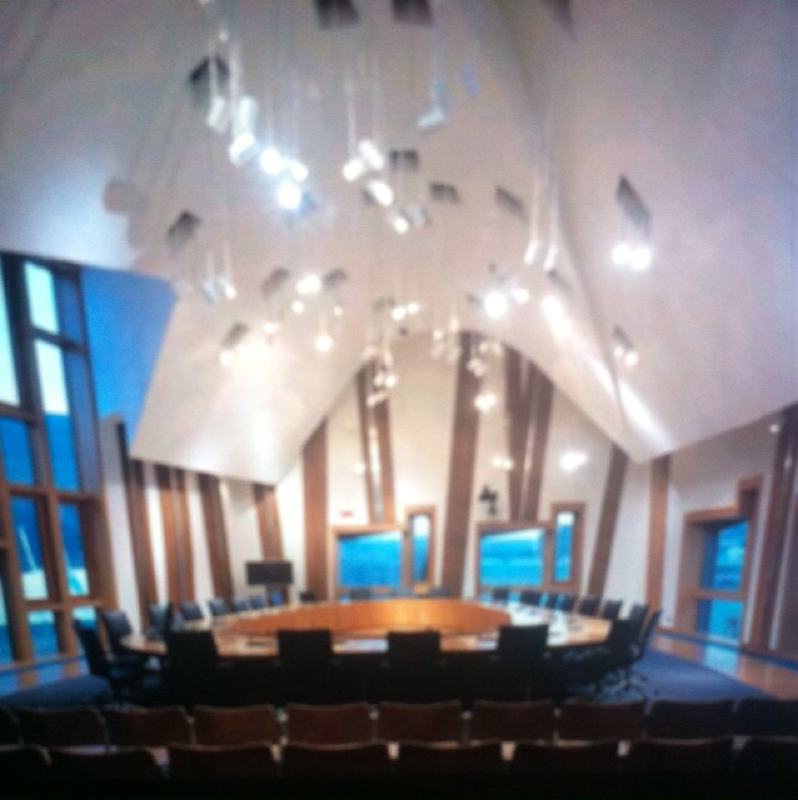
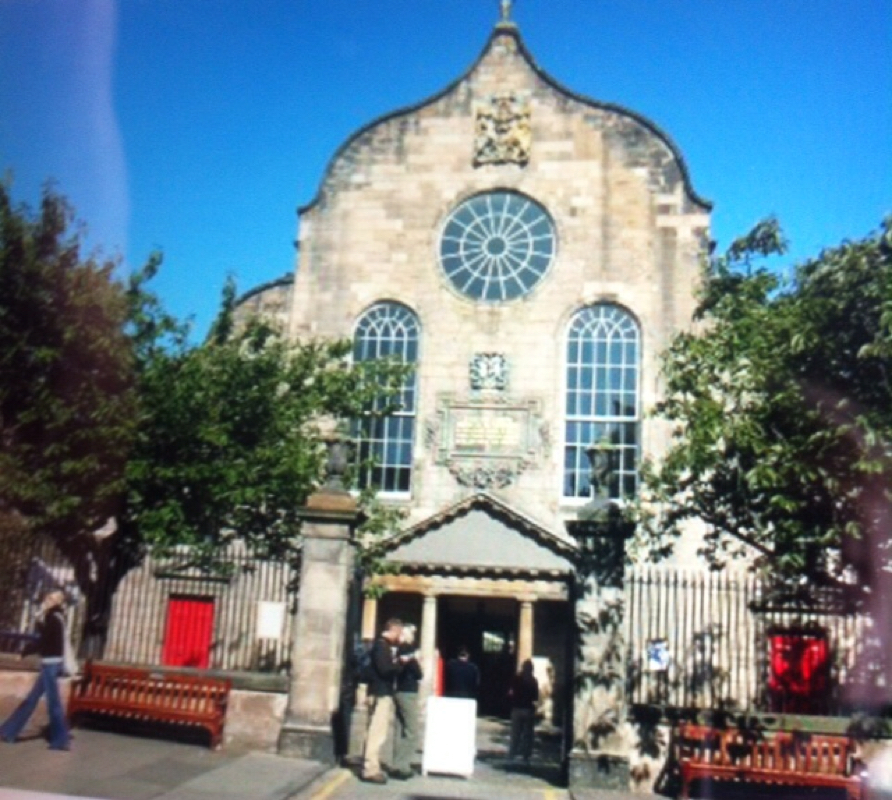
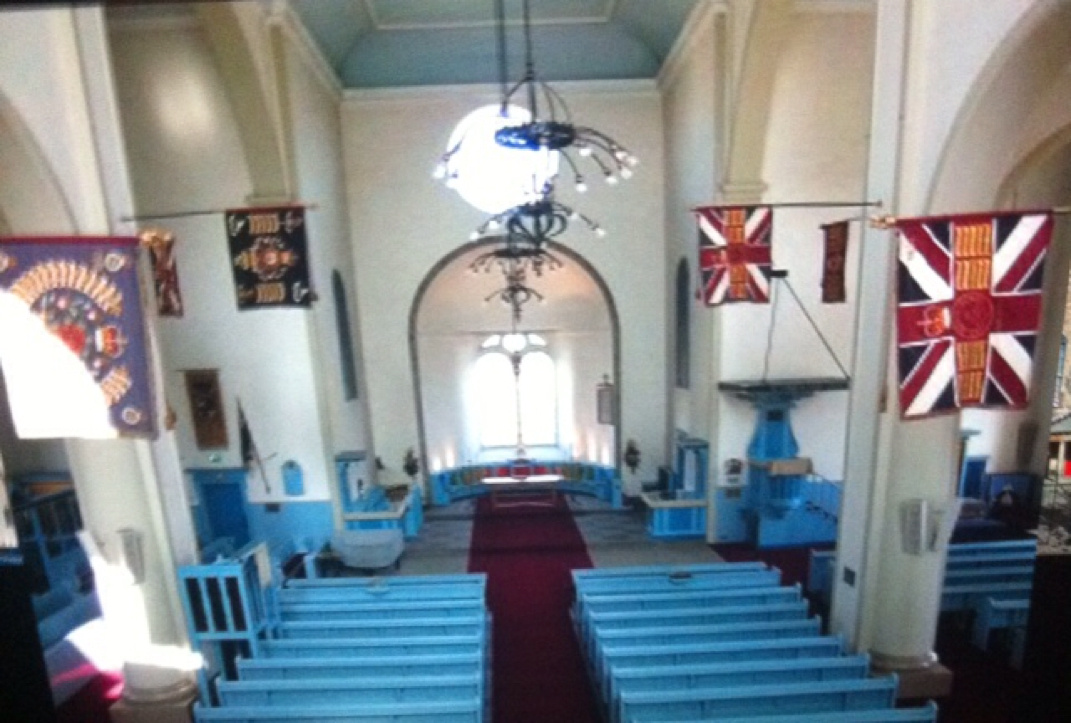
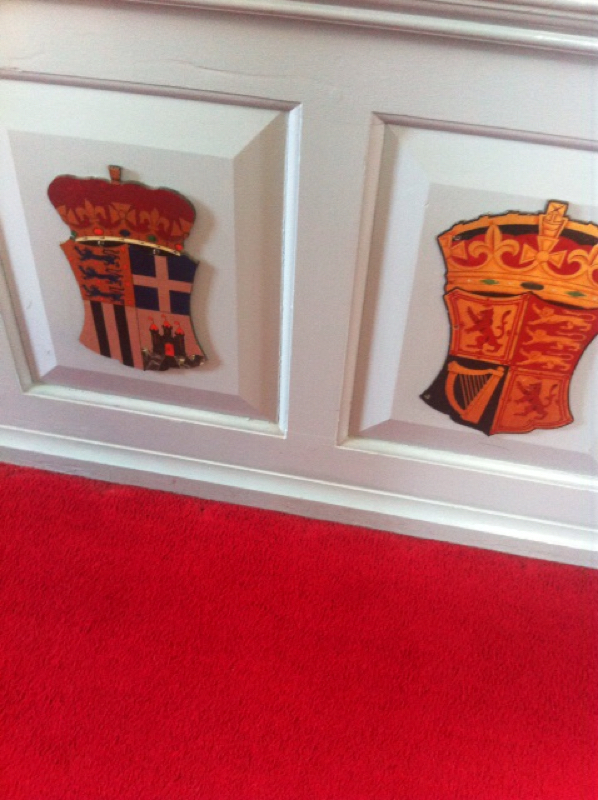
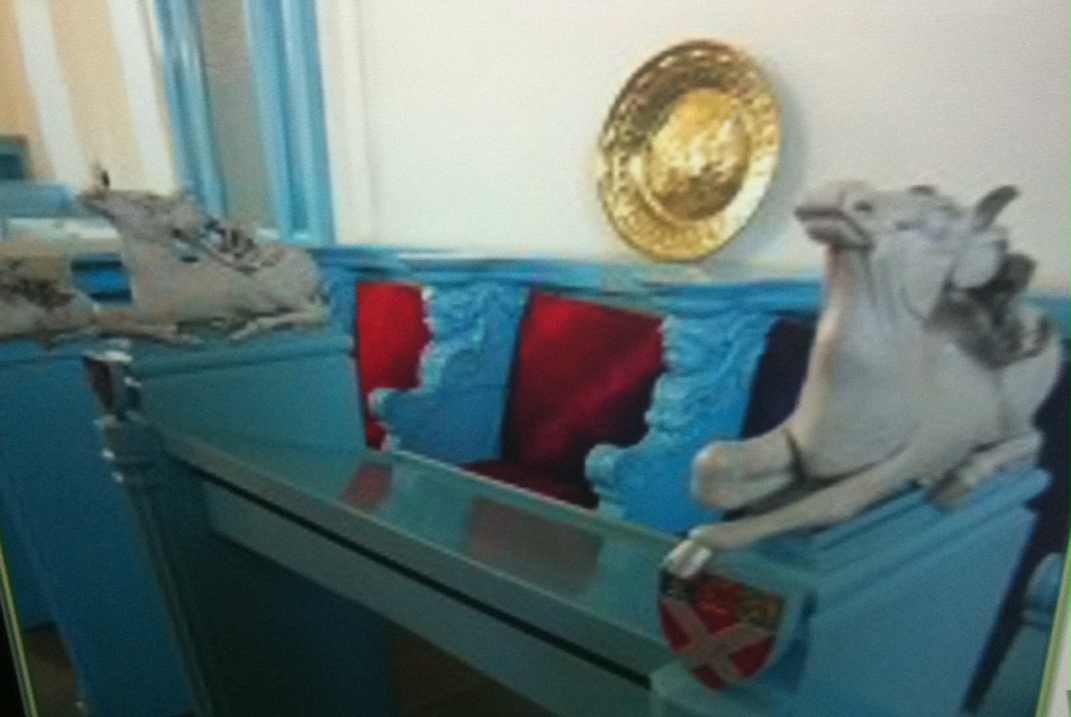
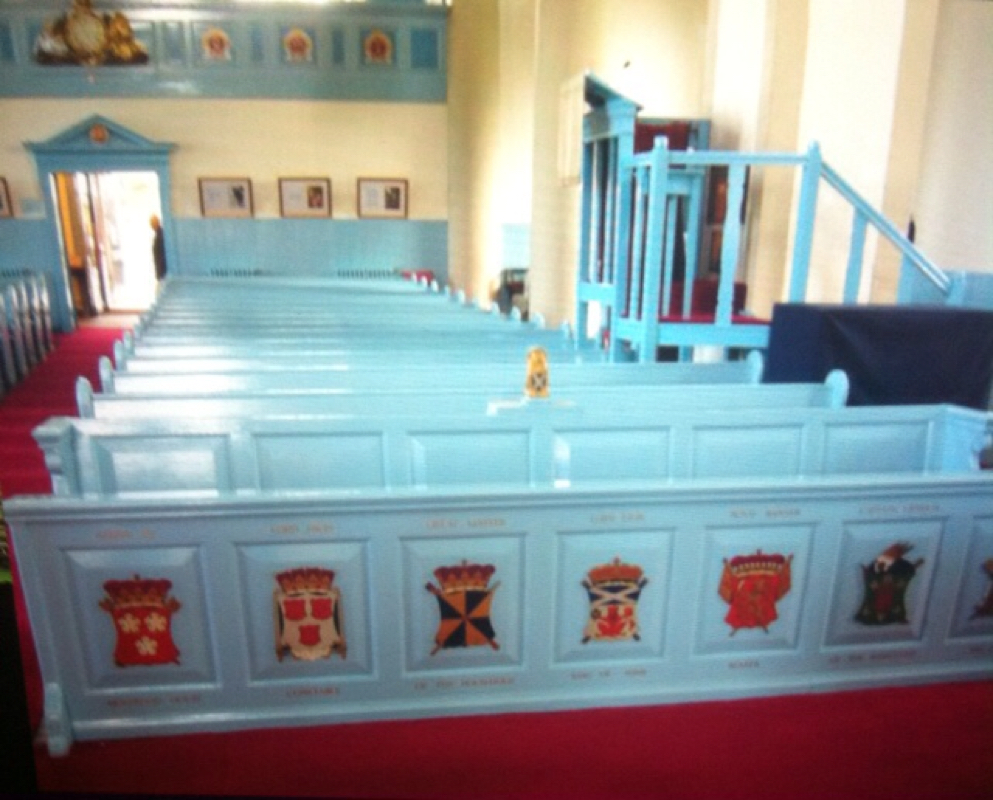
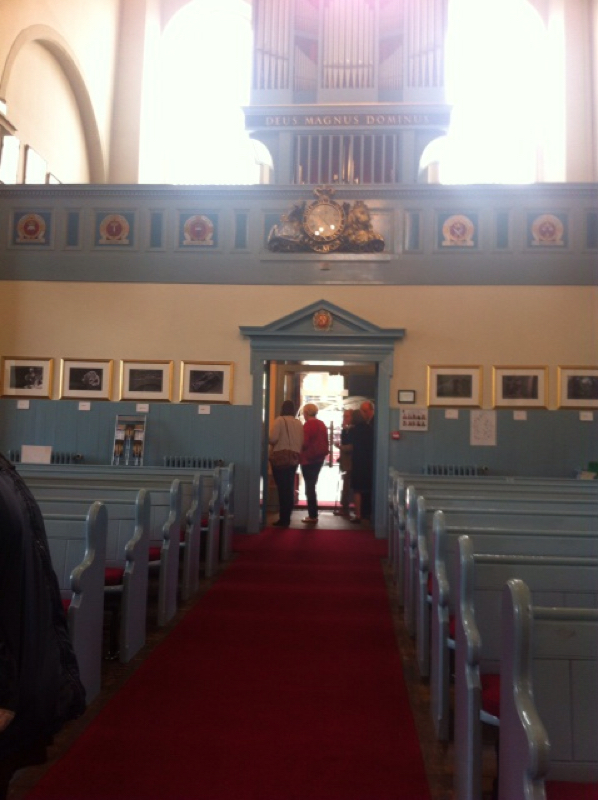
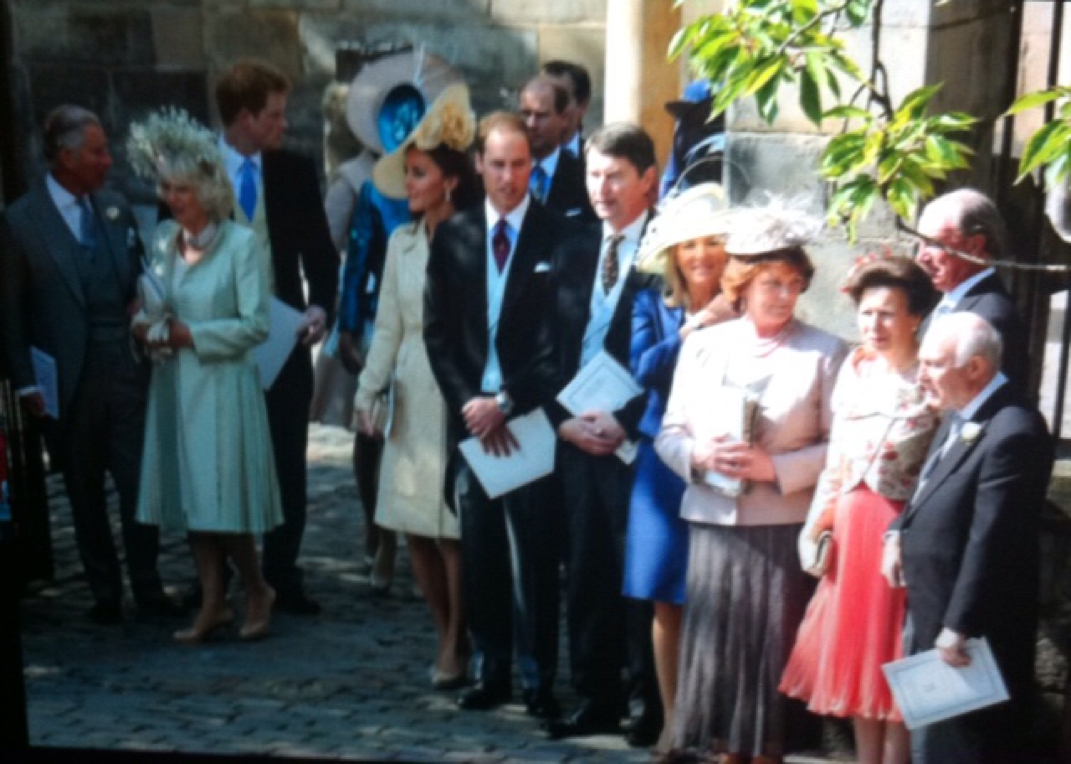
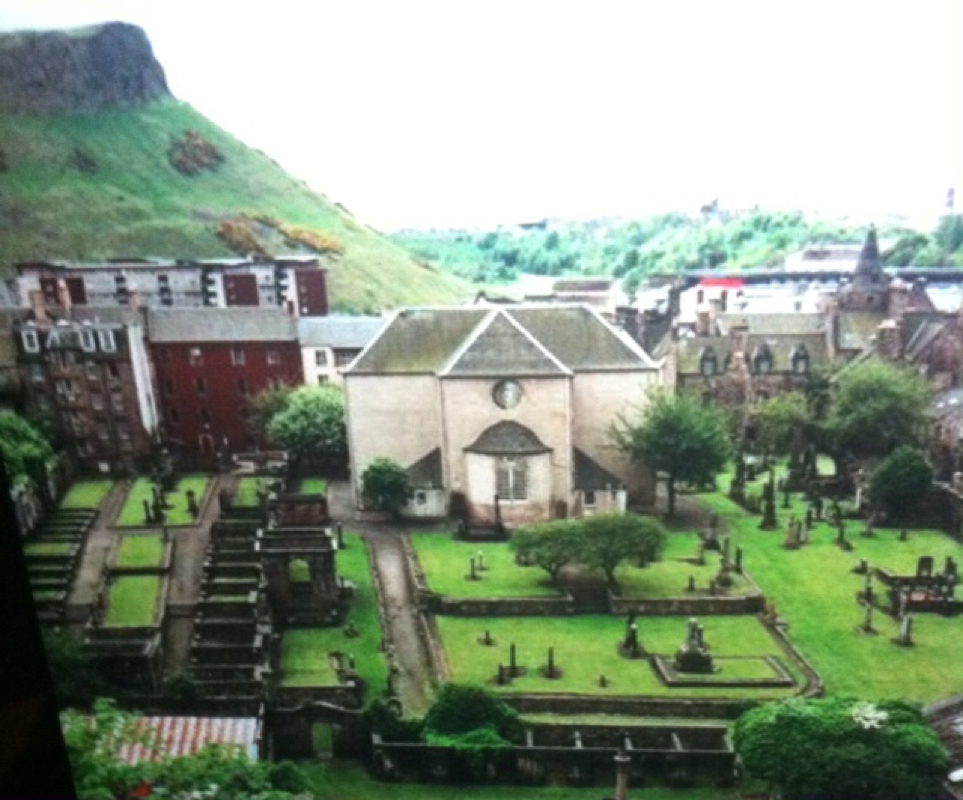
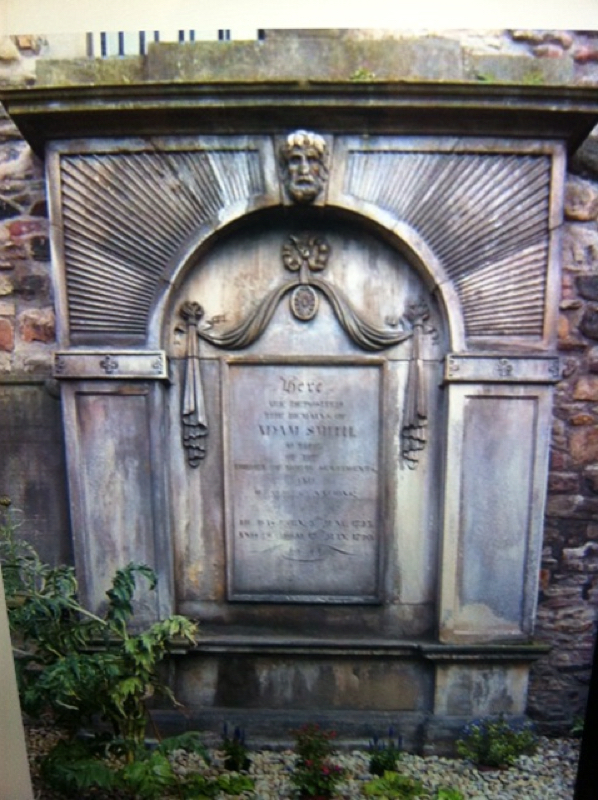
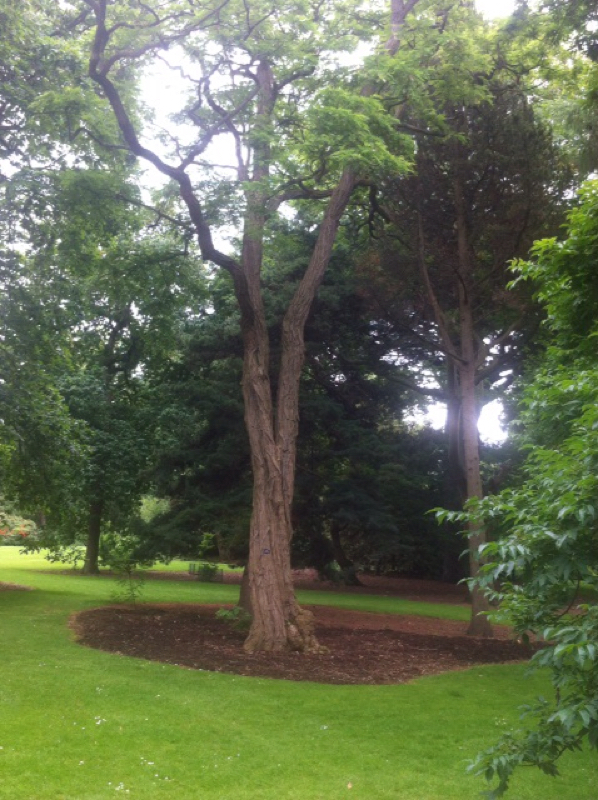
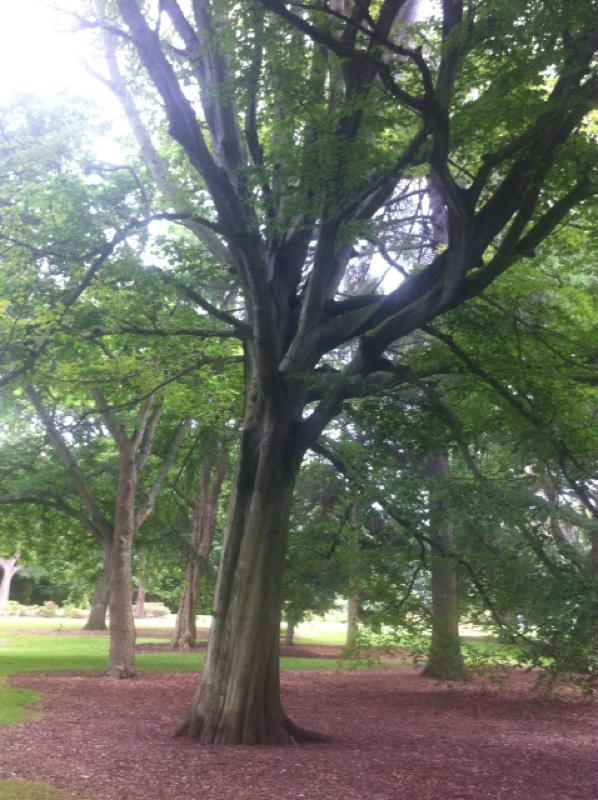
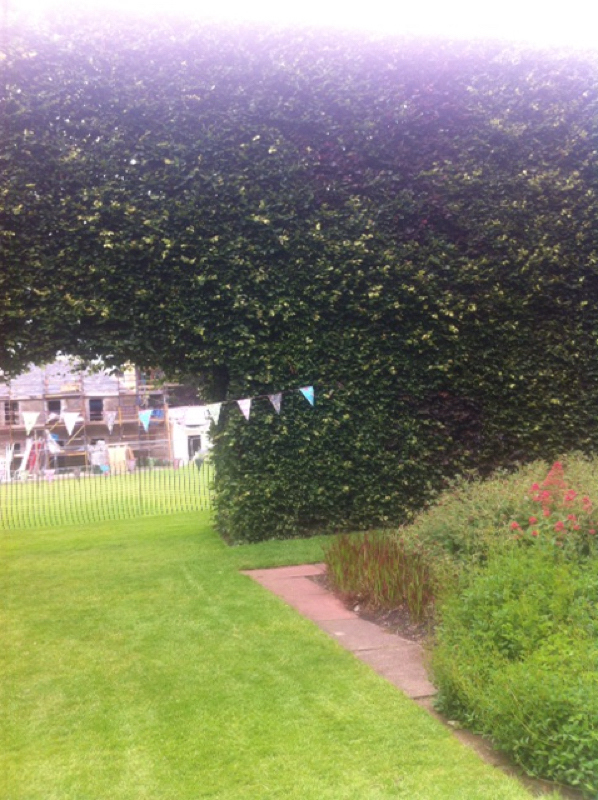
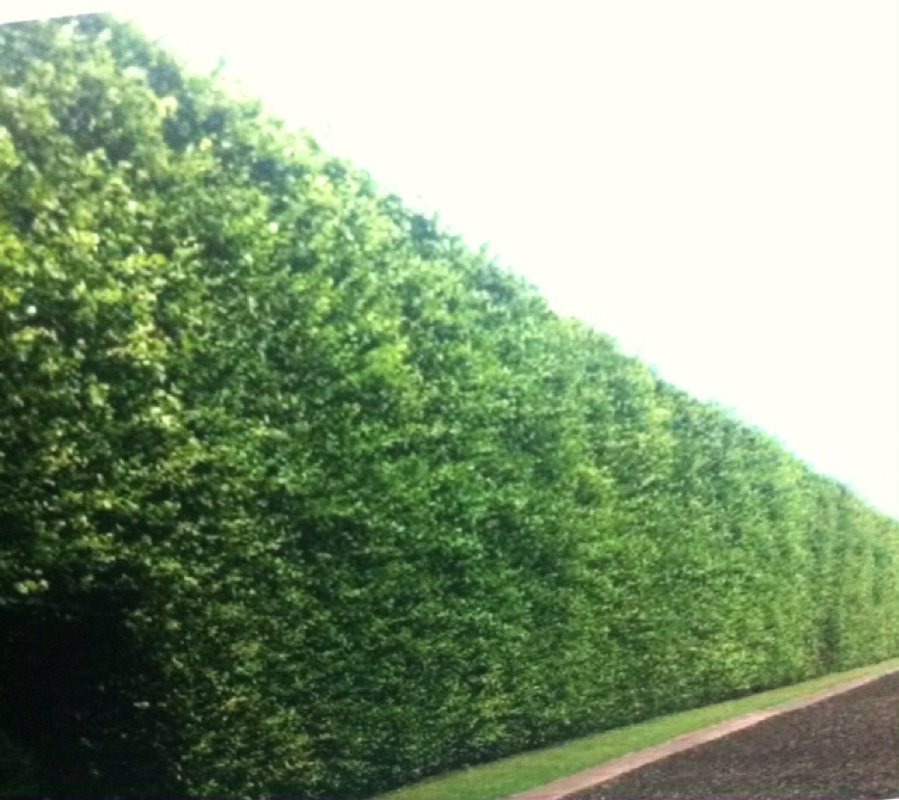
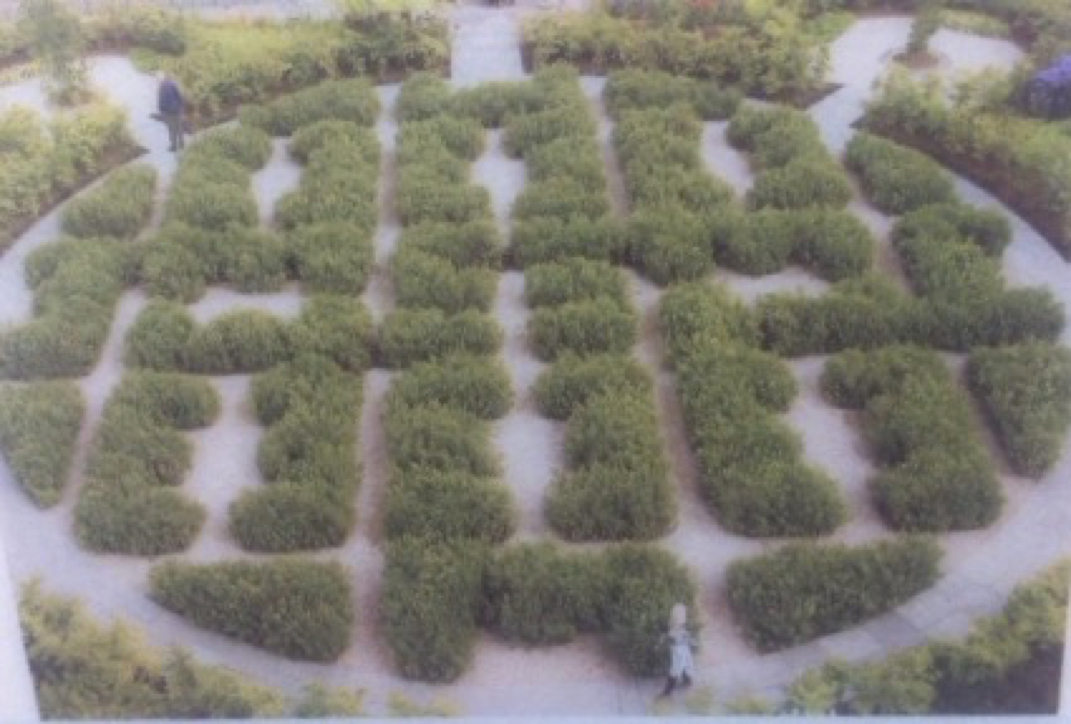
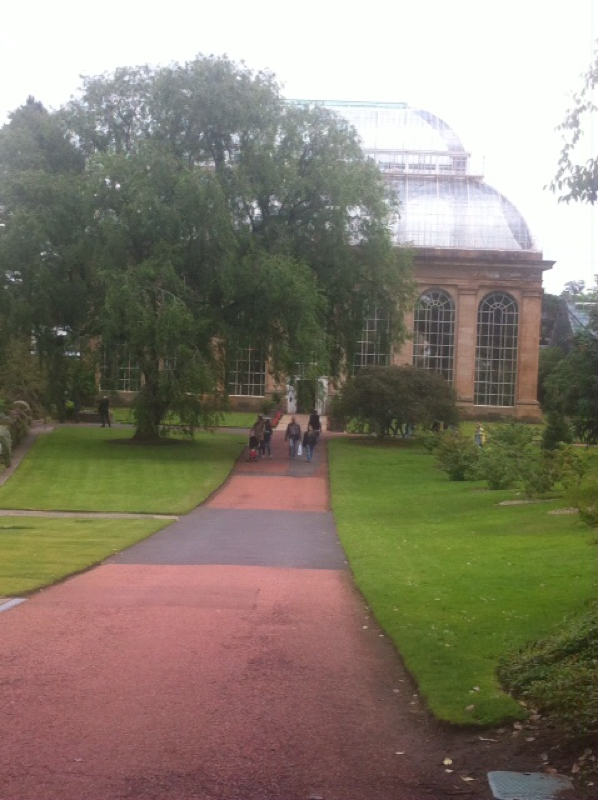
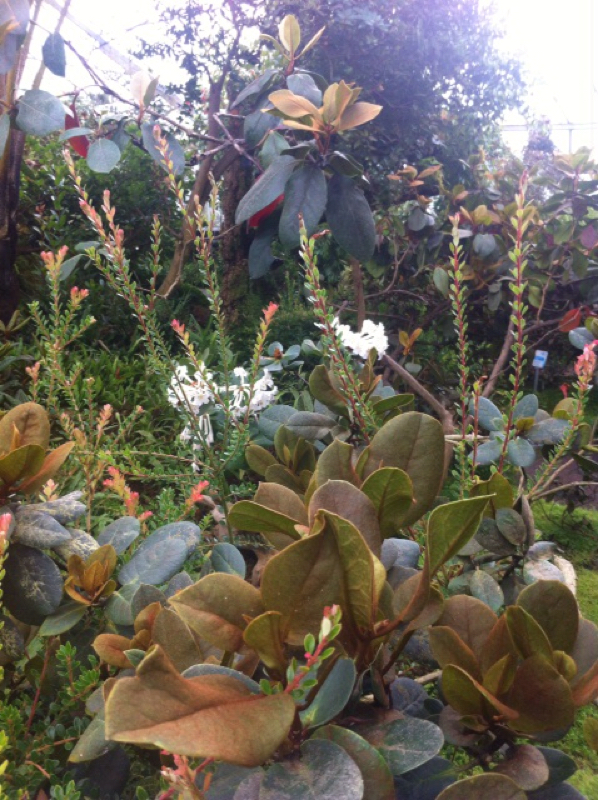
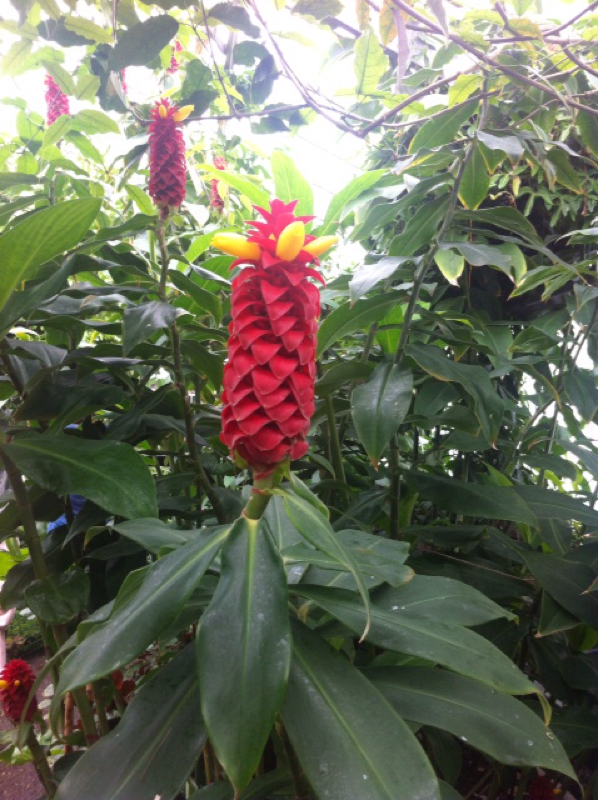
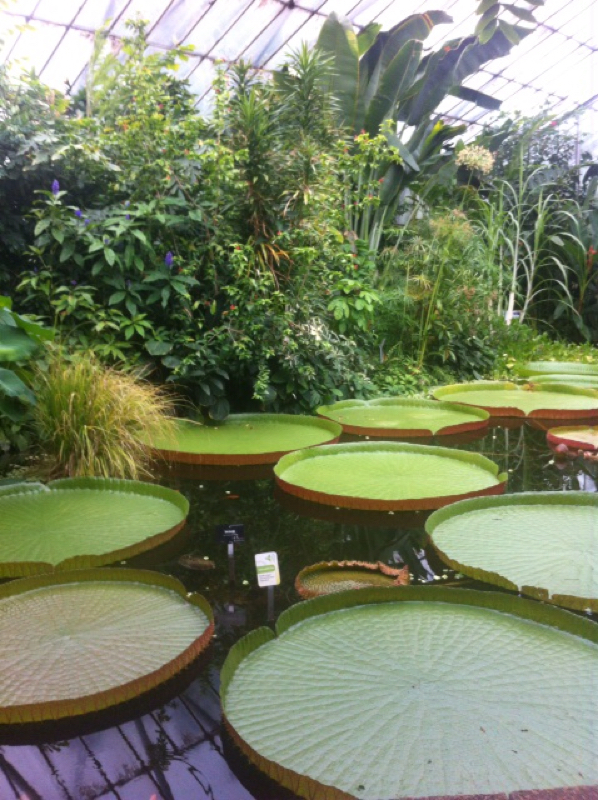
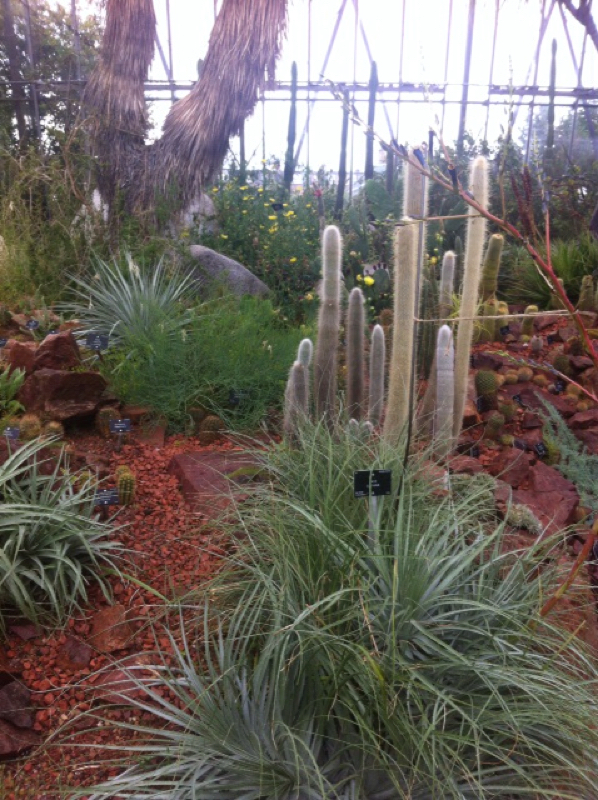

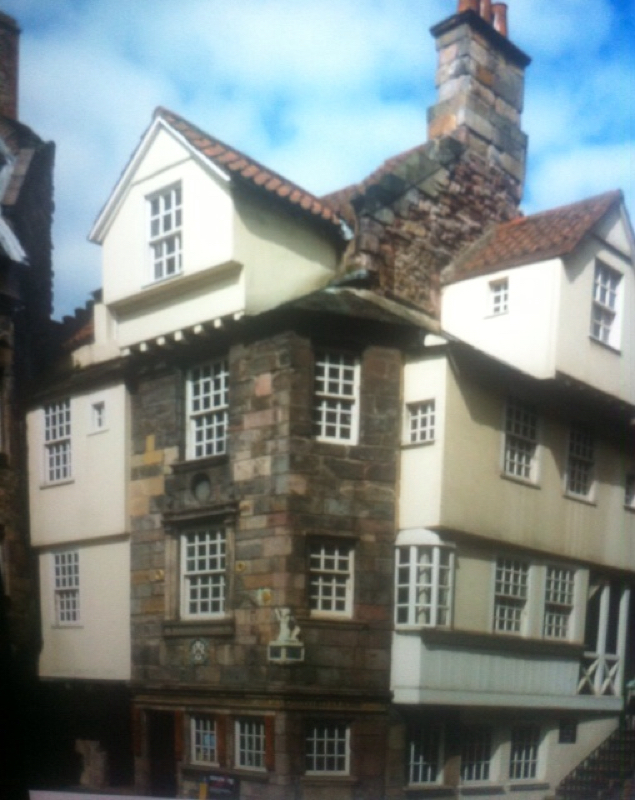
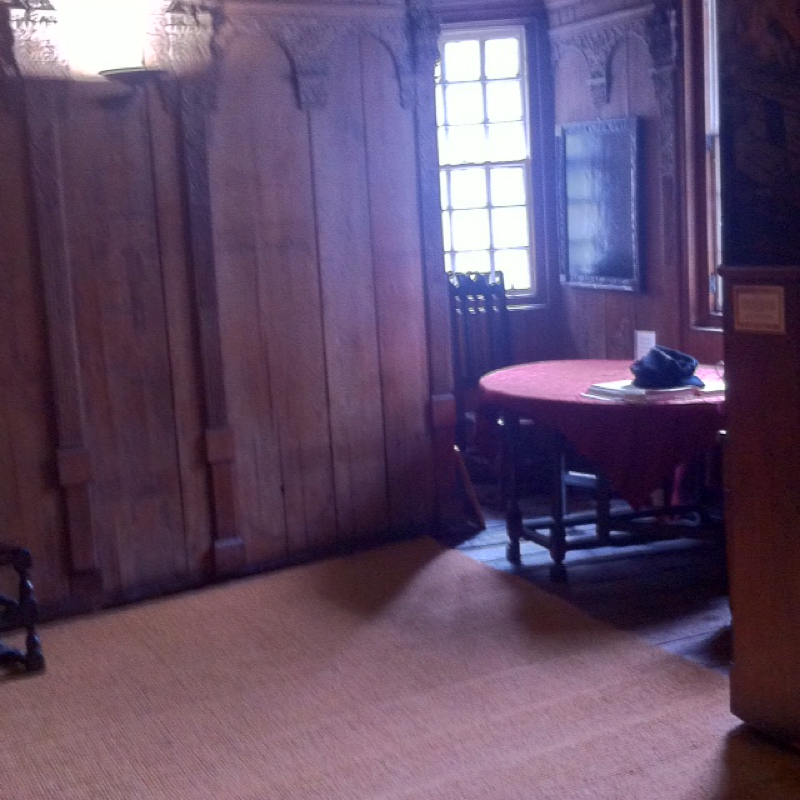
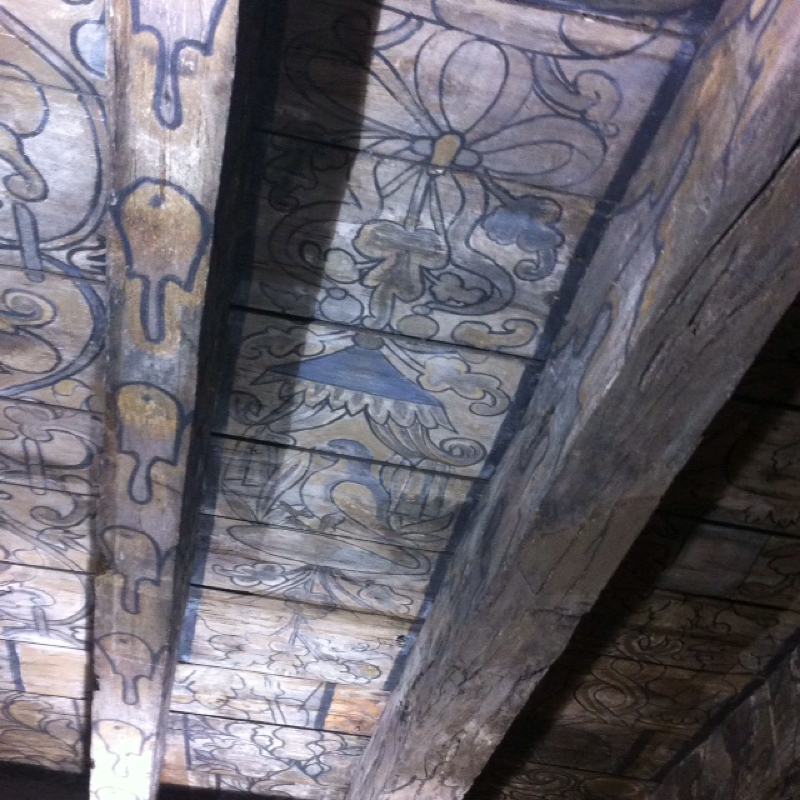
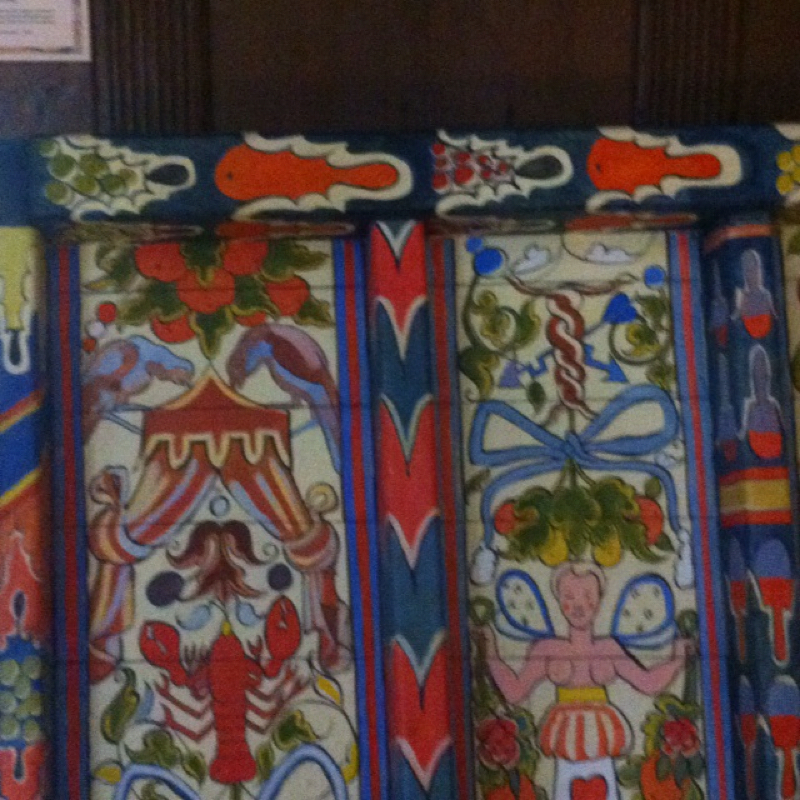
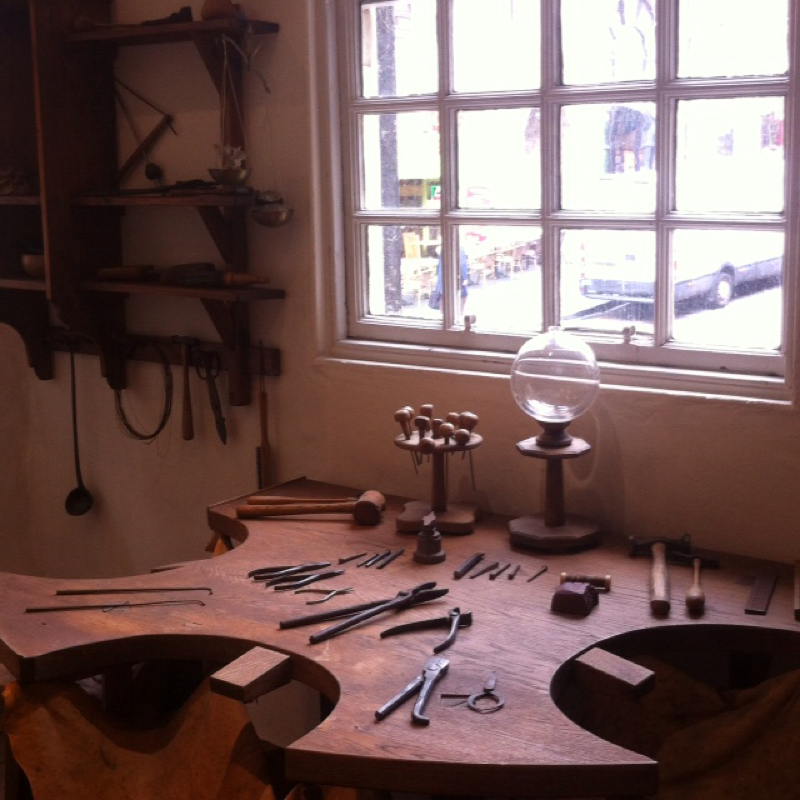
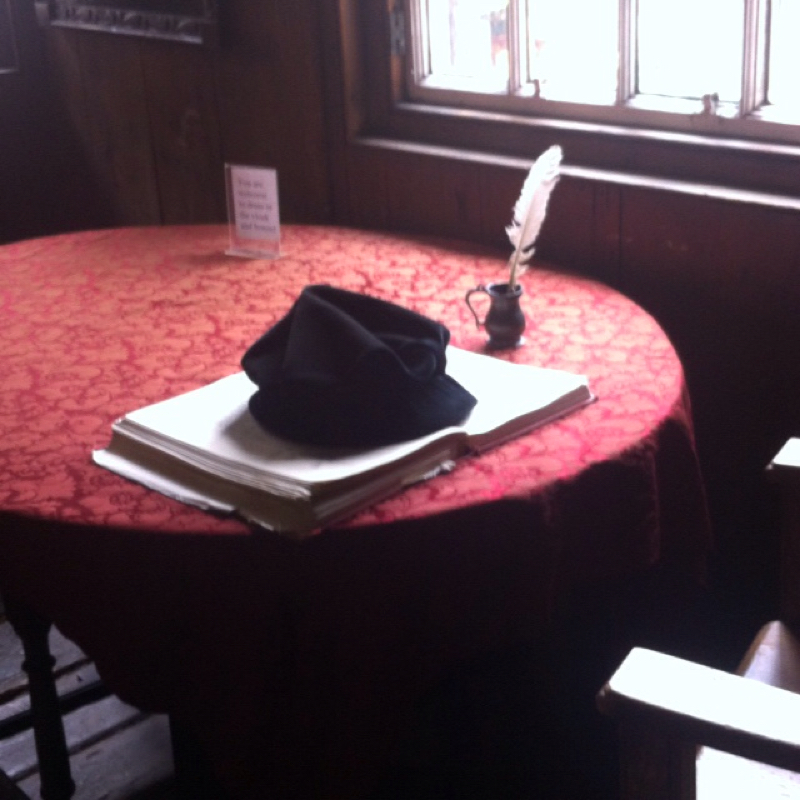
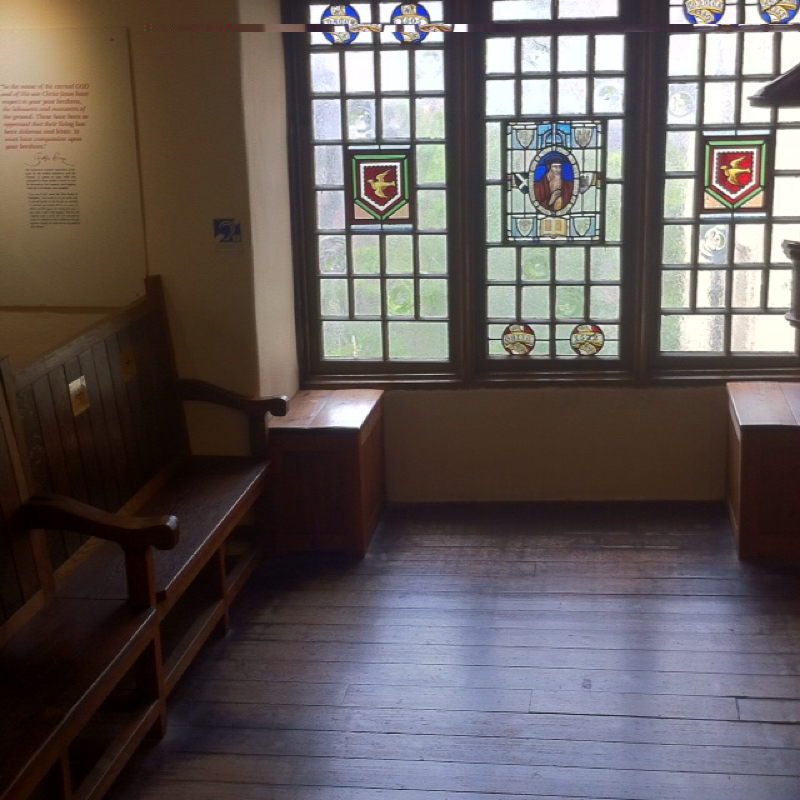
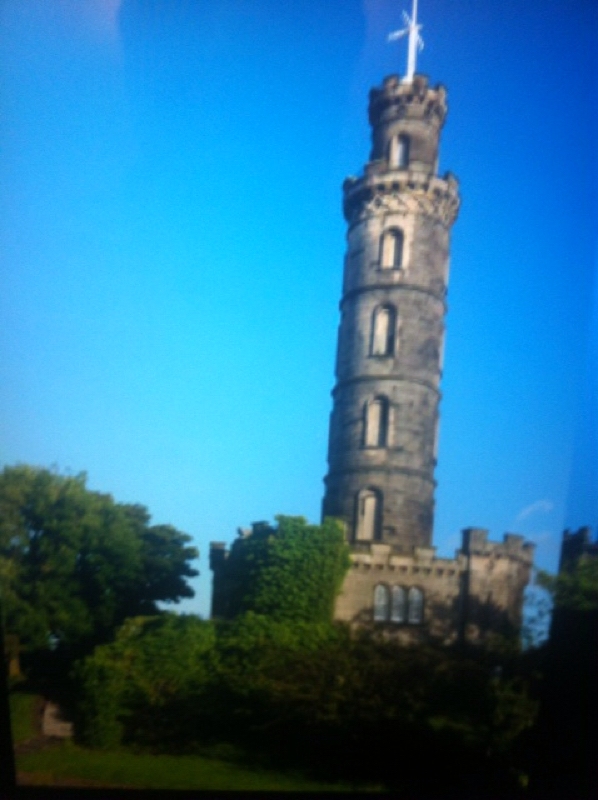
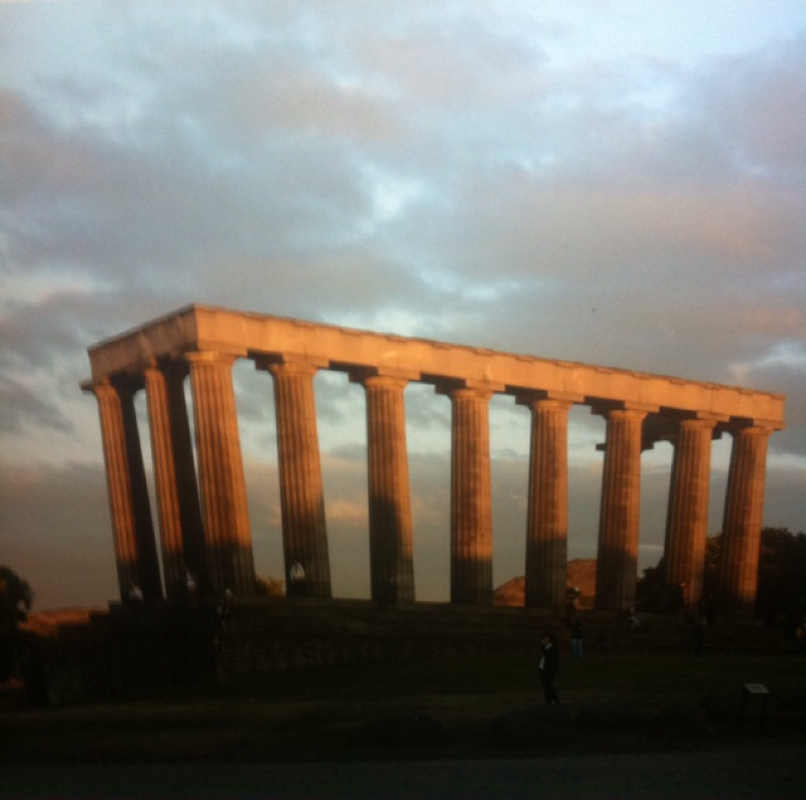
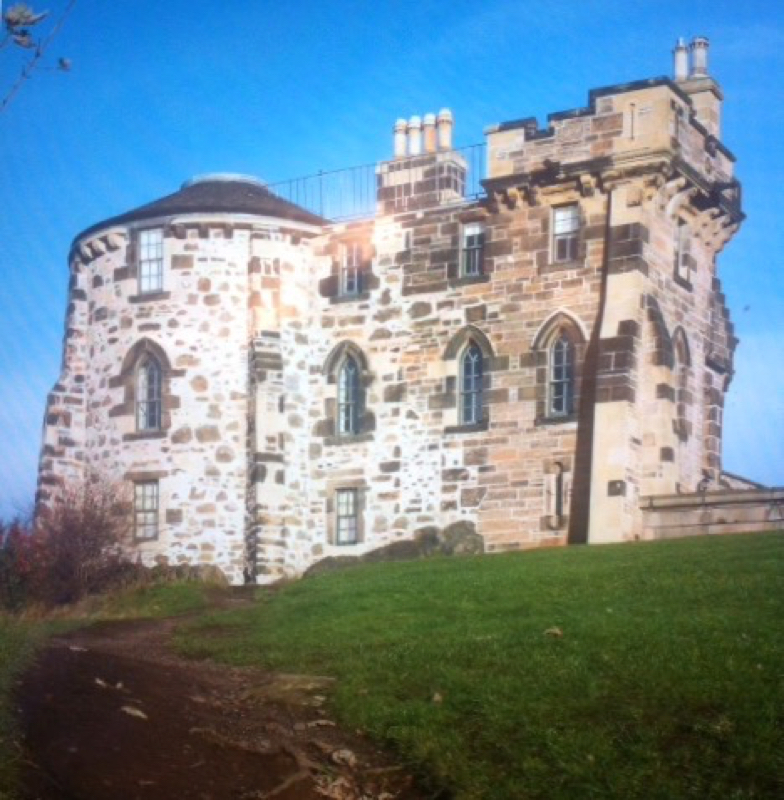
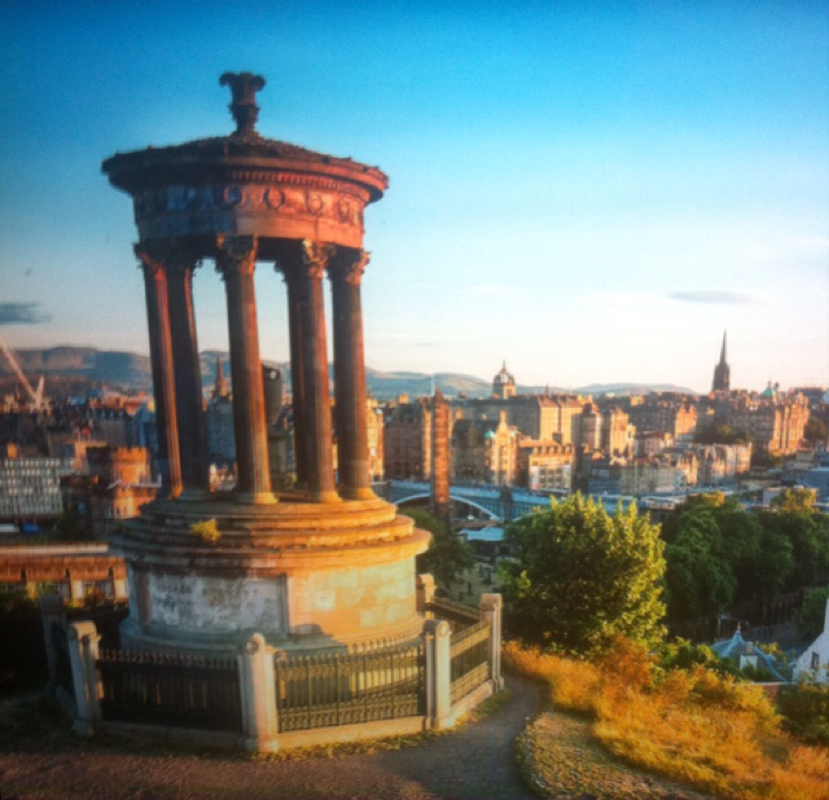
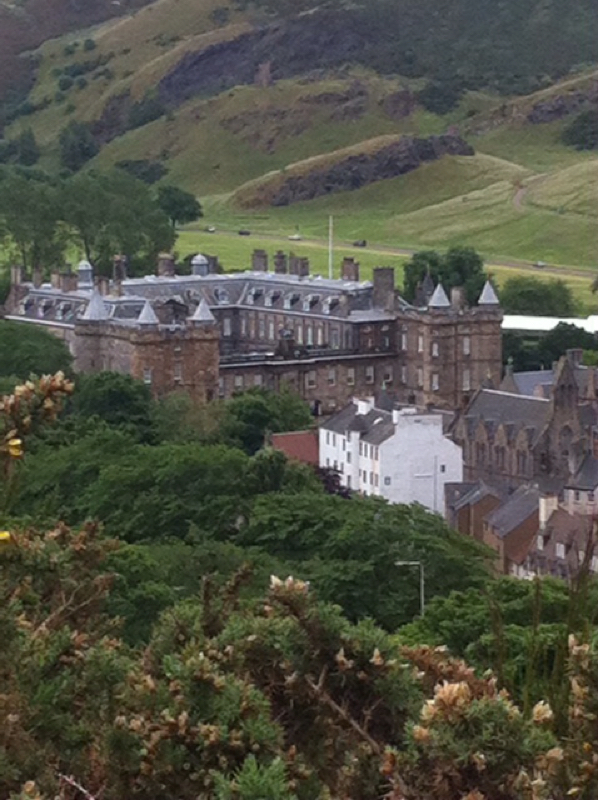
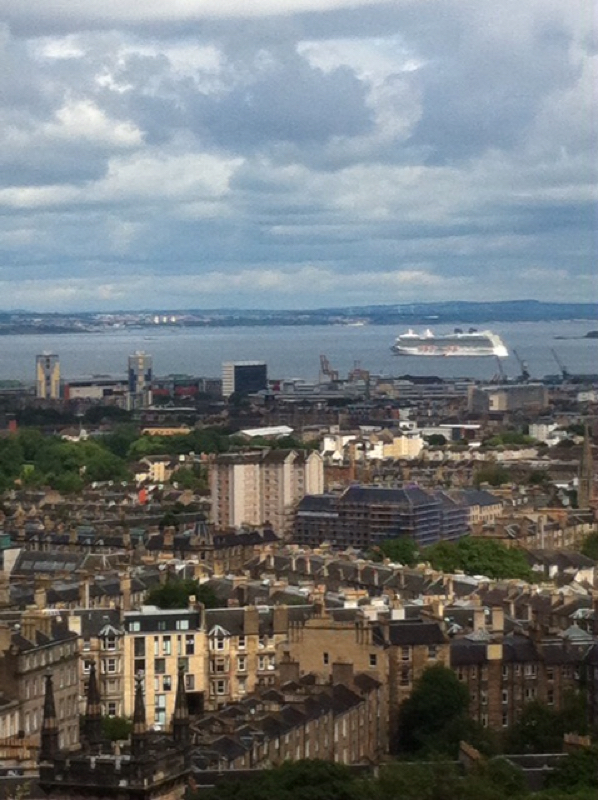
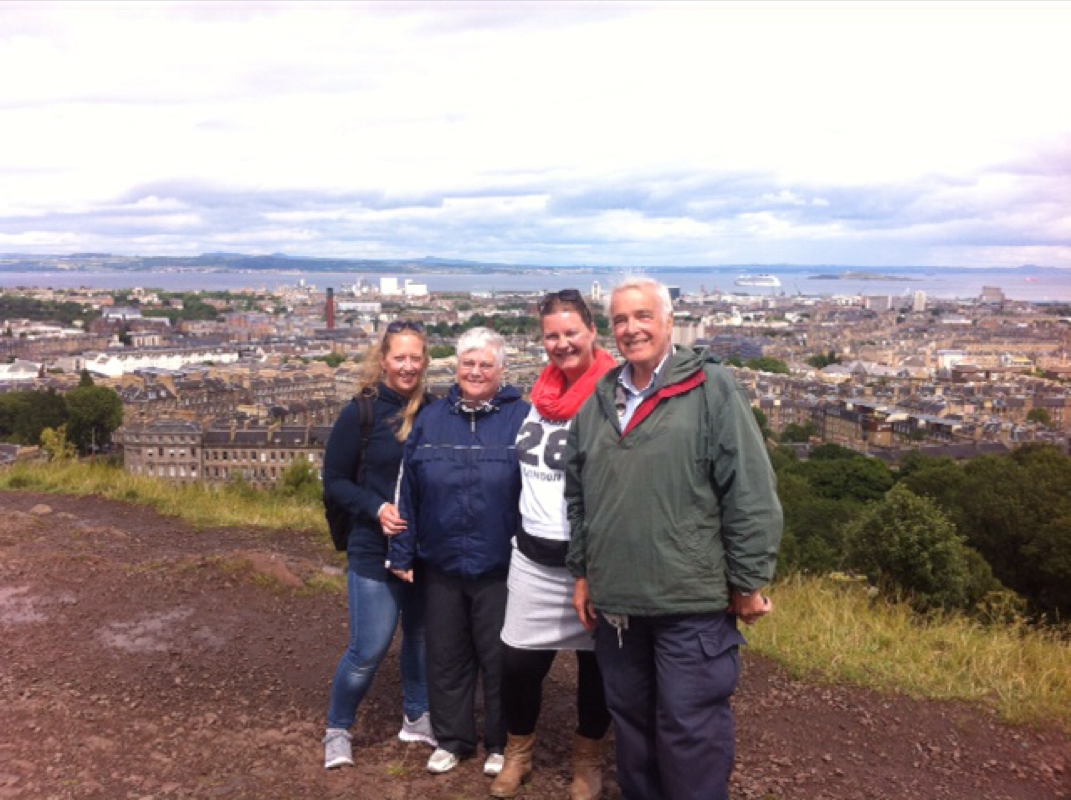
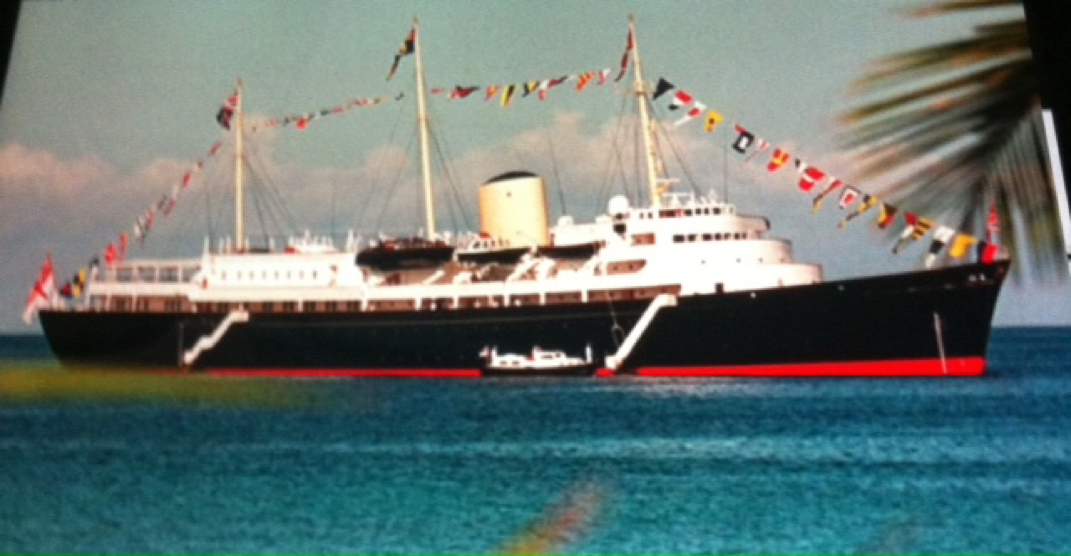
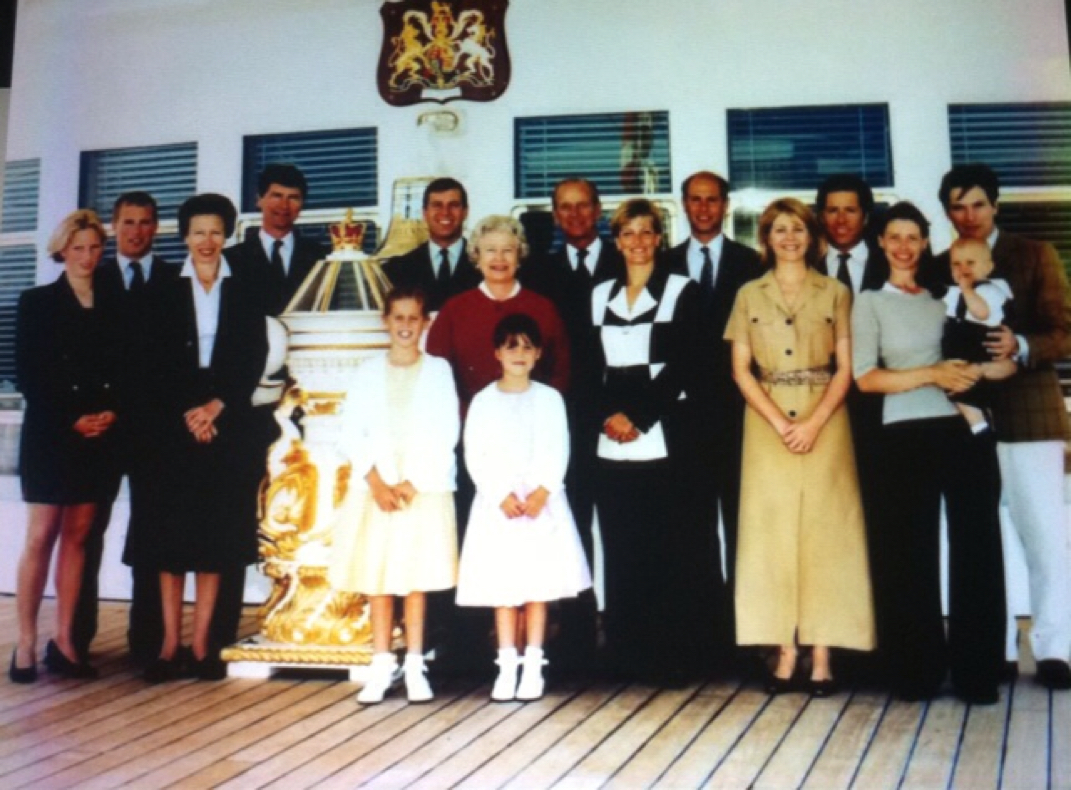
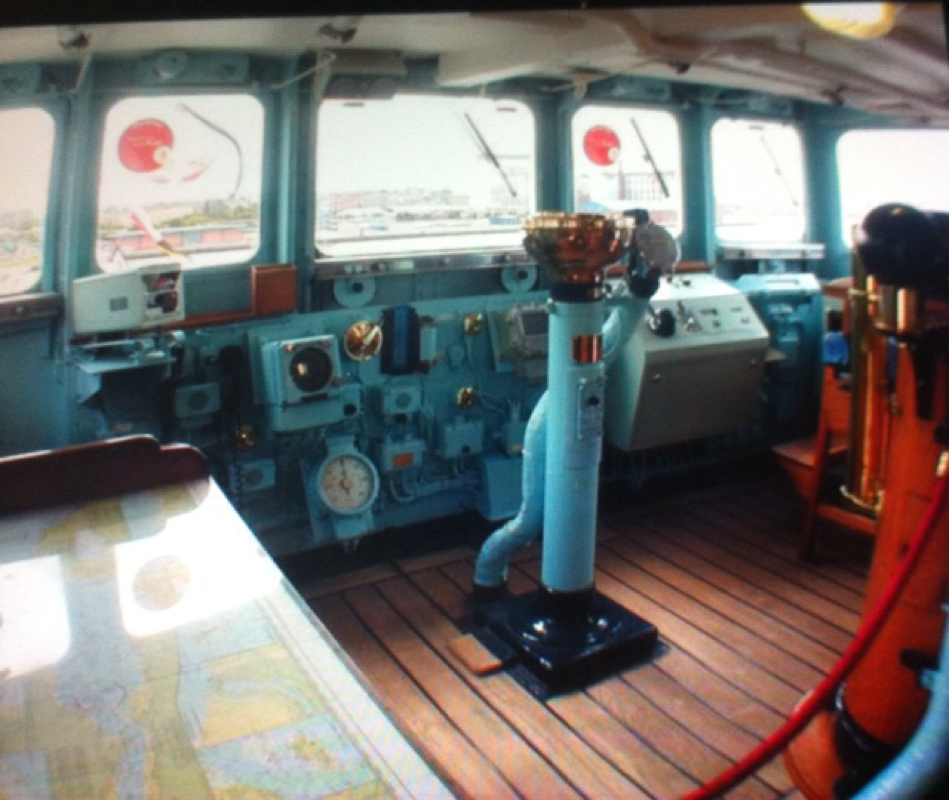
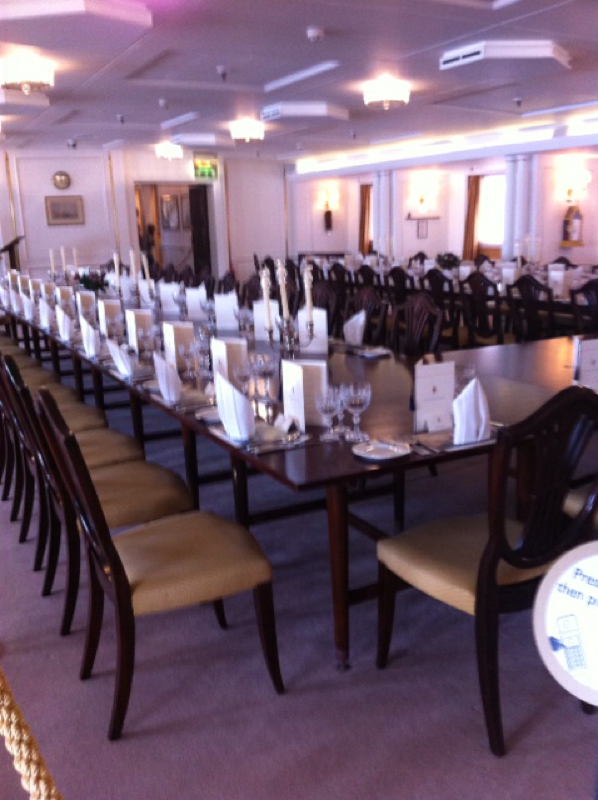
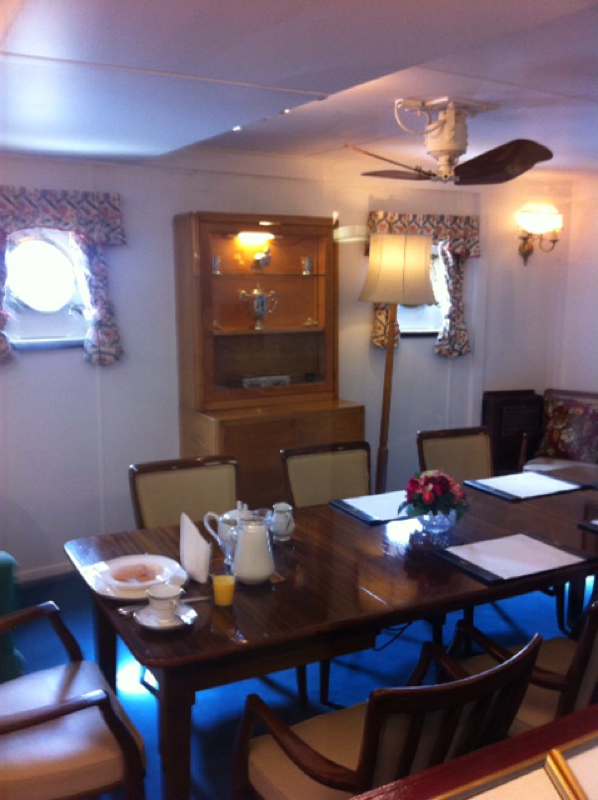
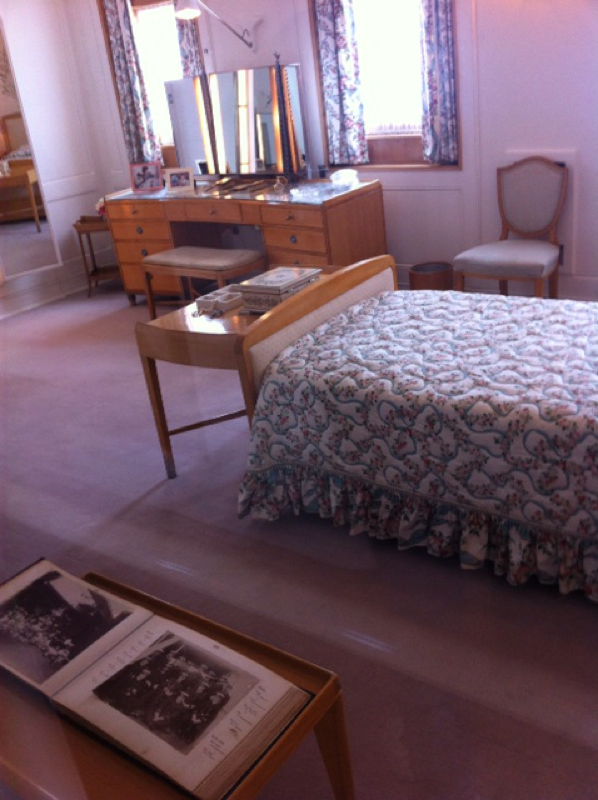
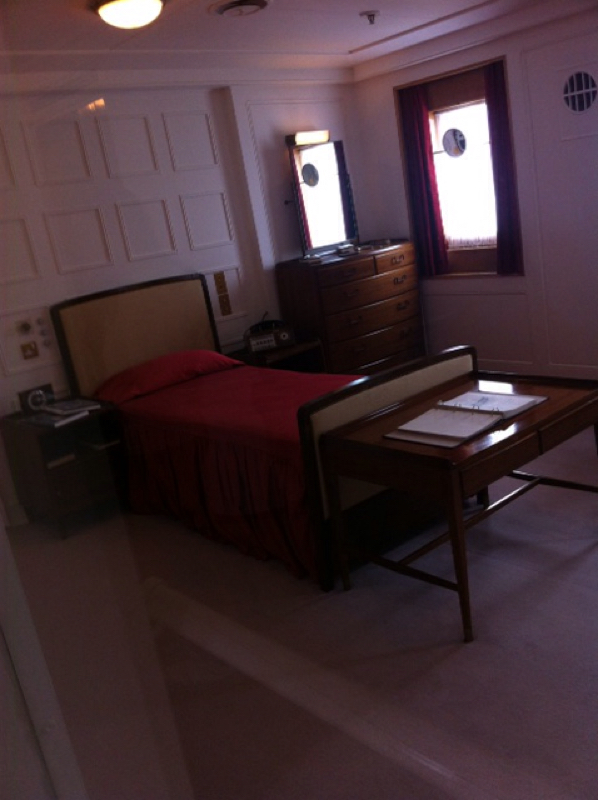
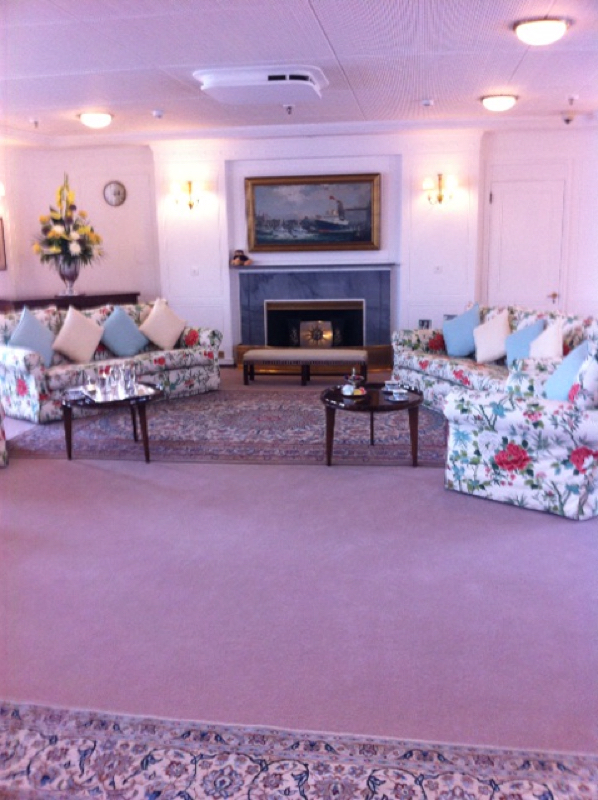
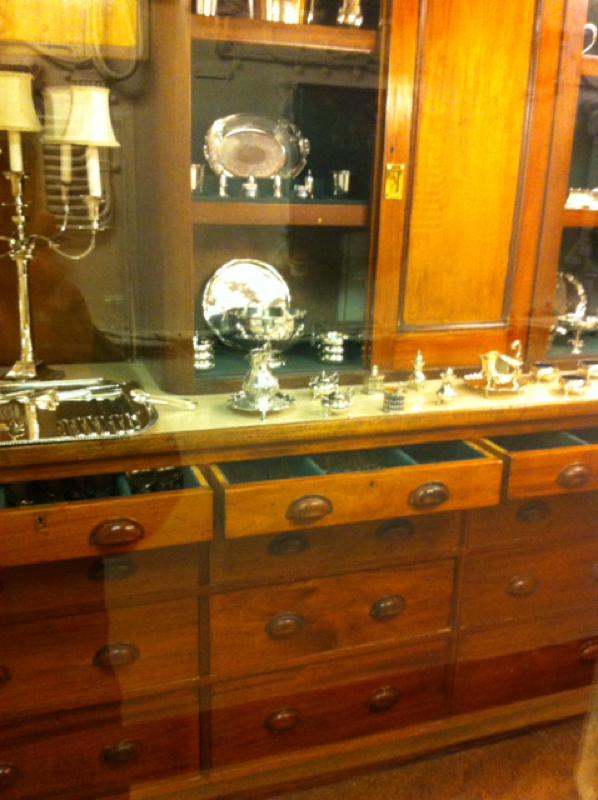
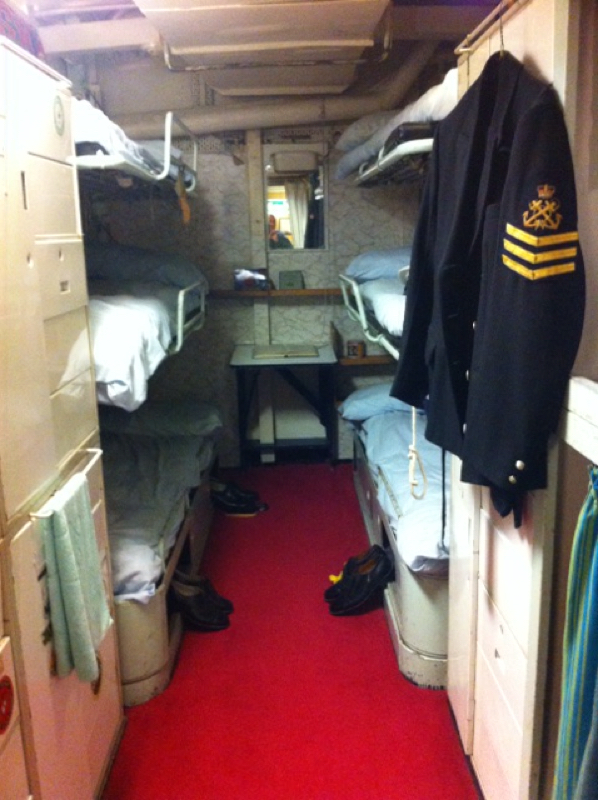
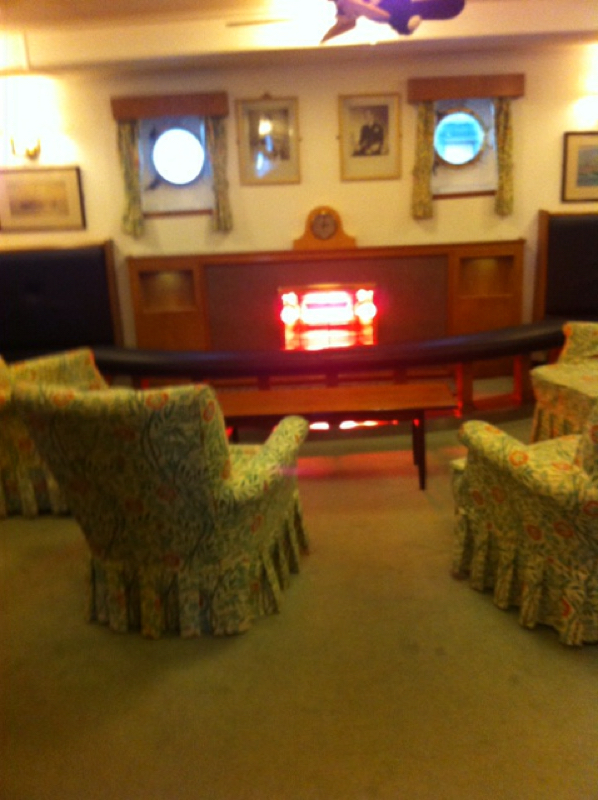
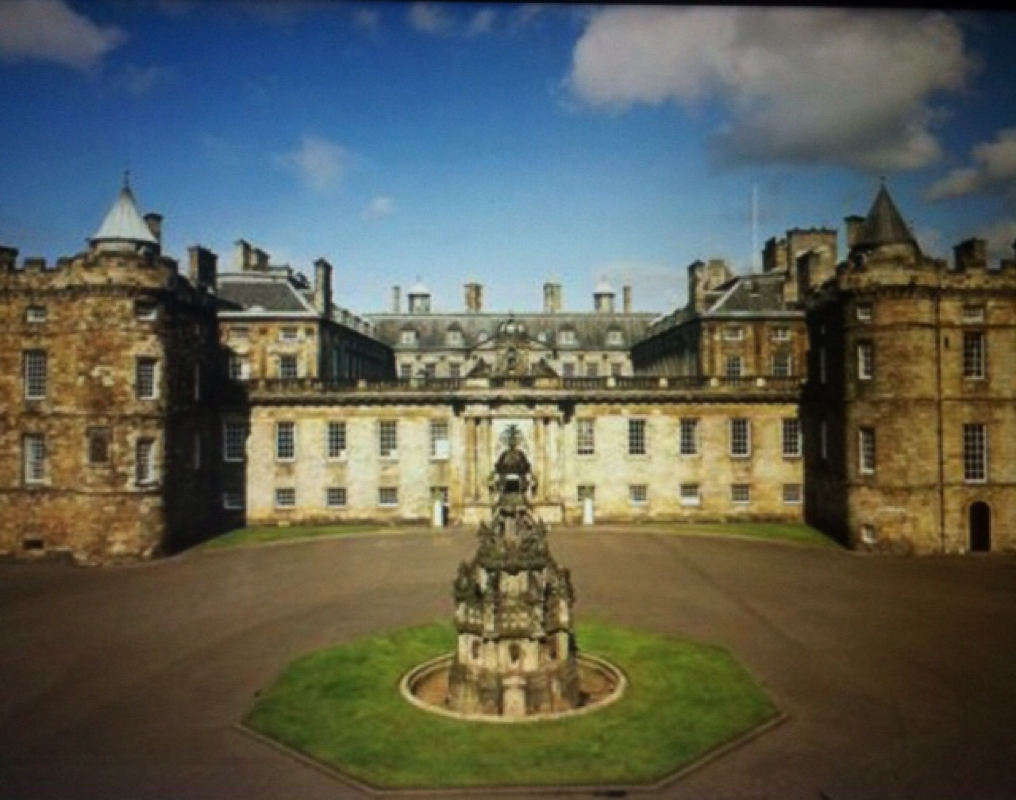
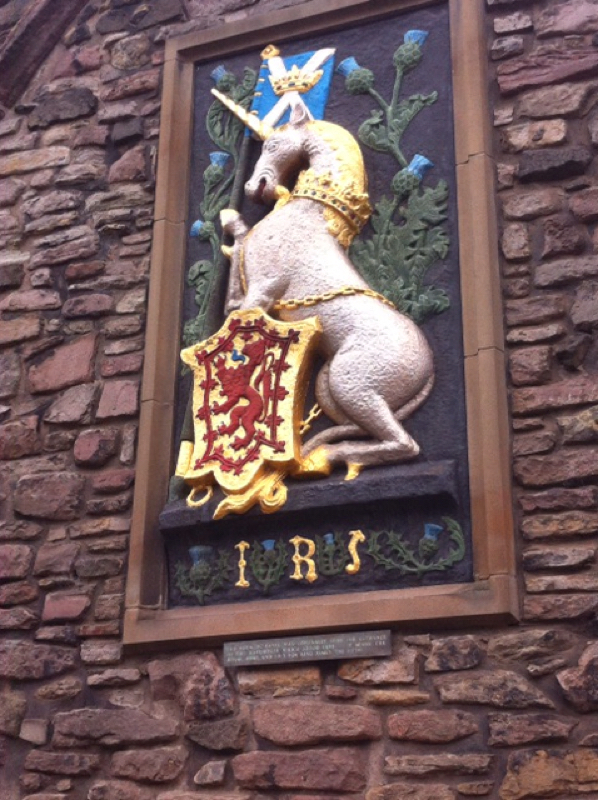
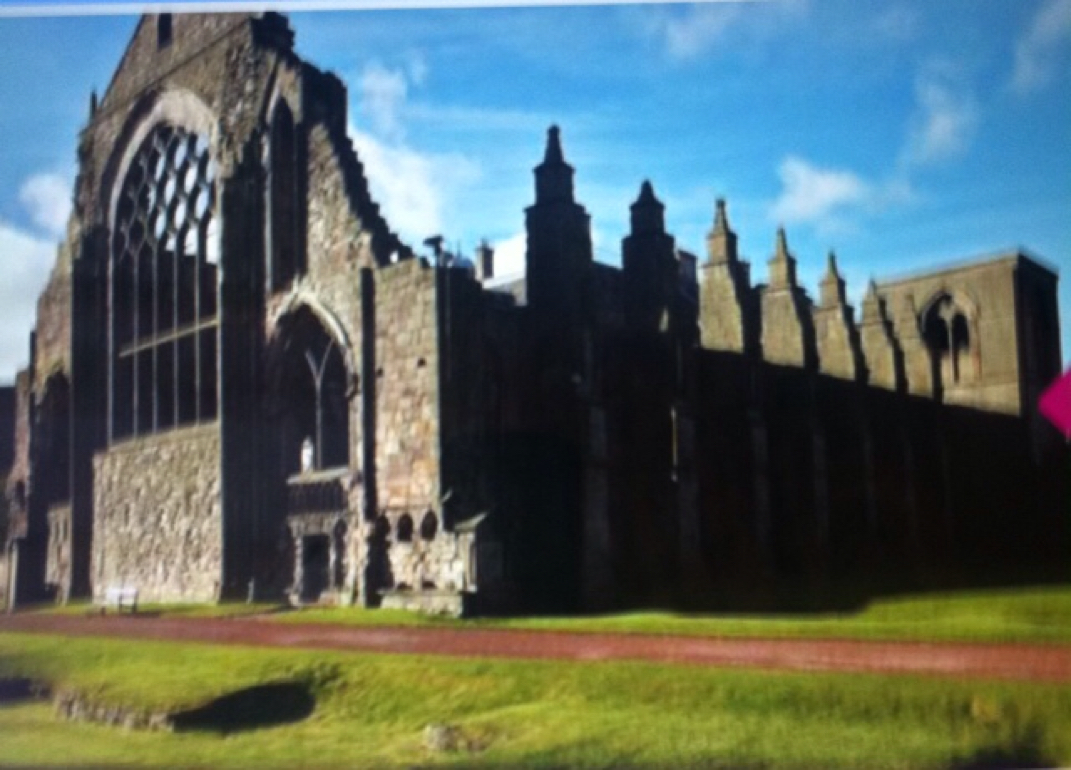
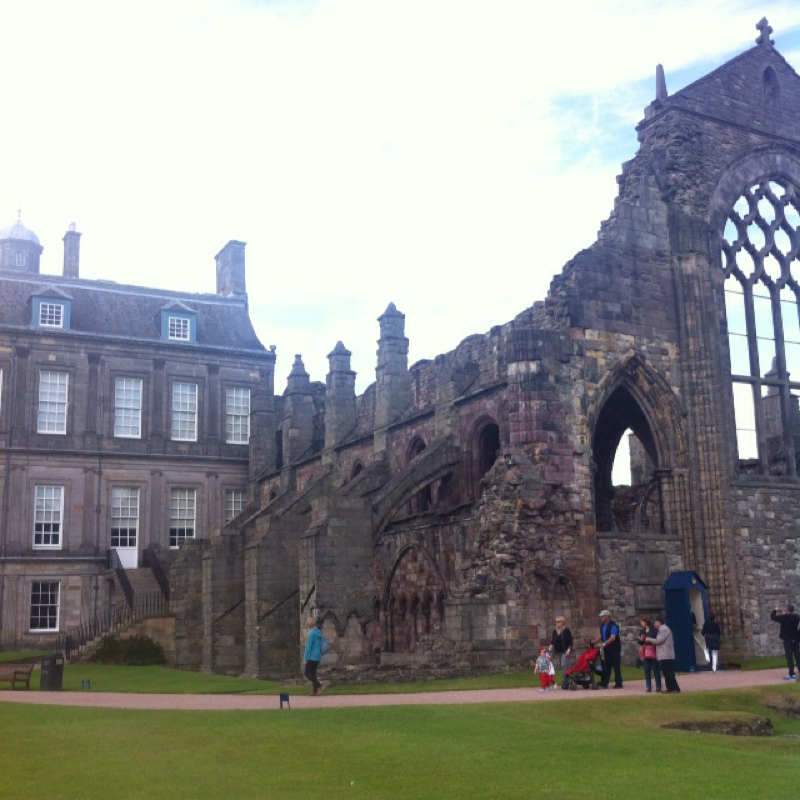
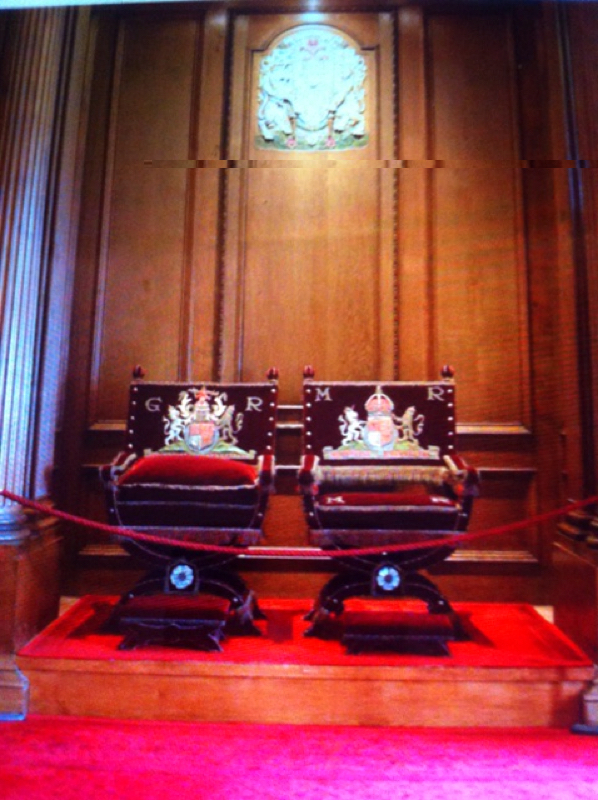
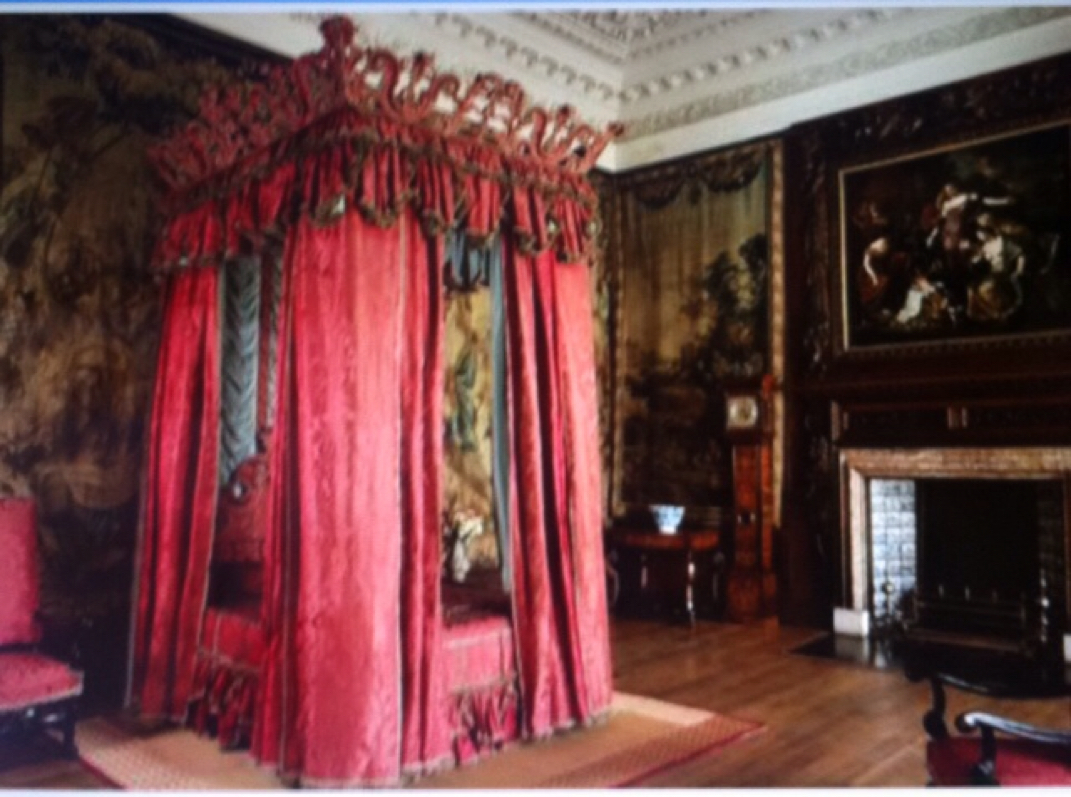
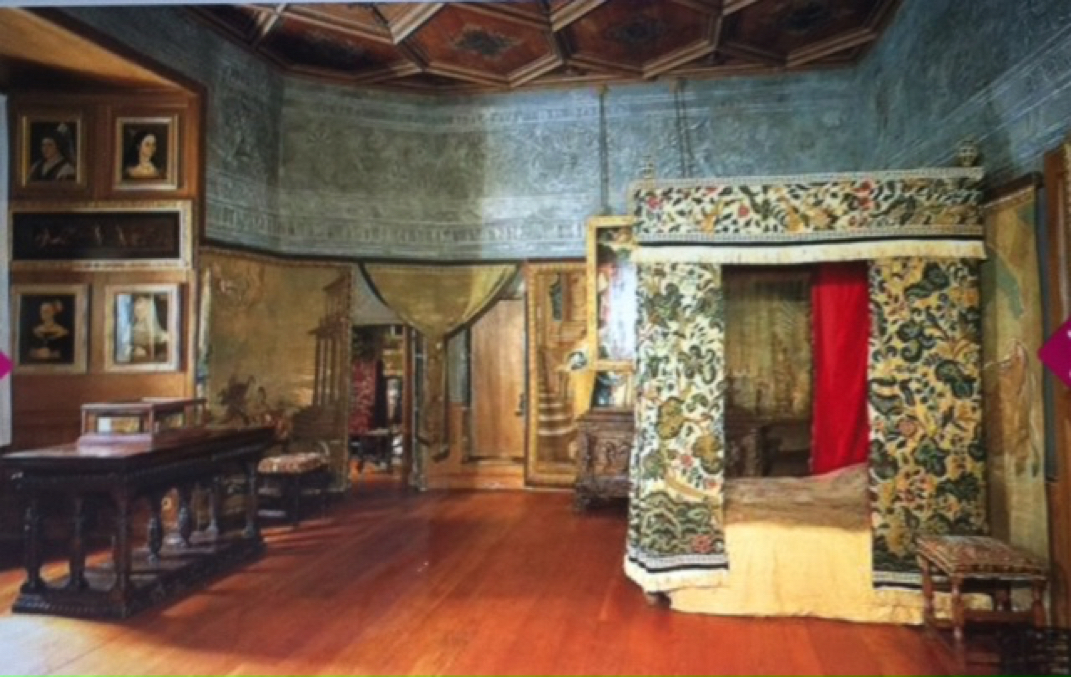
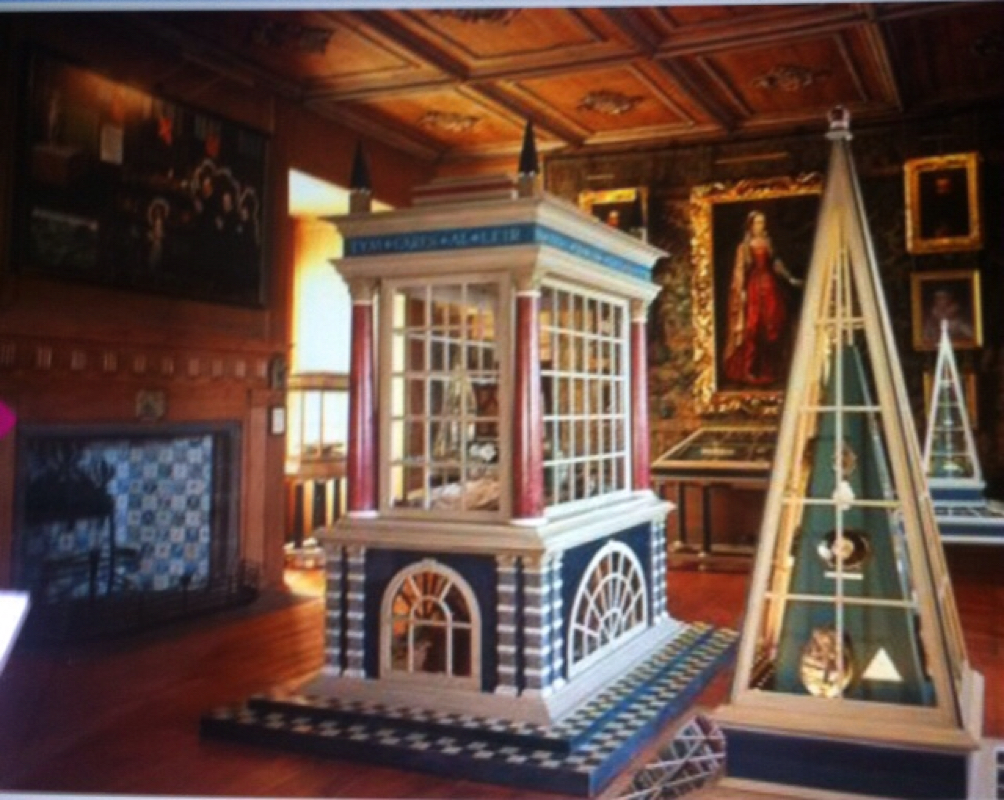
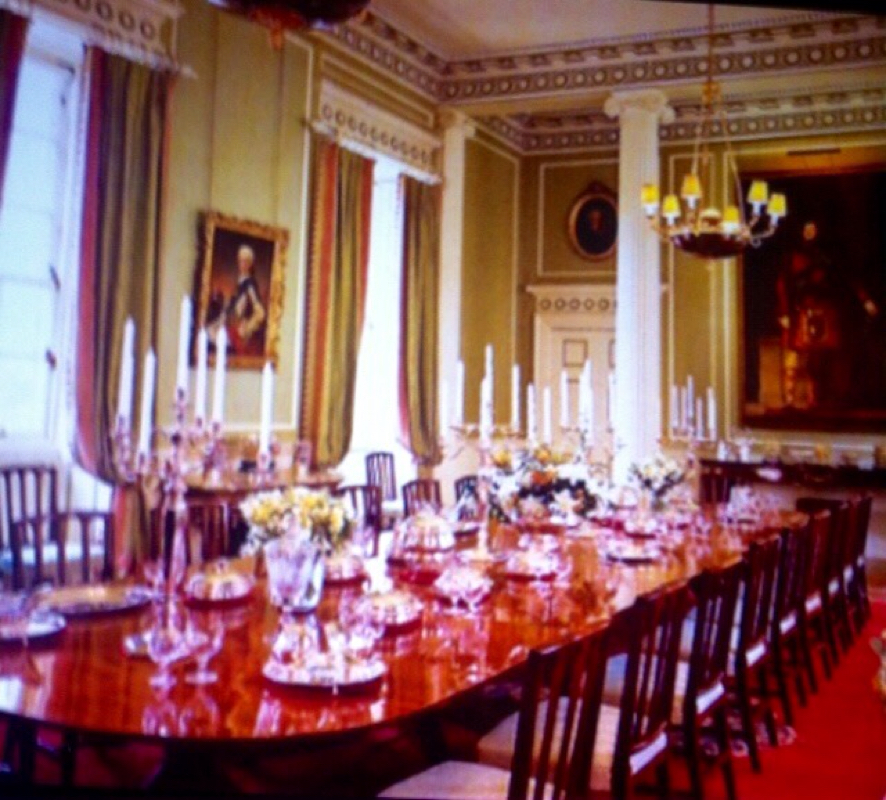
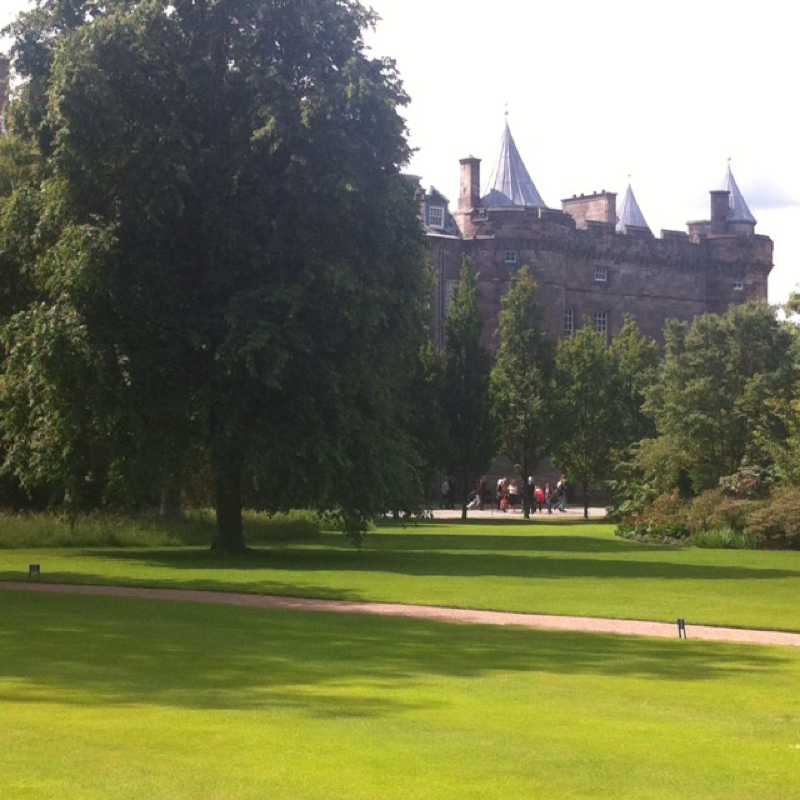
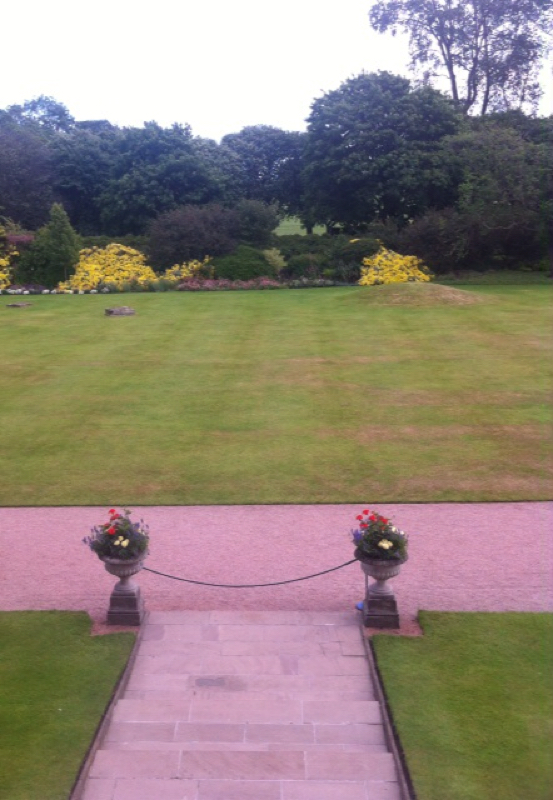
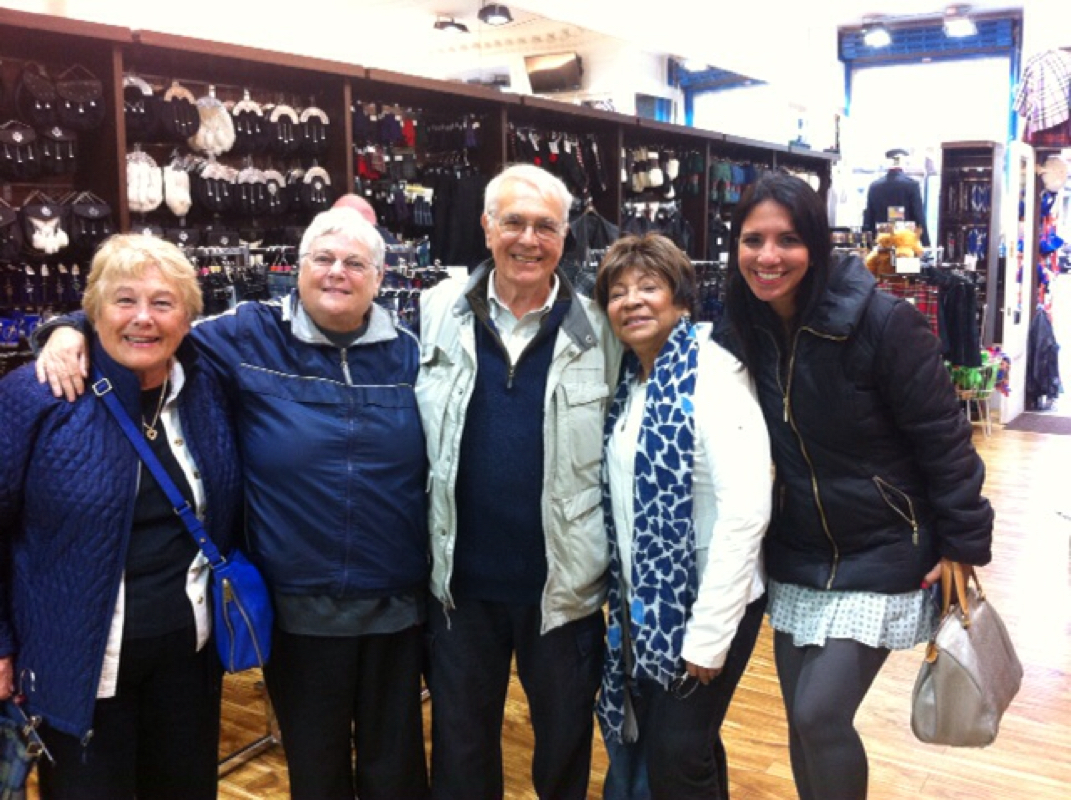
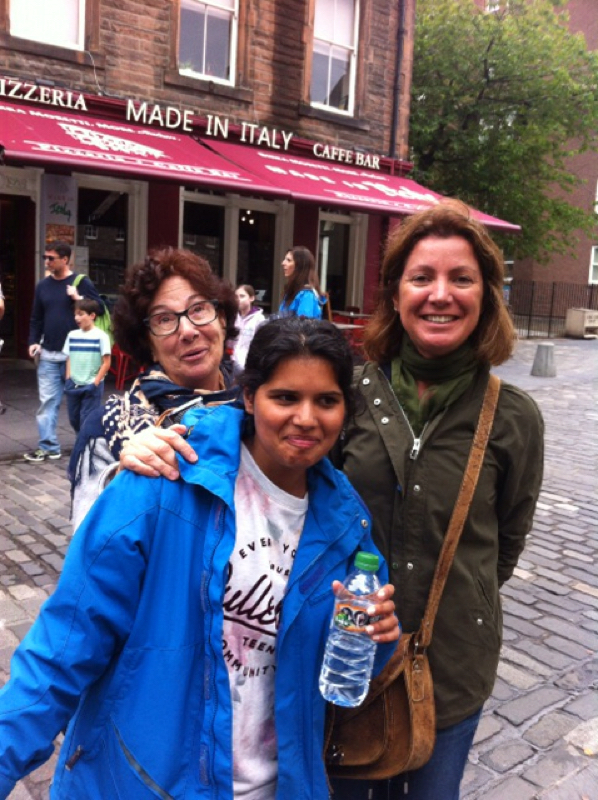
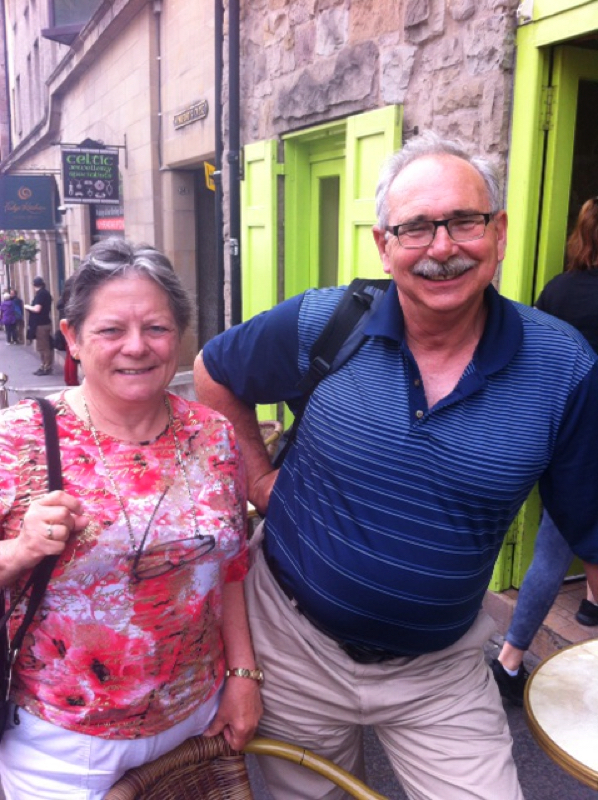
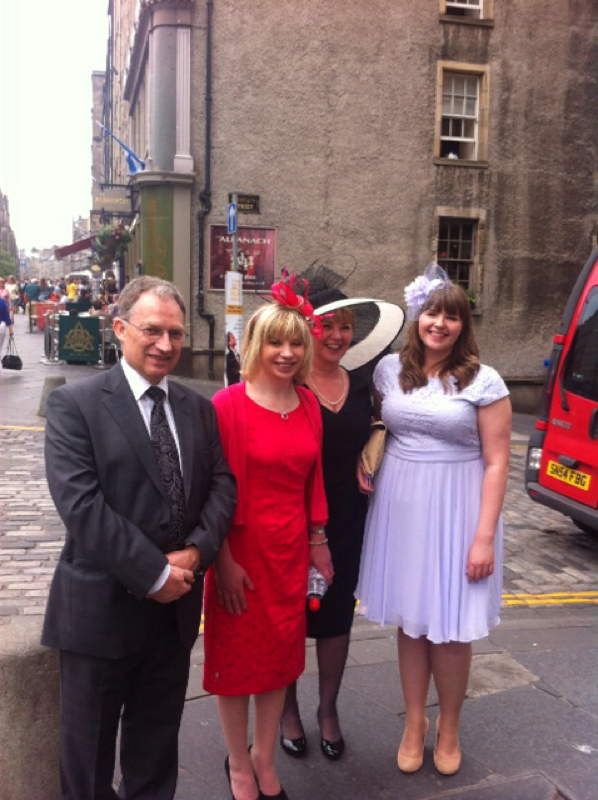
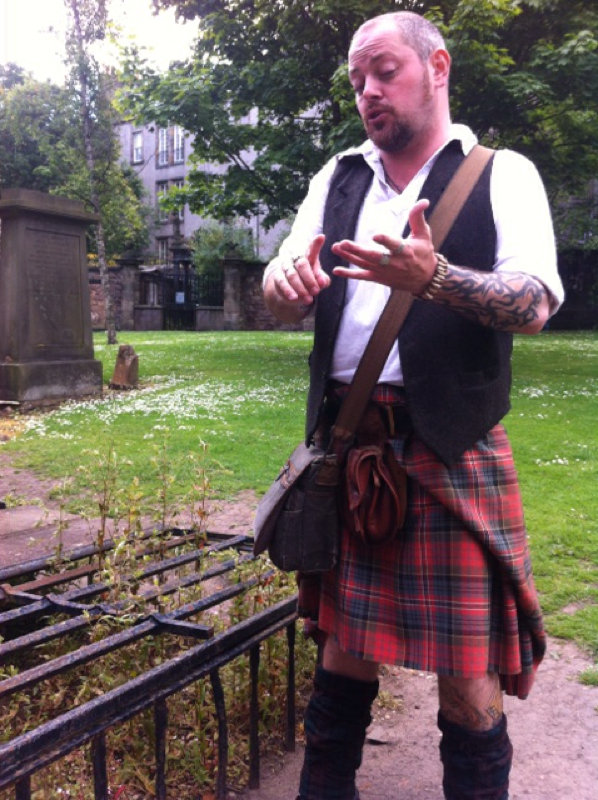
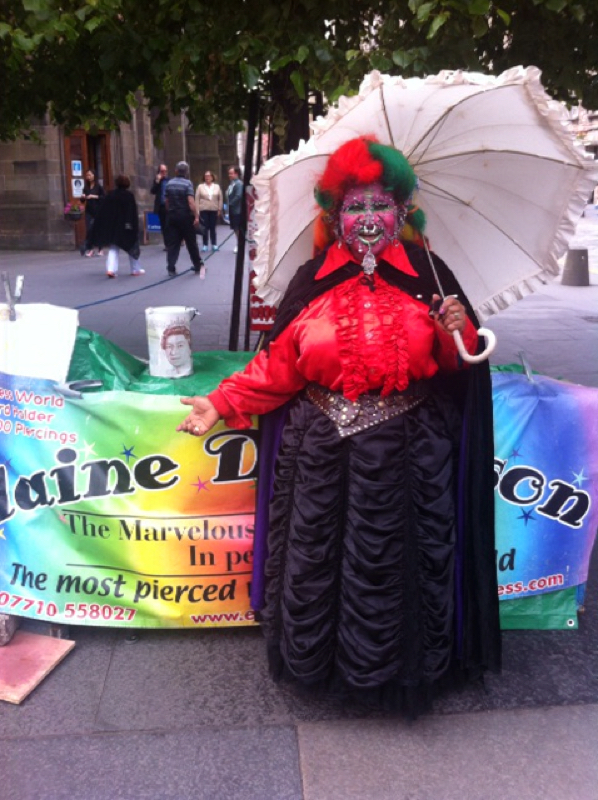
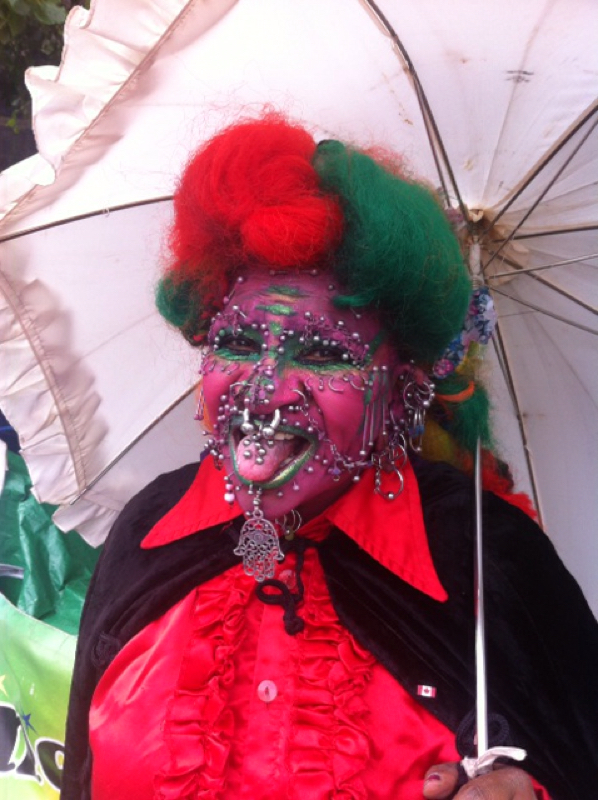
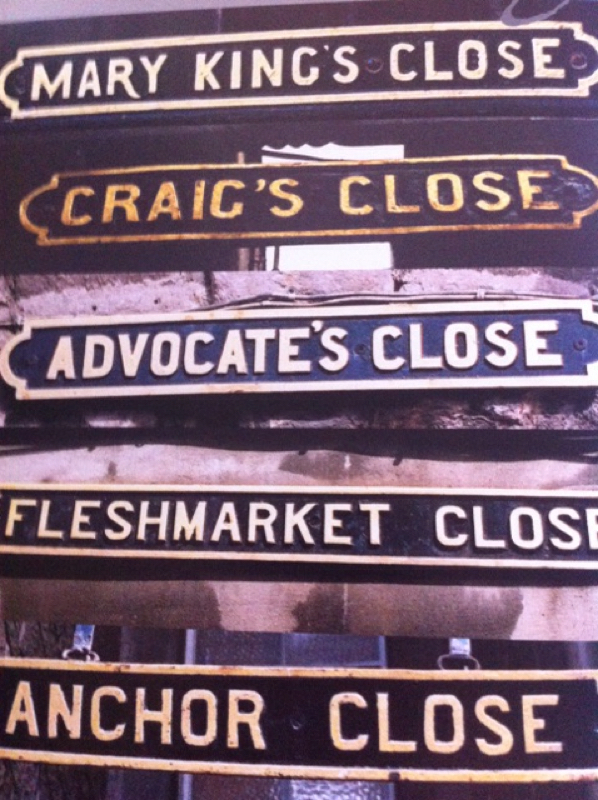
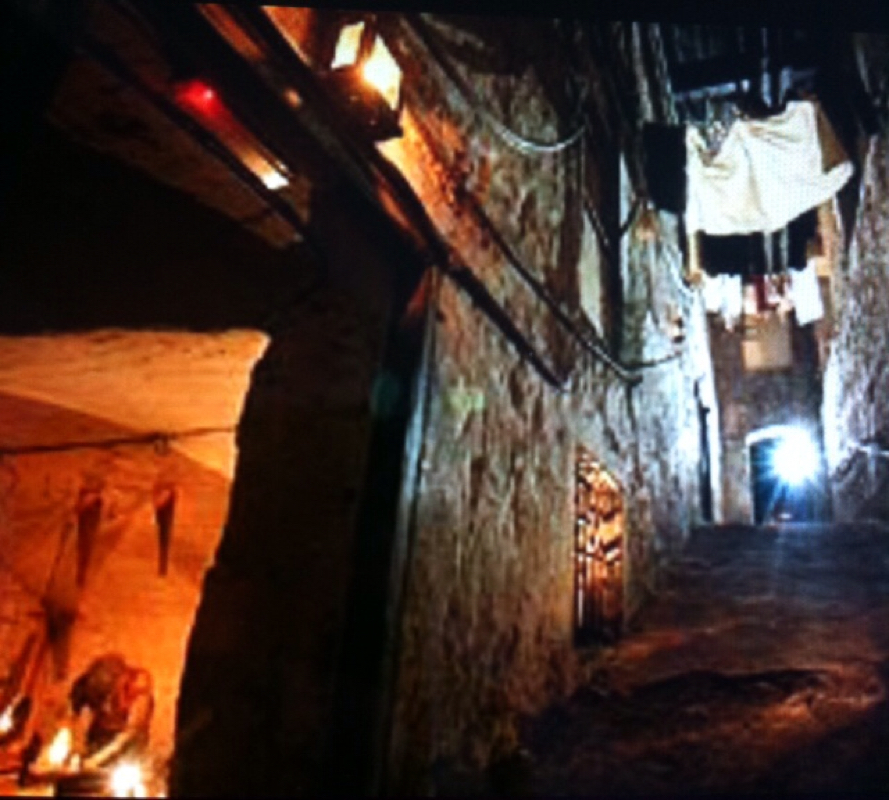
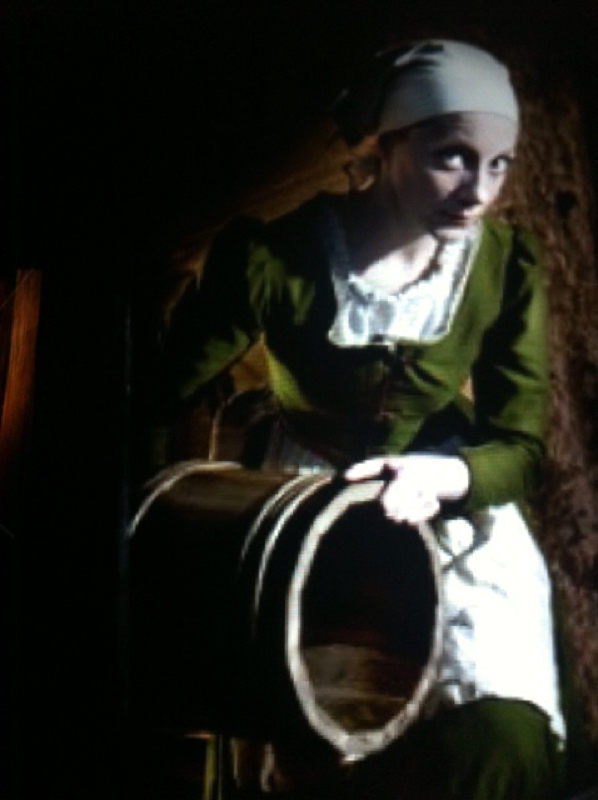
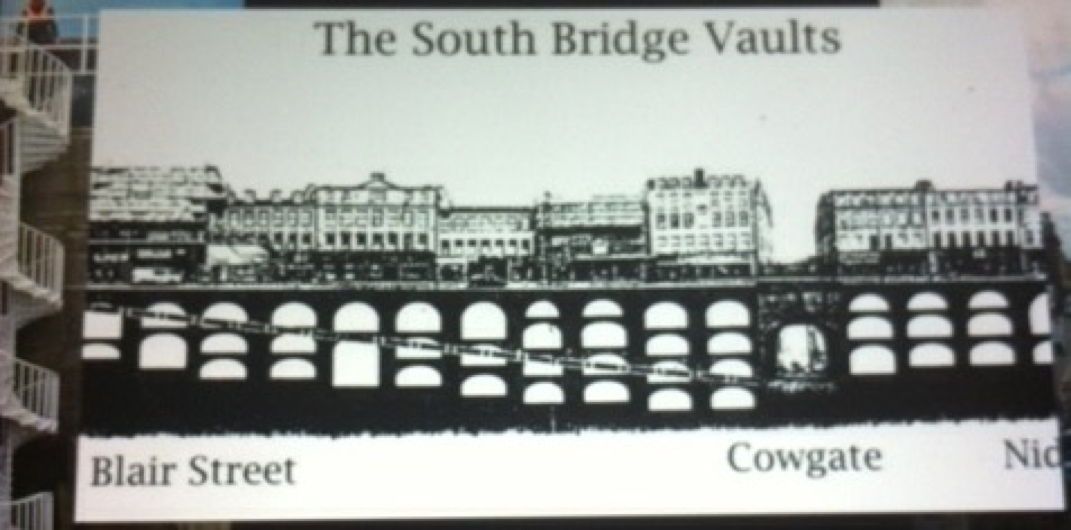
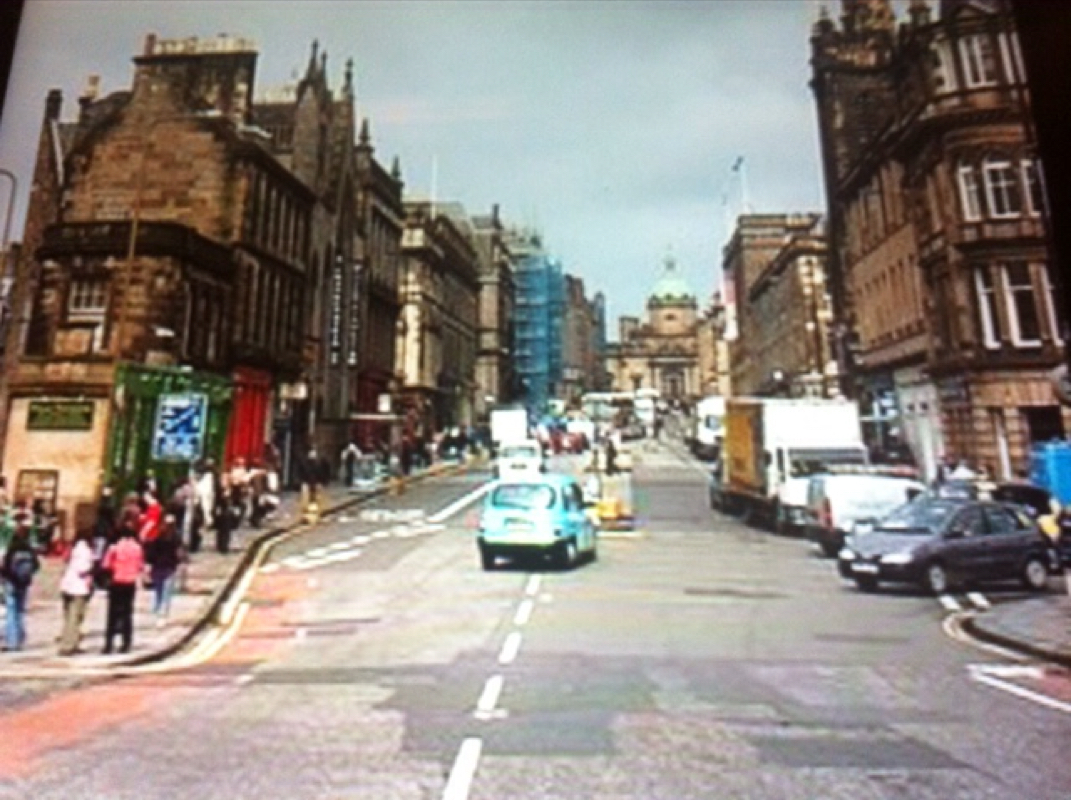
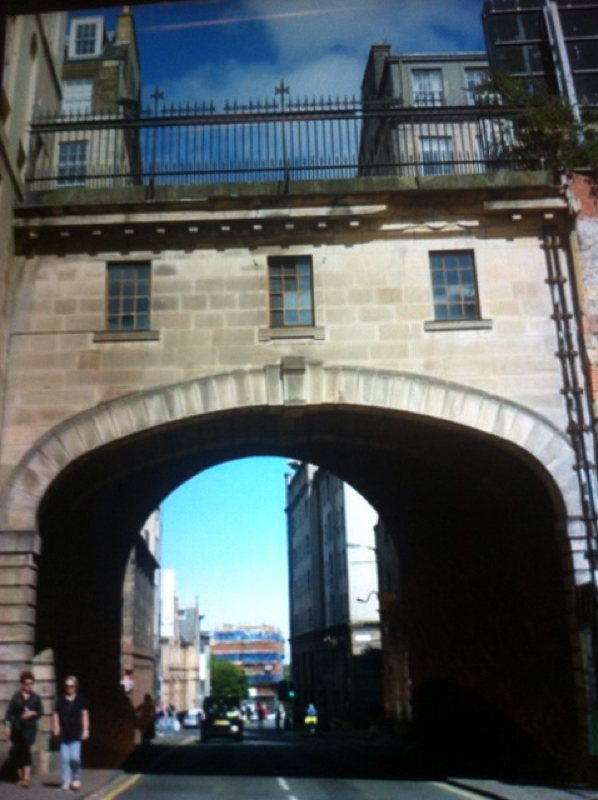
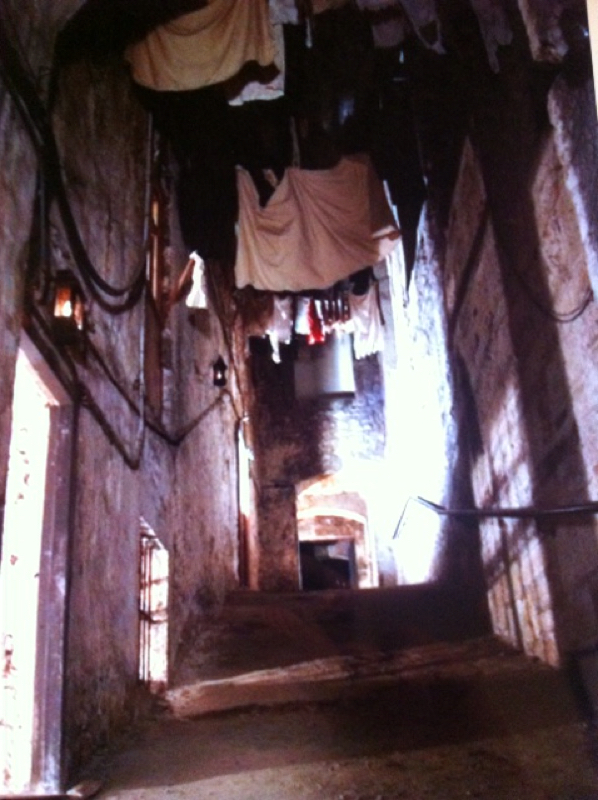
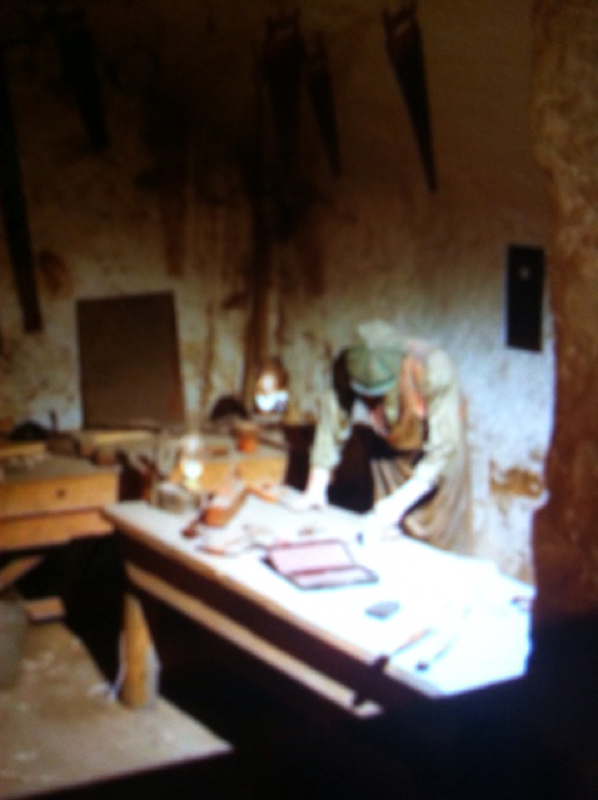
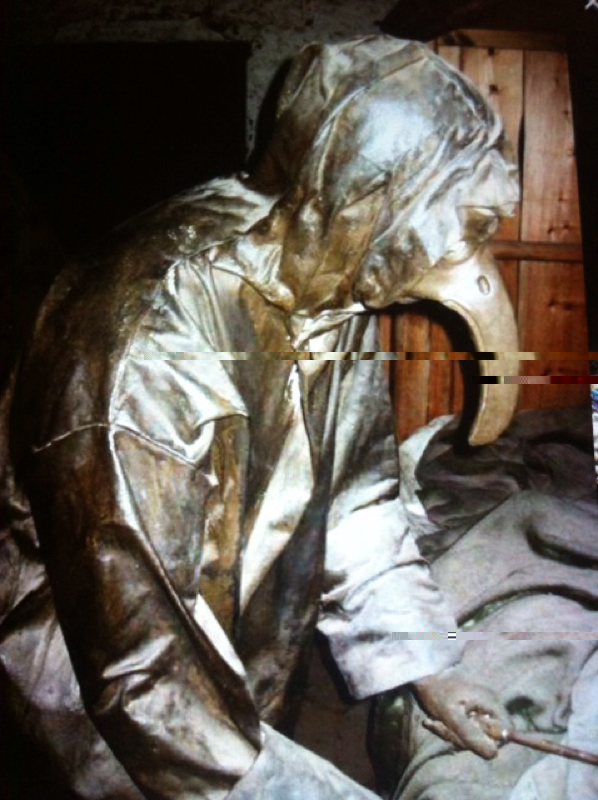
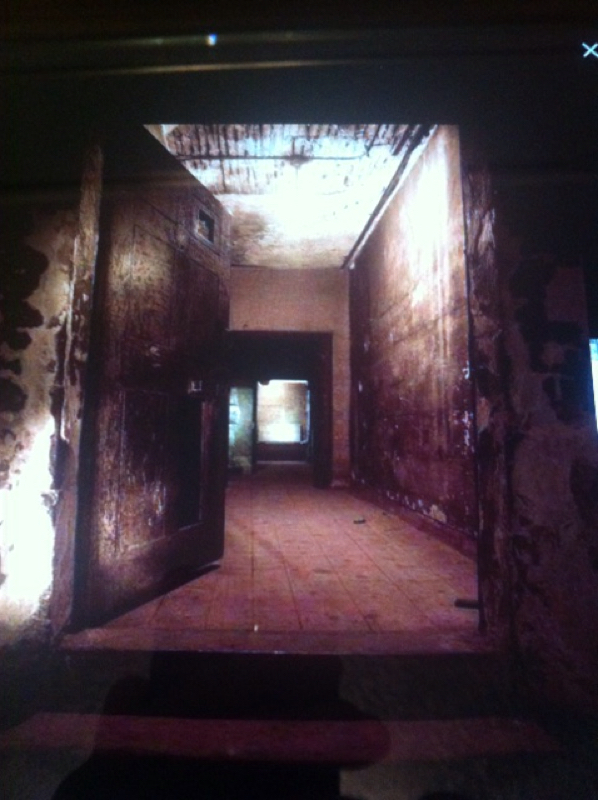
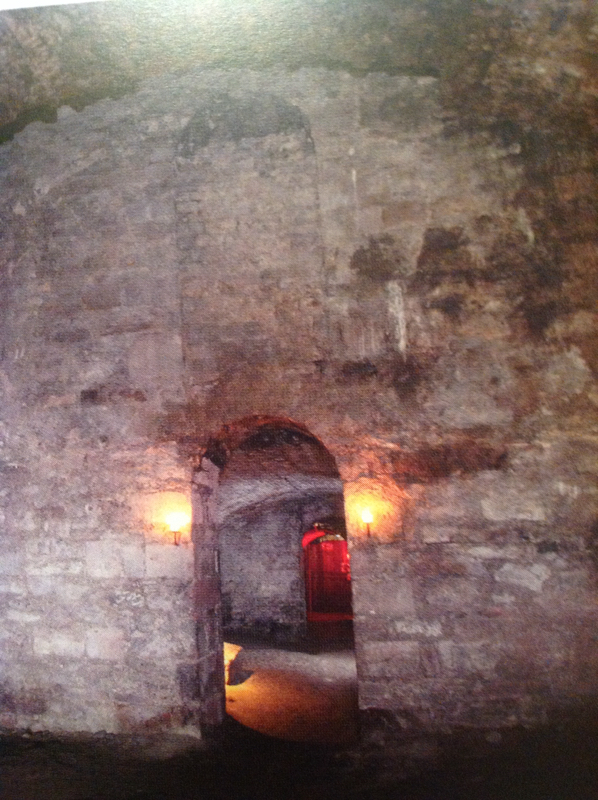
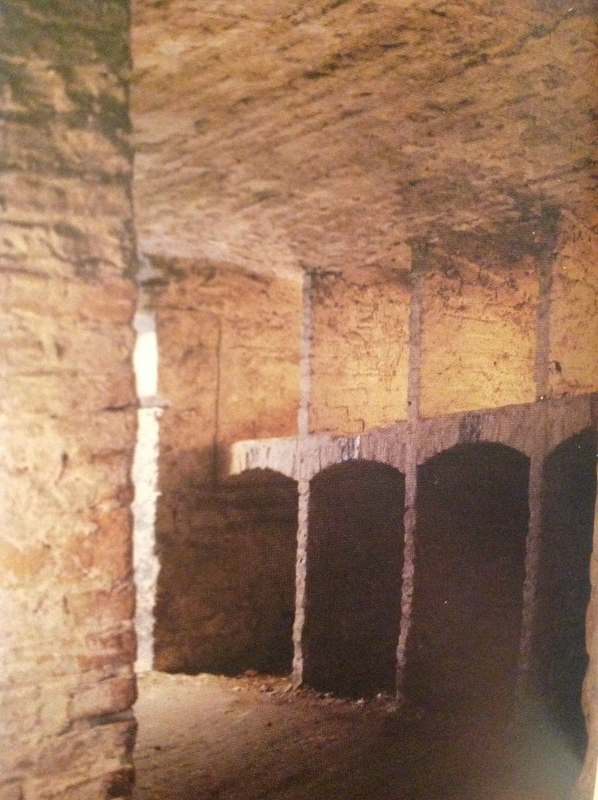
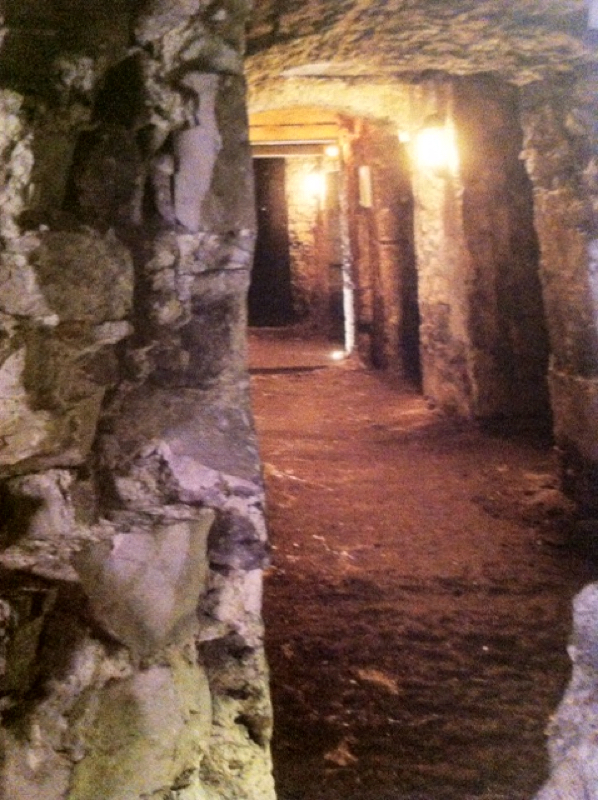
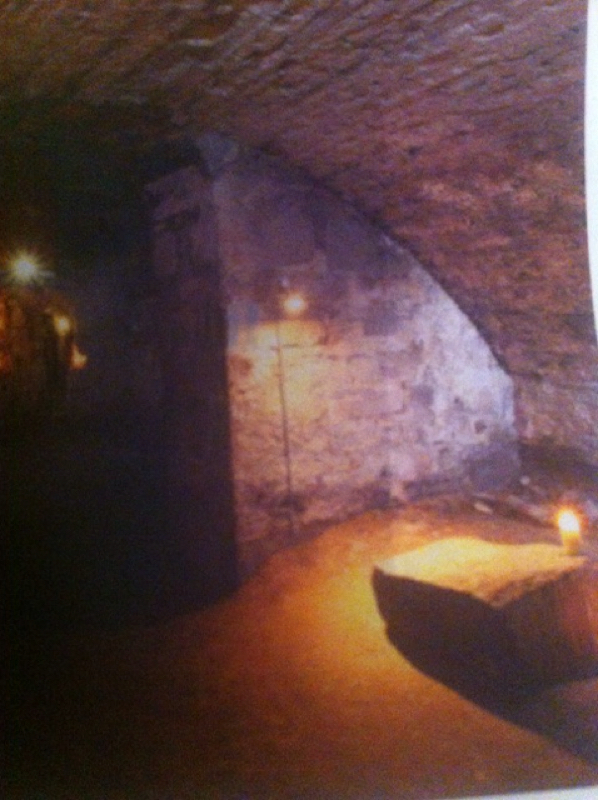
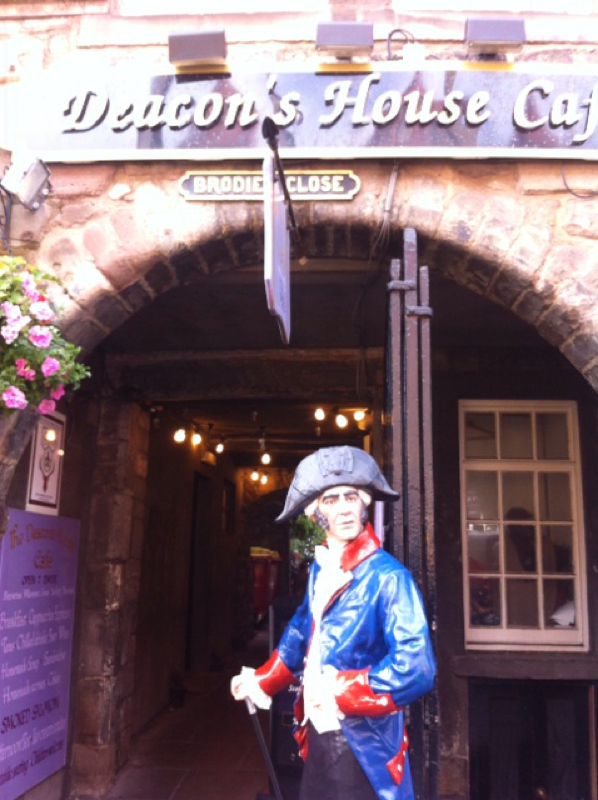
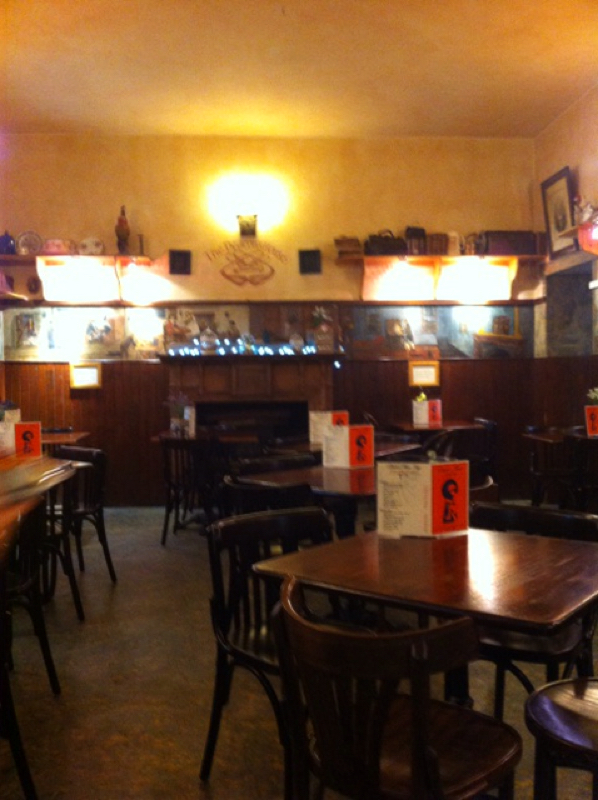
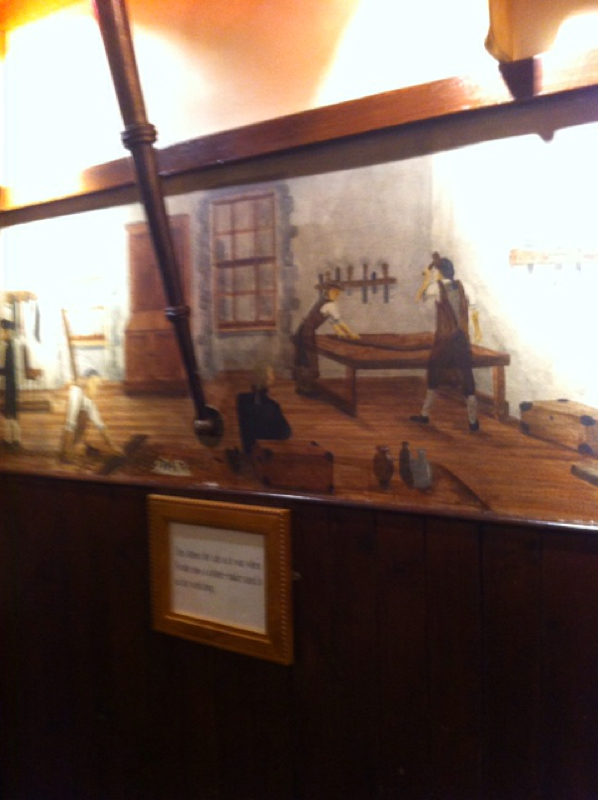
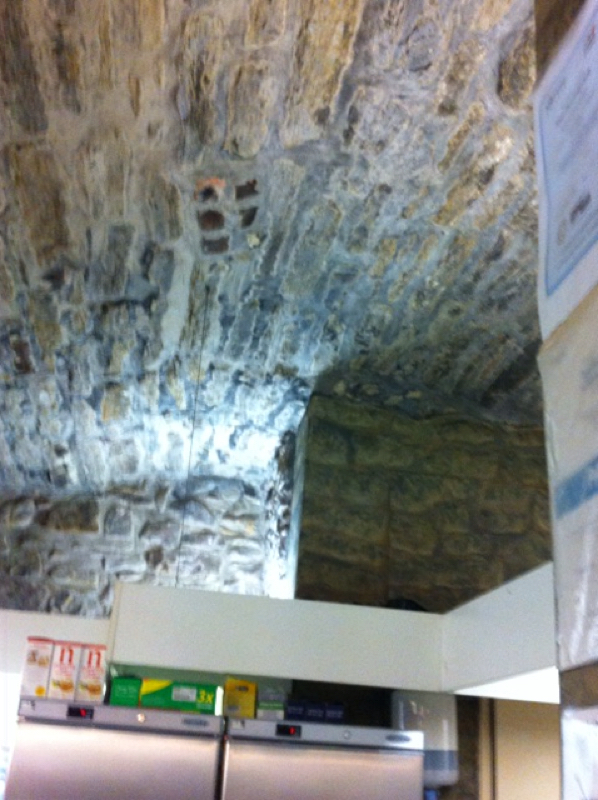
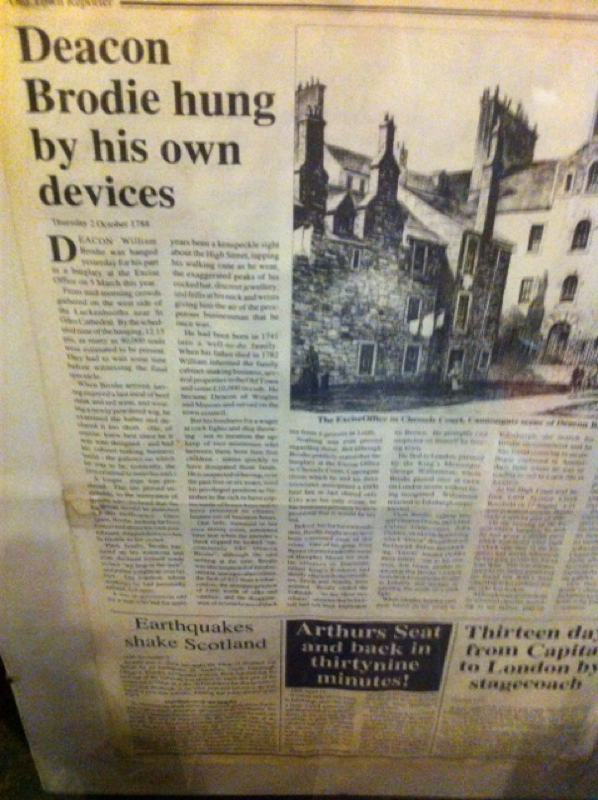
 RSS Feed
RSS Feed
